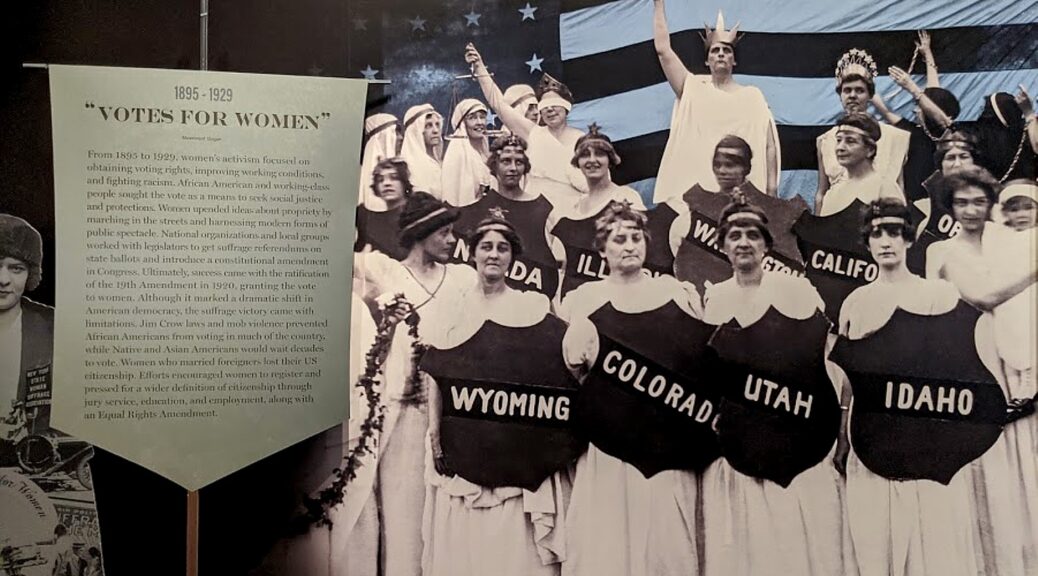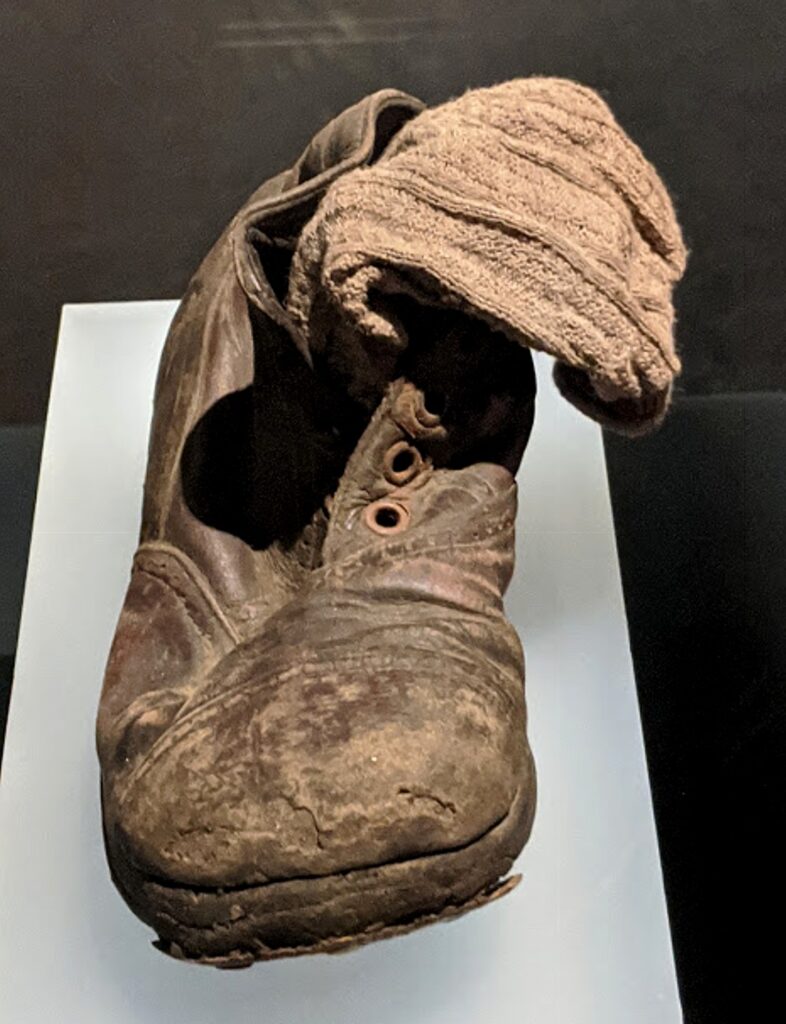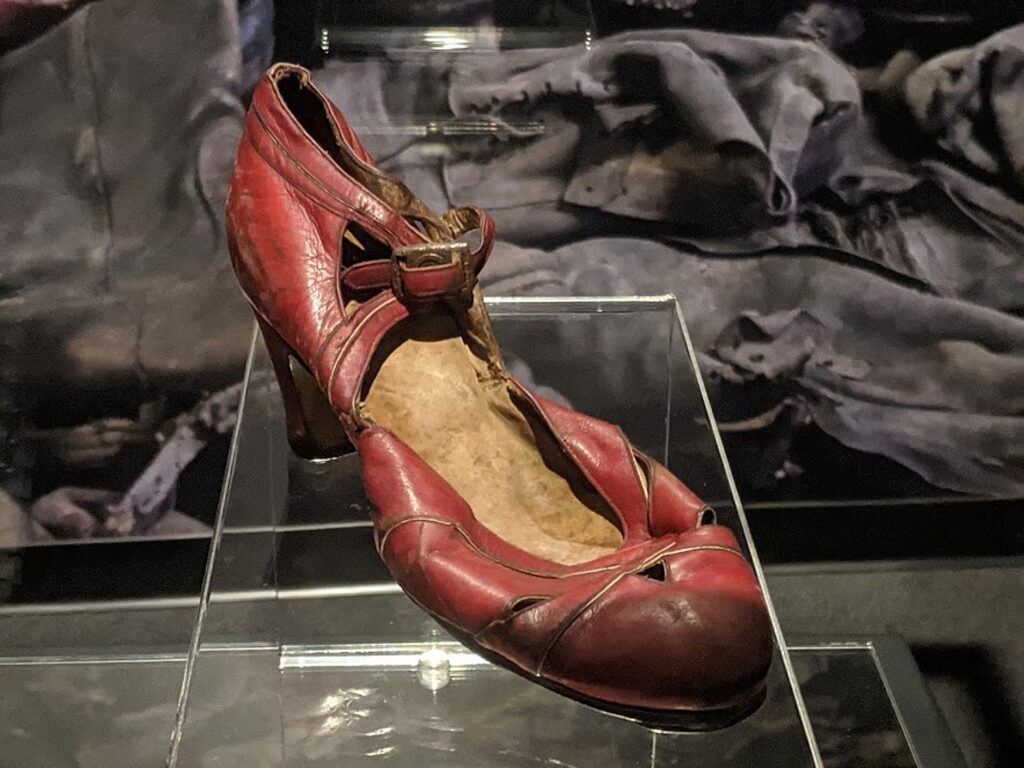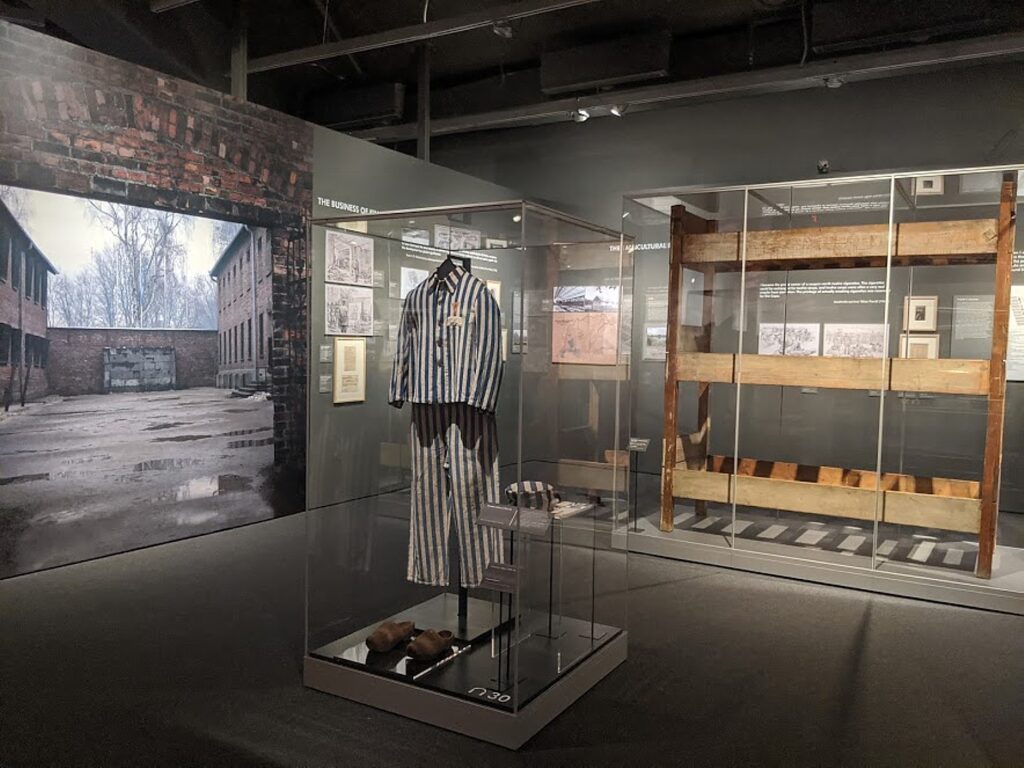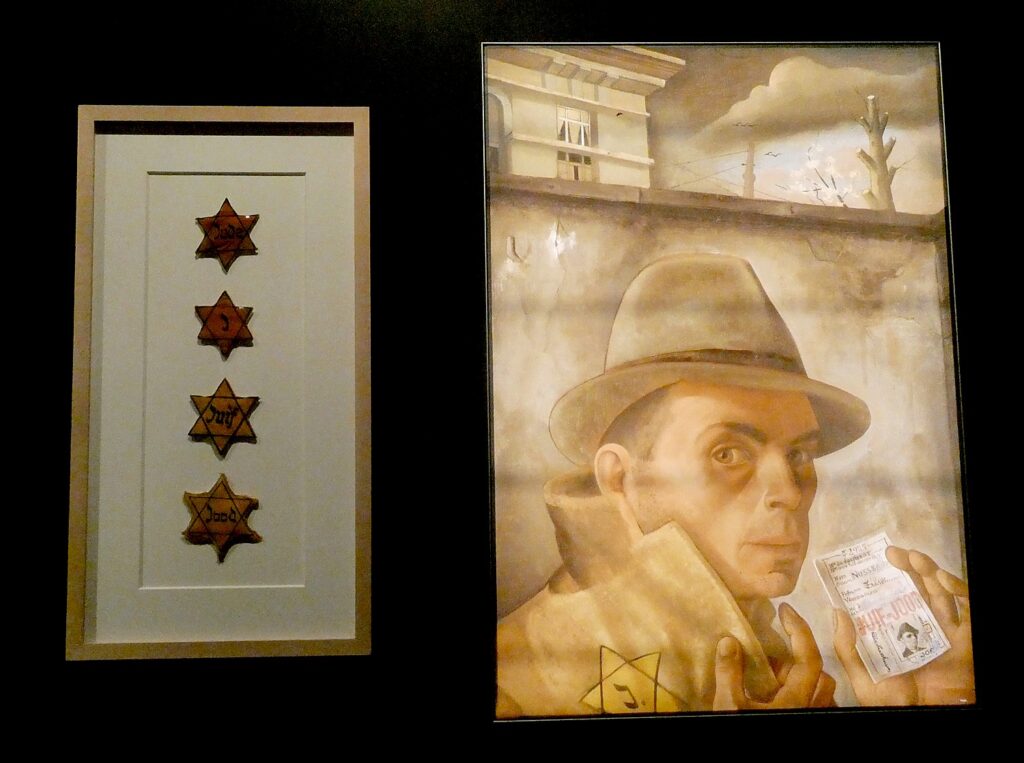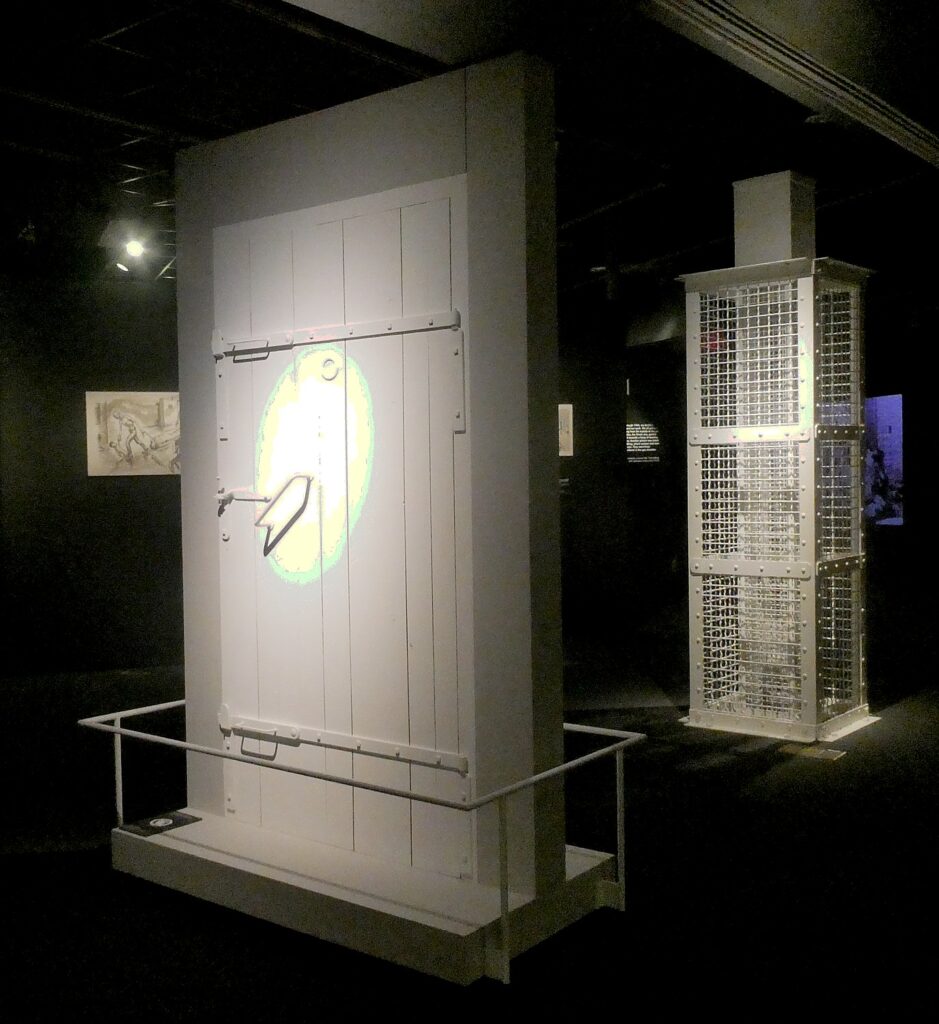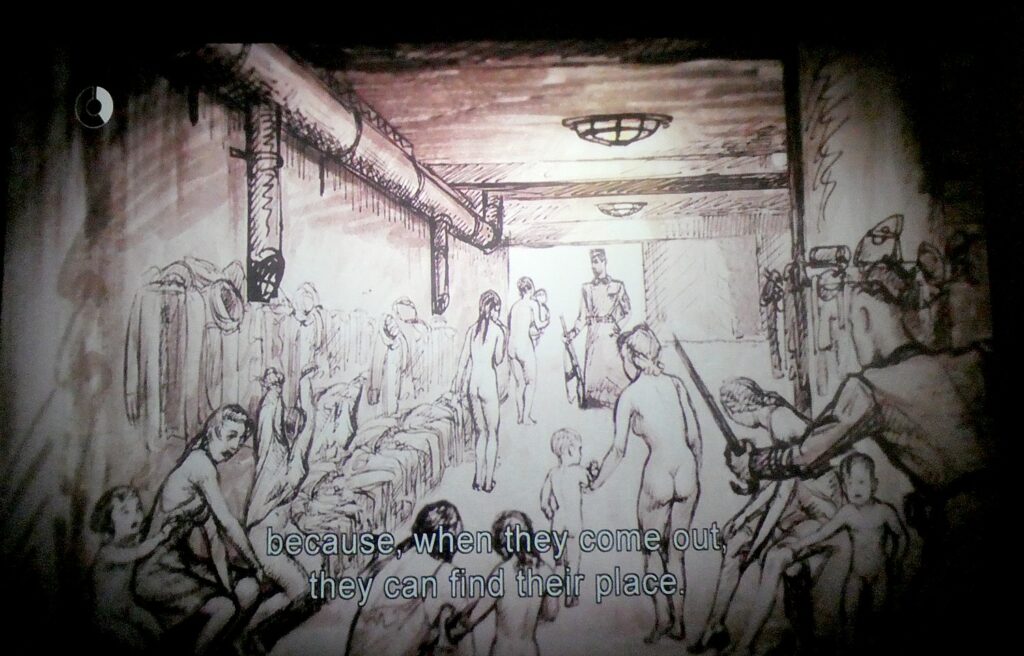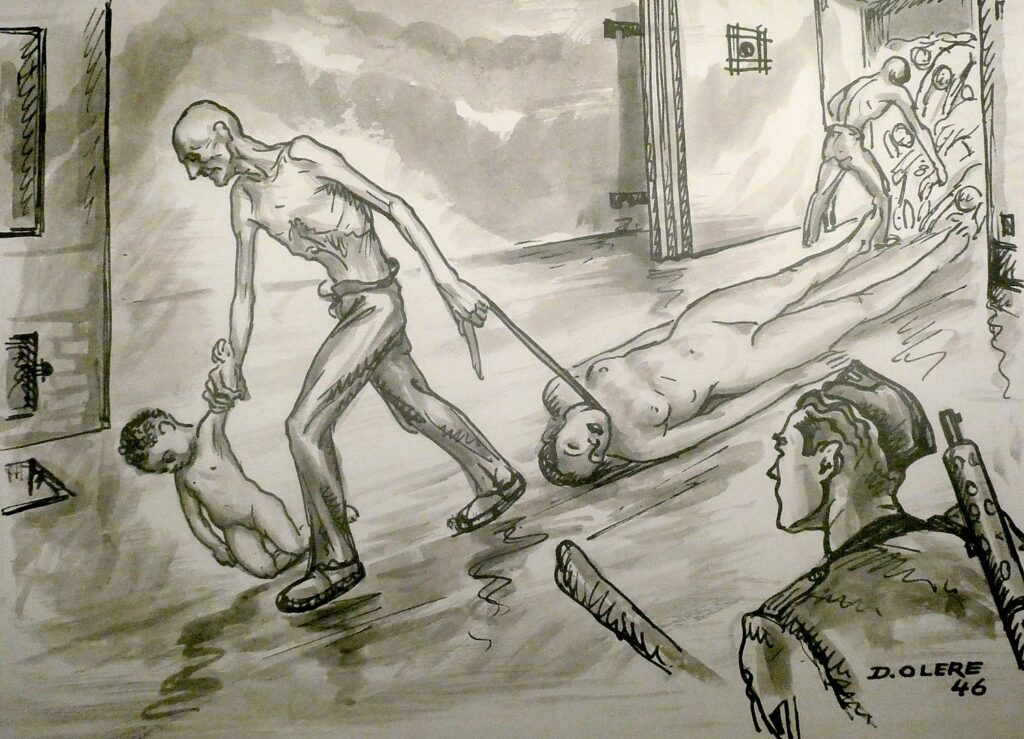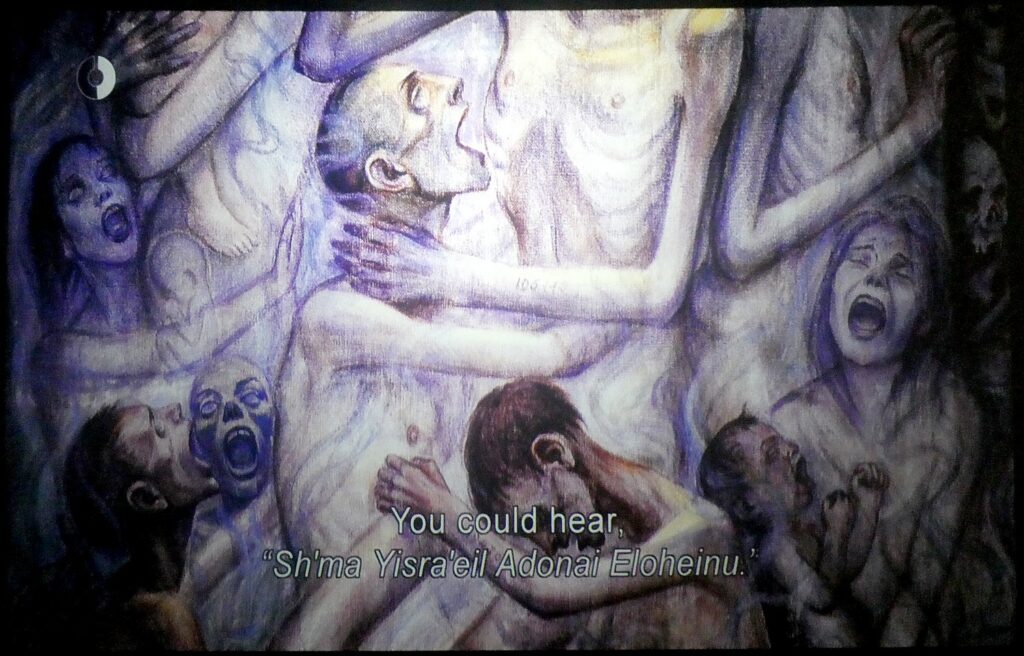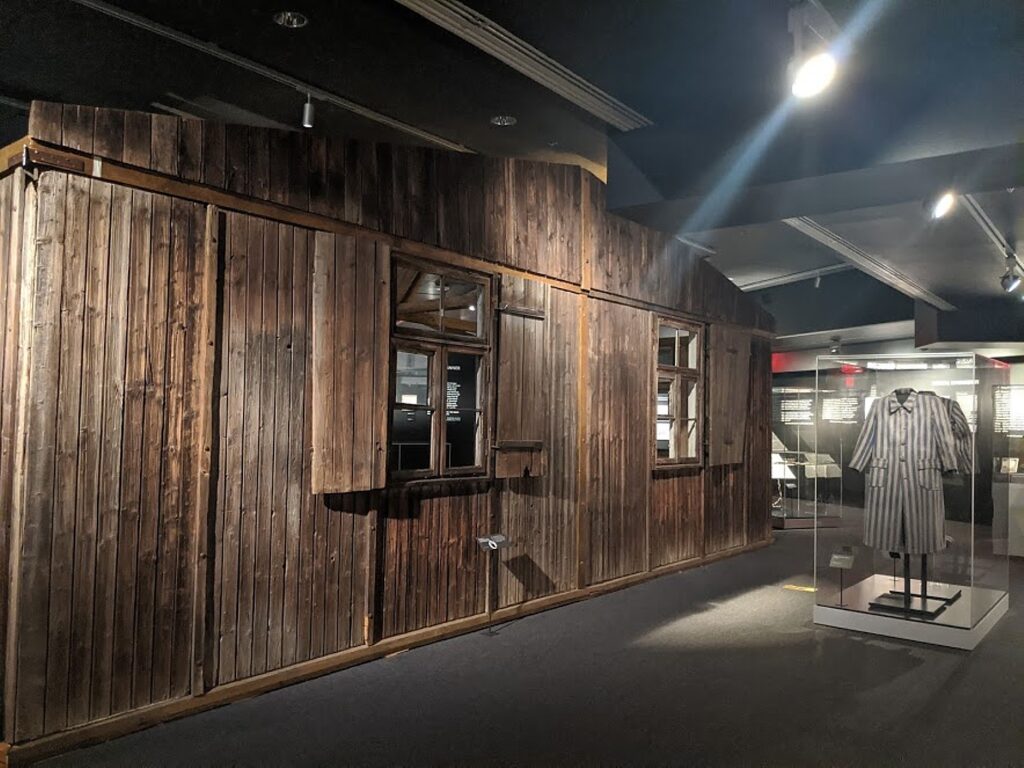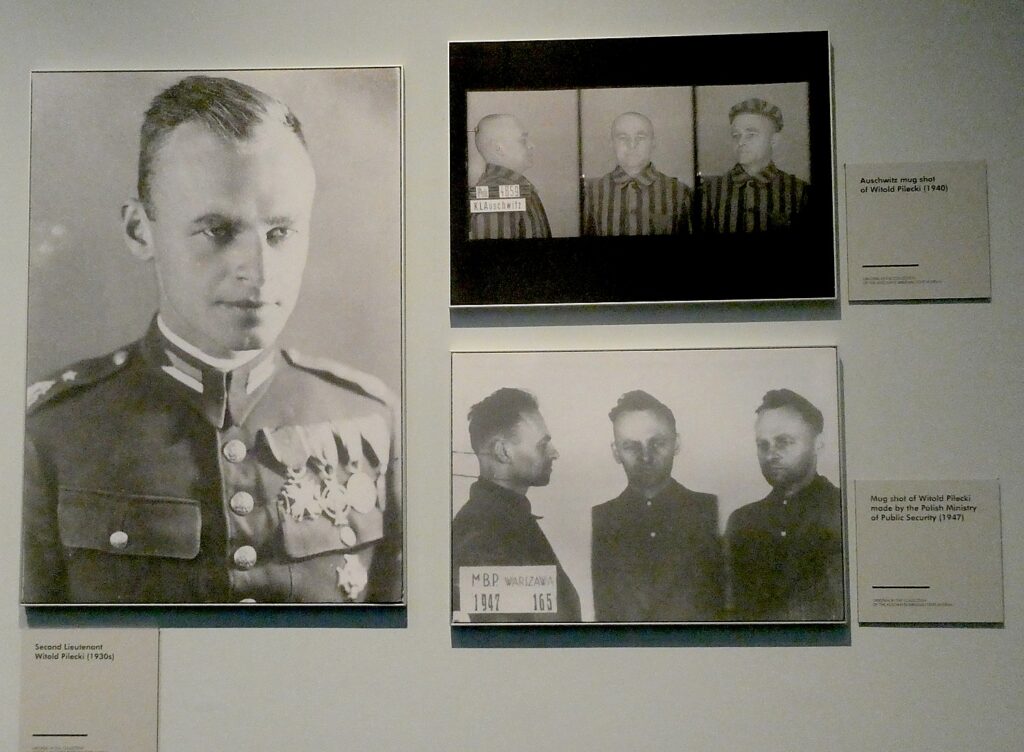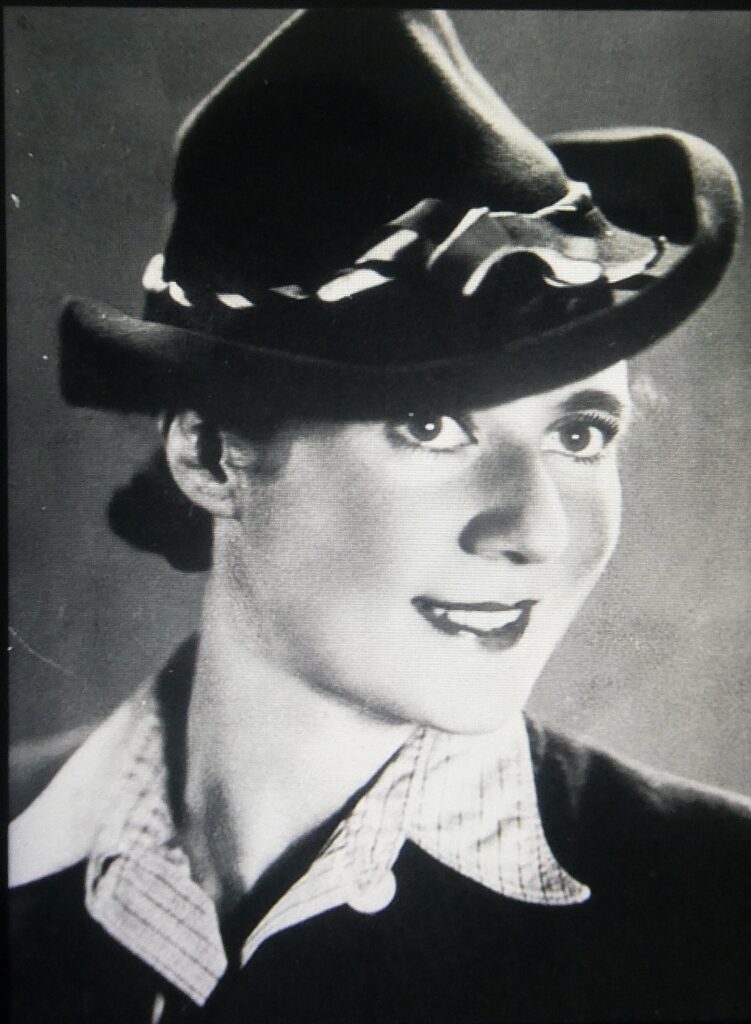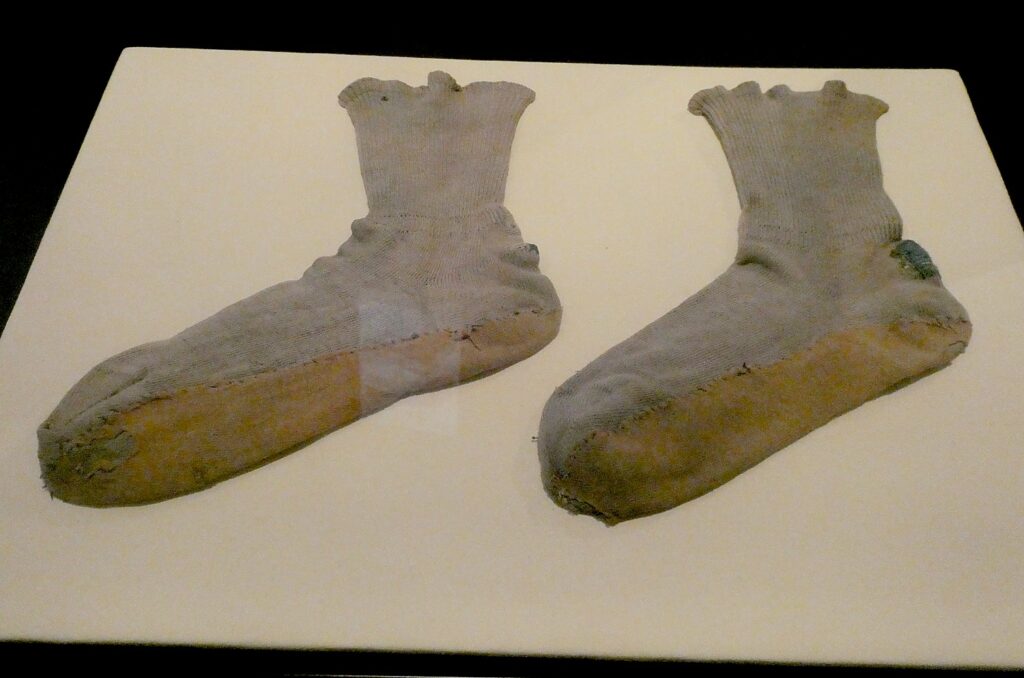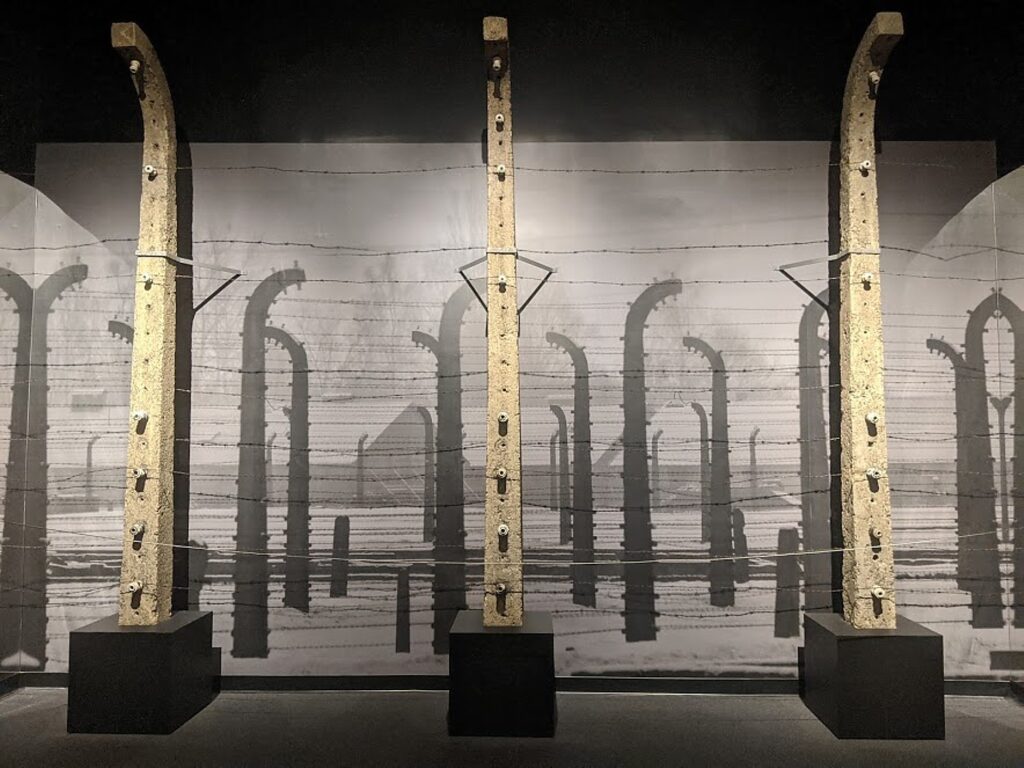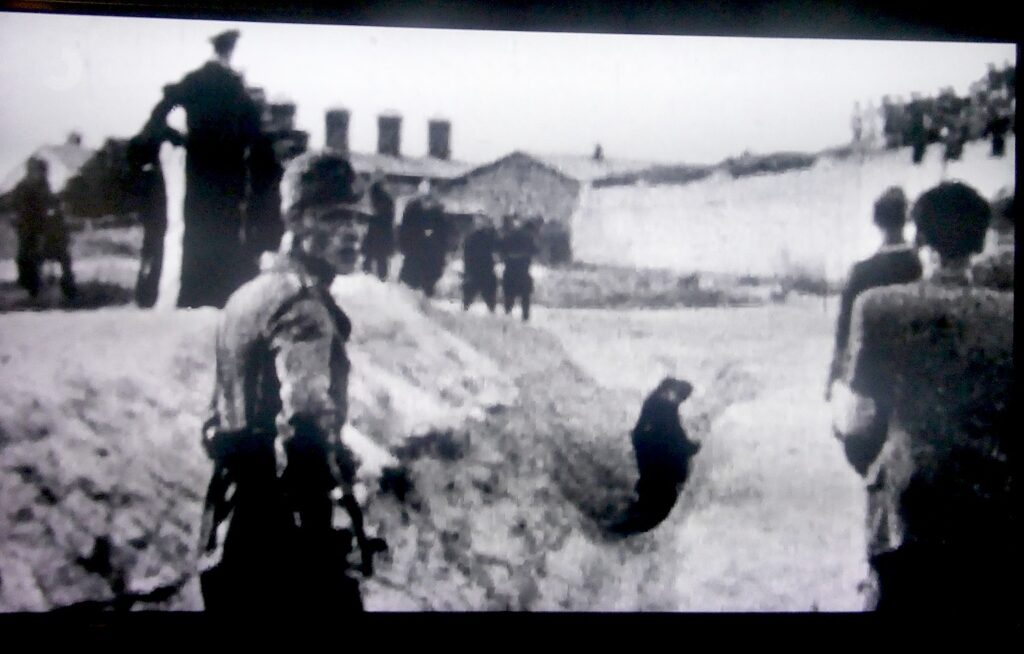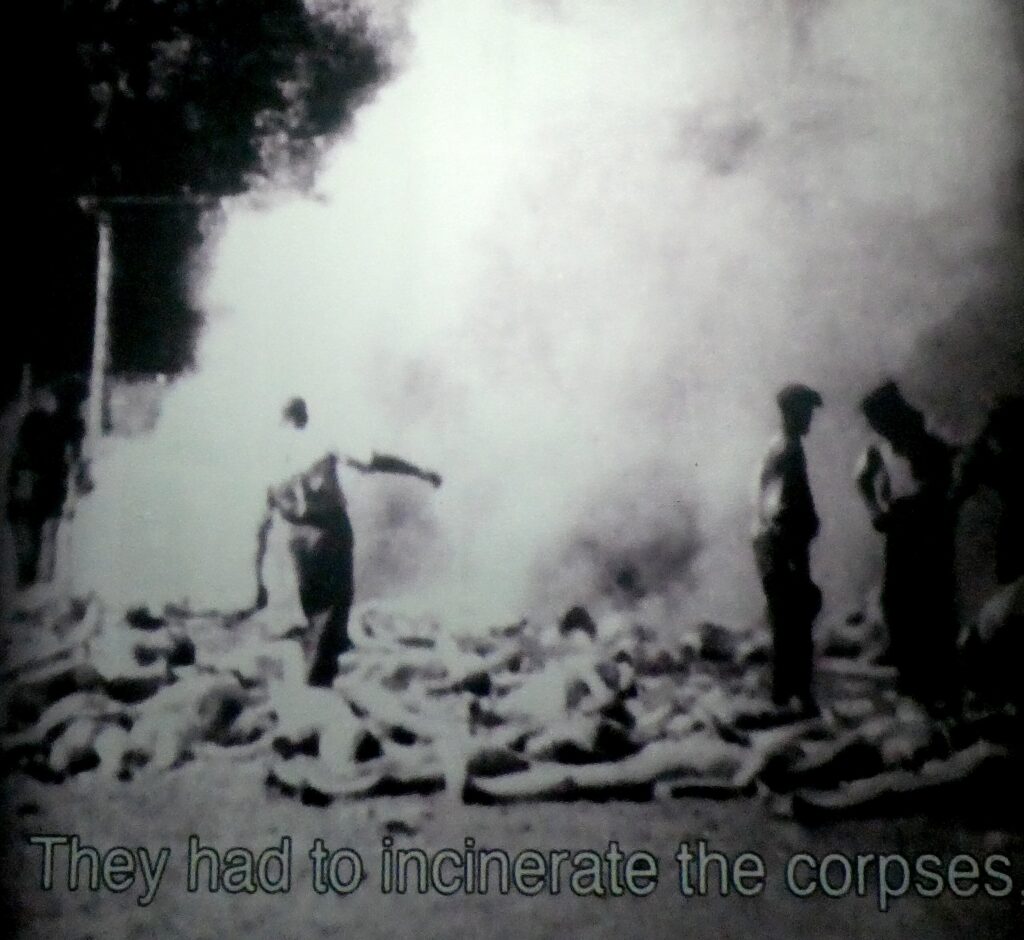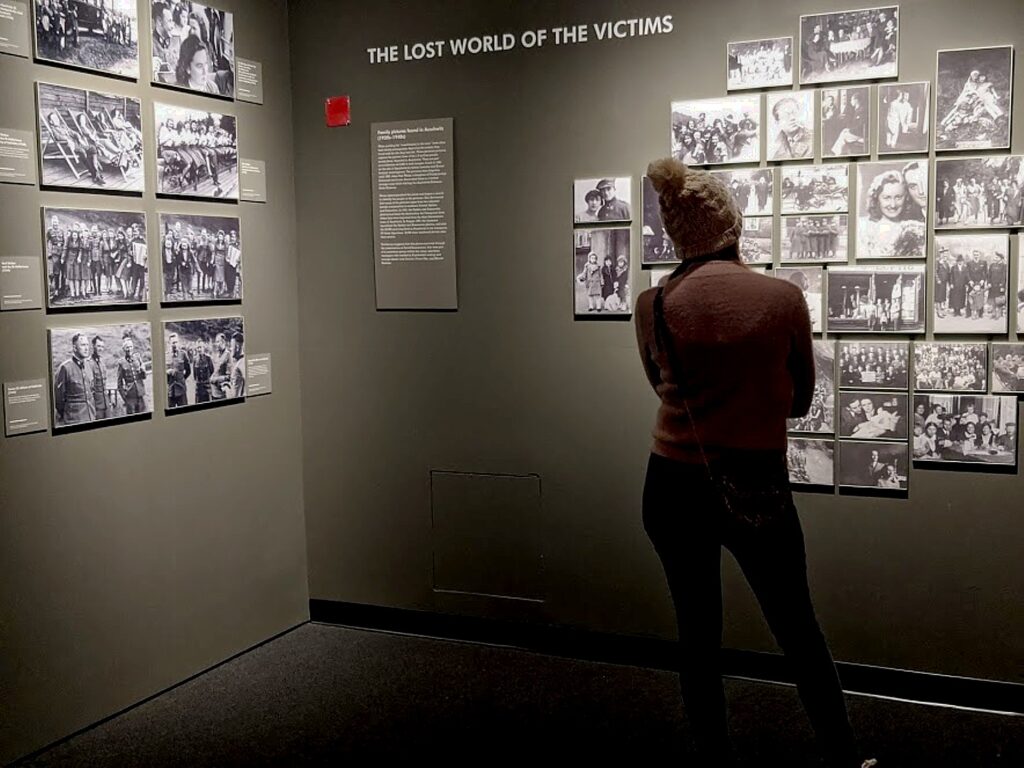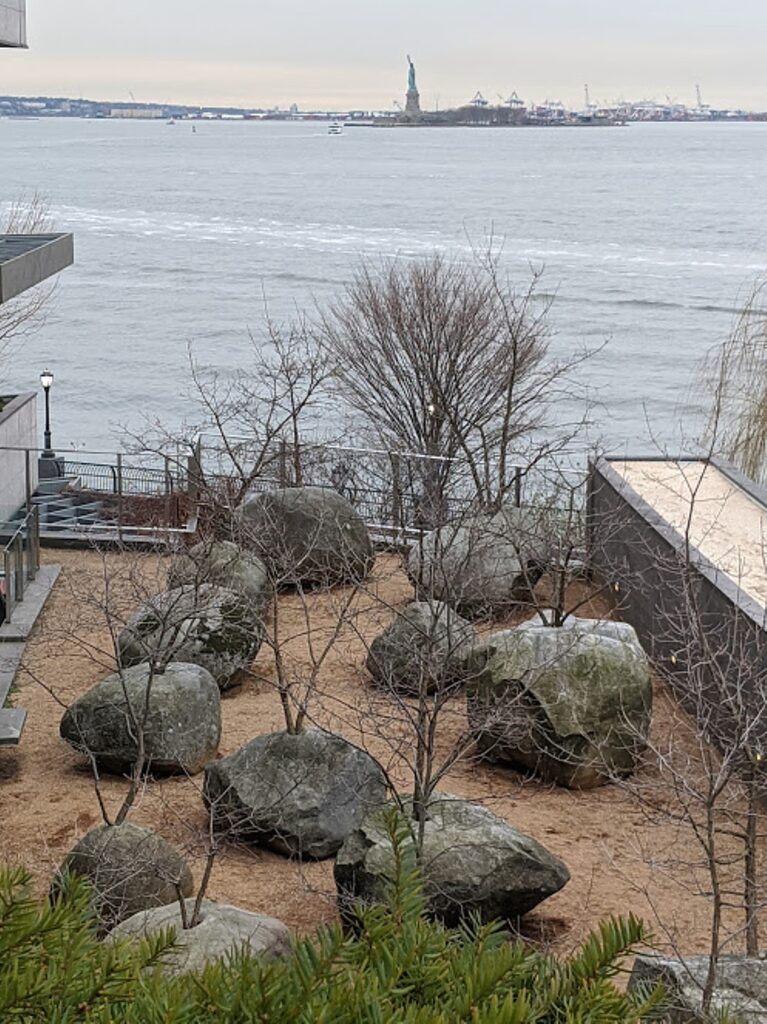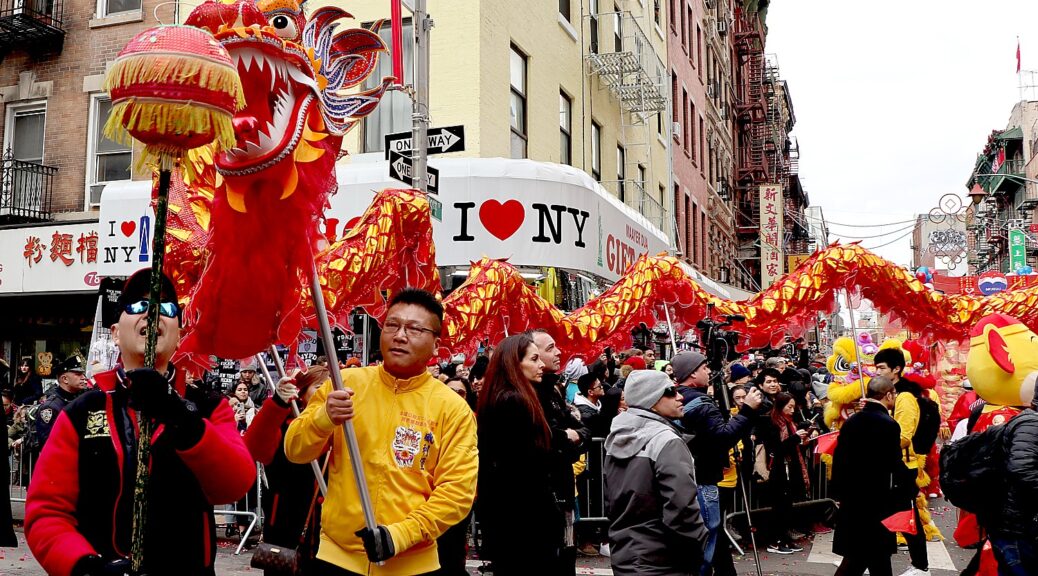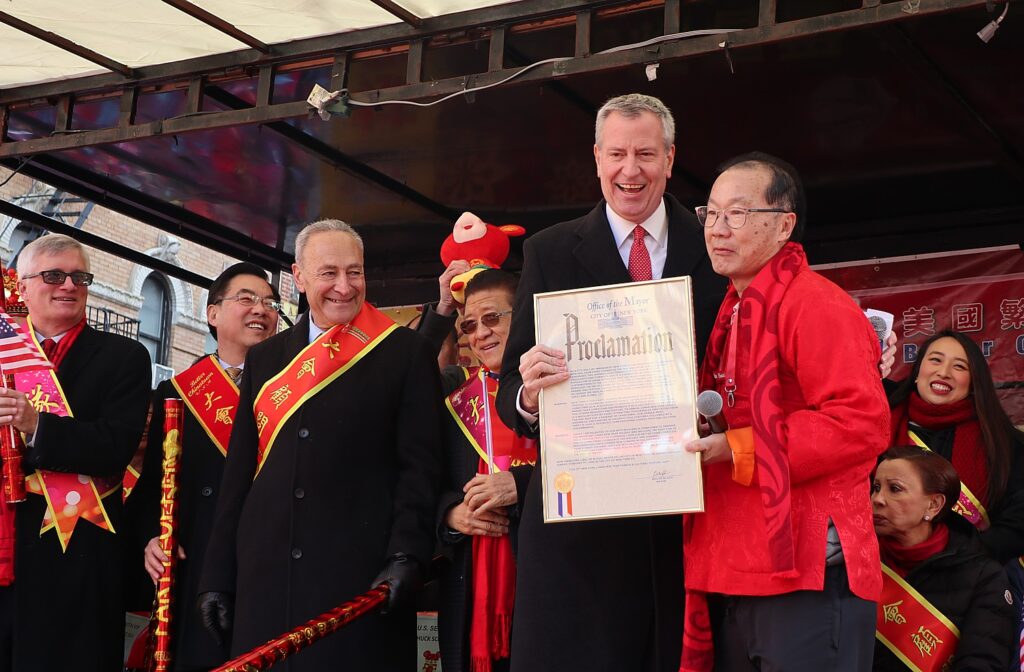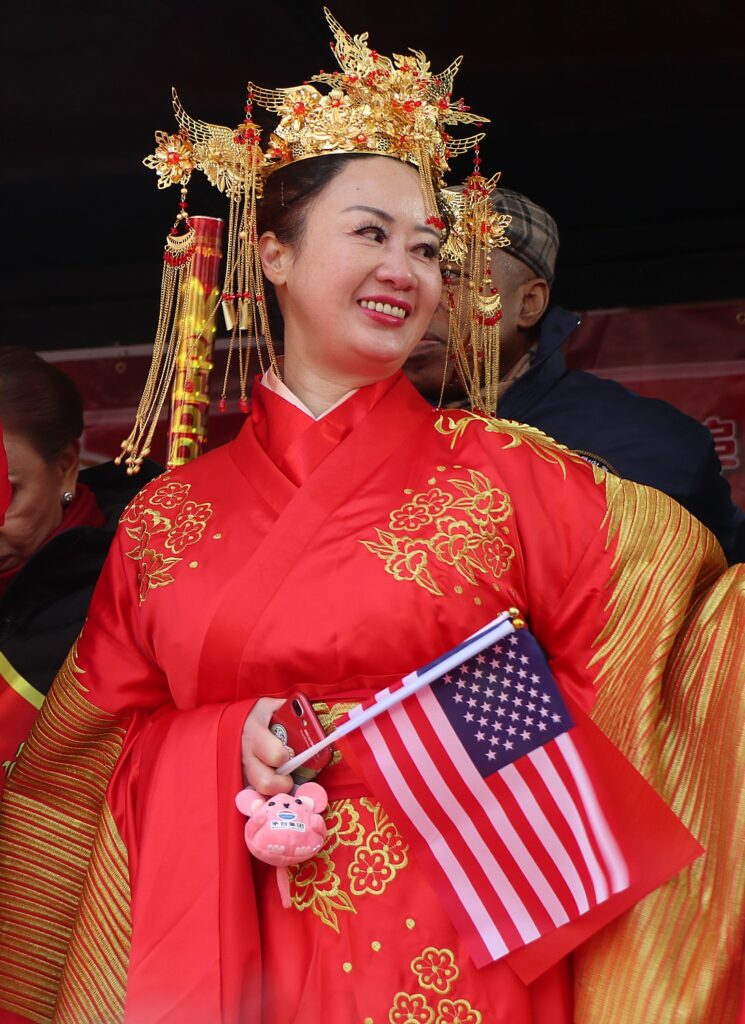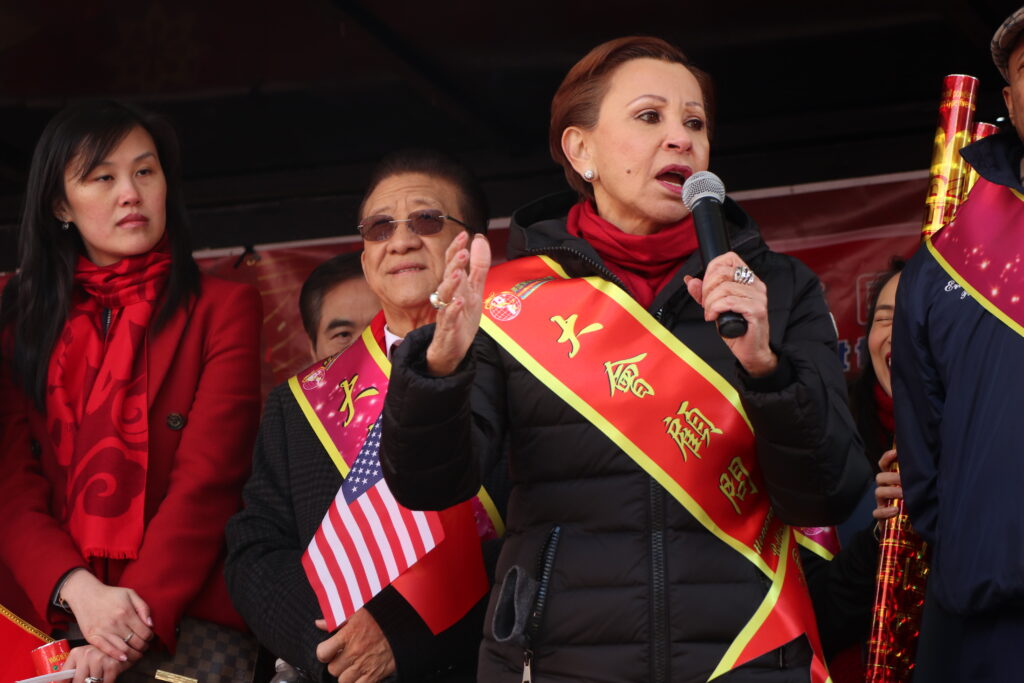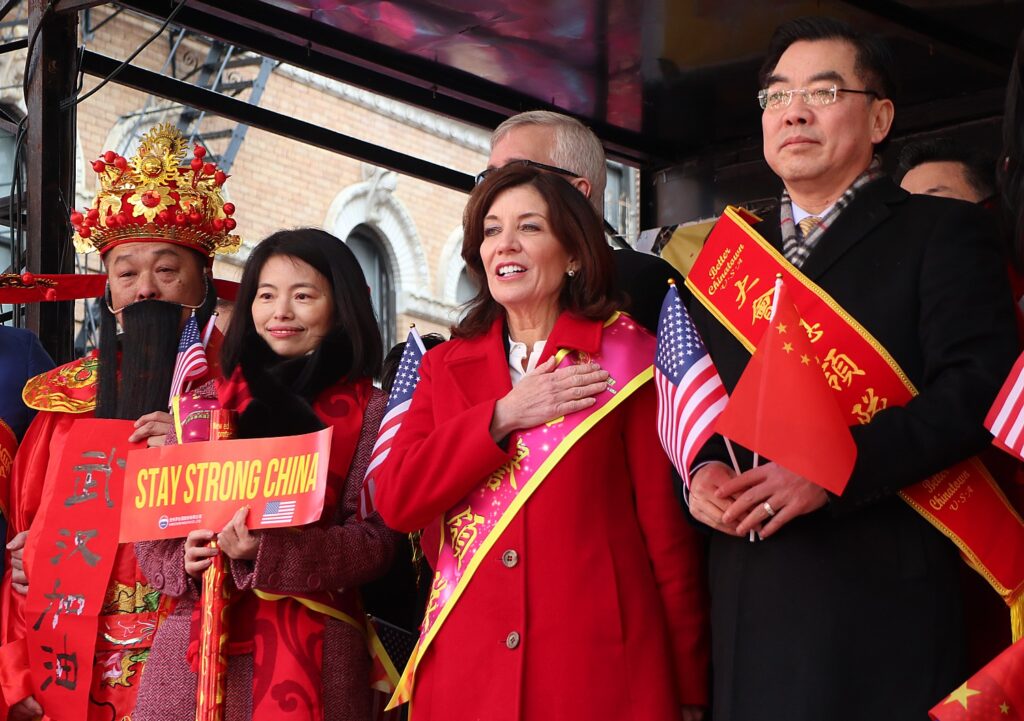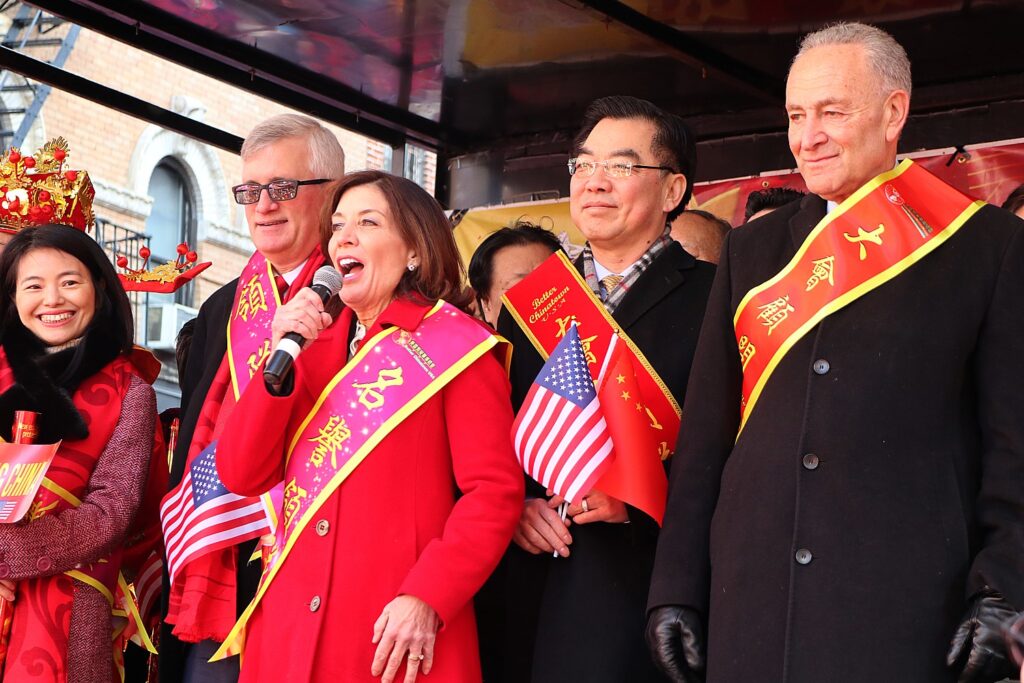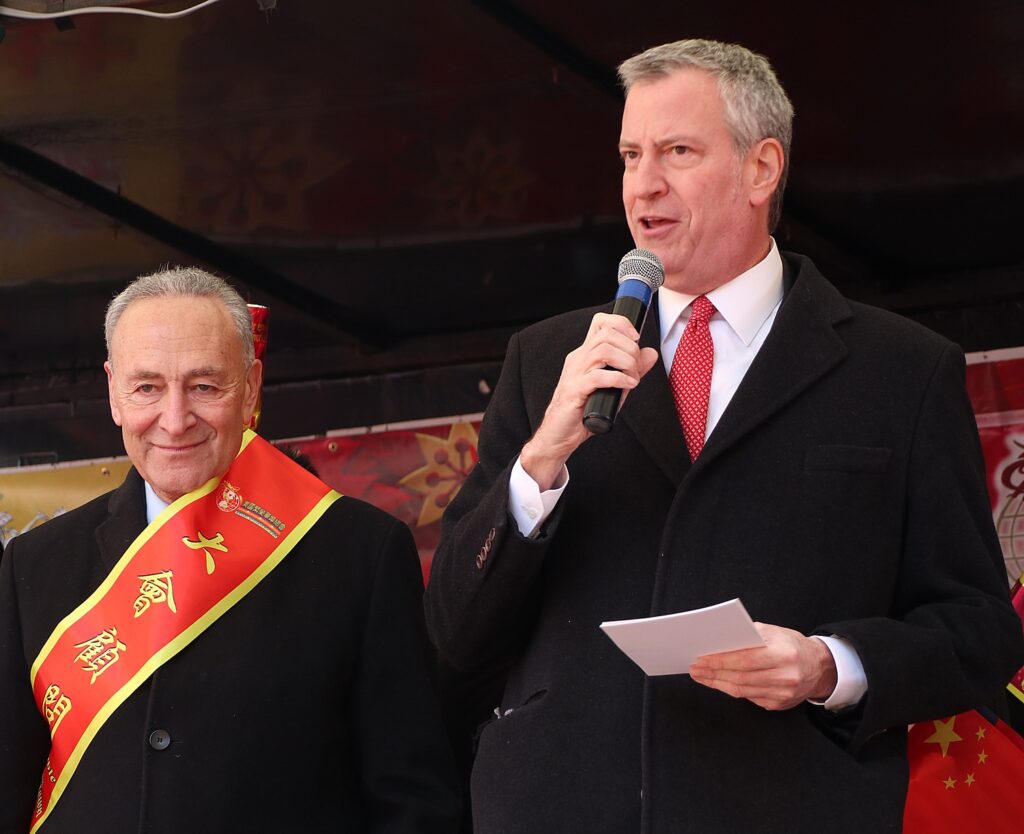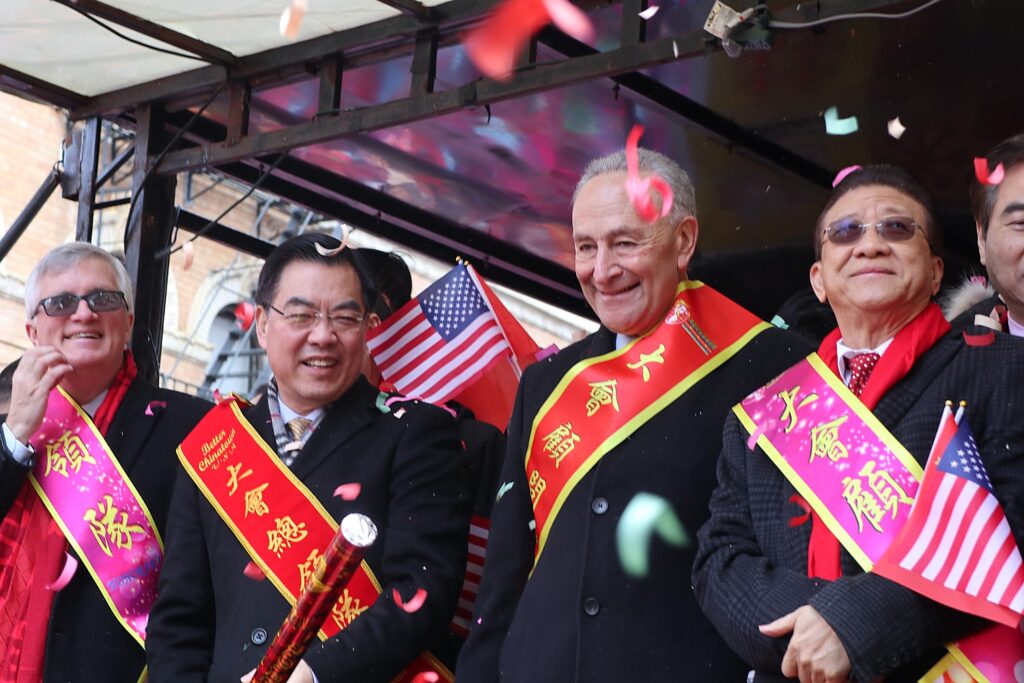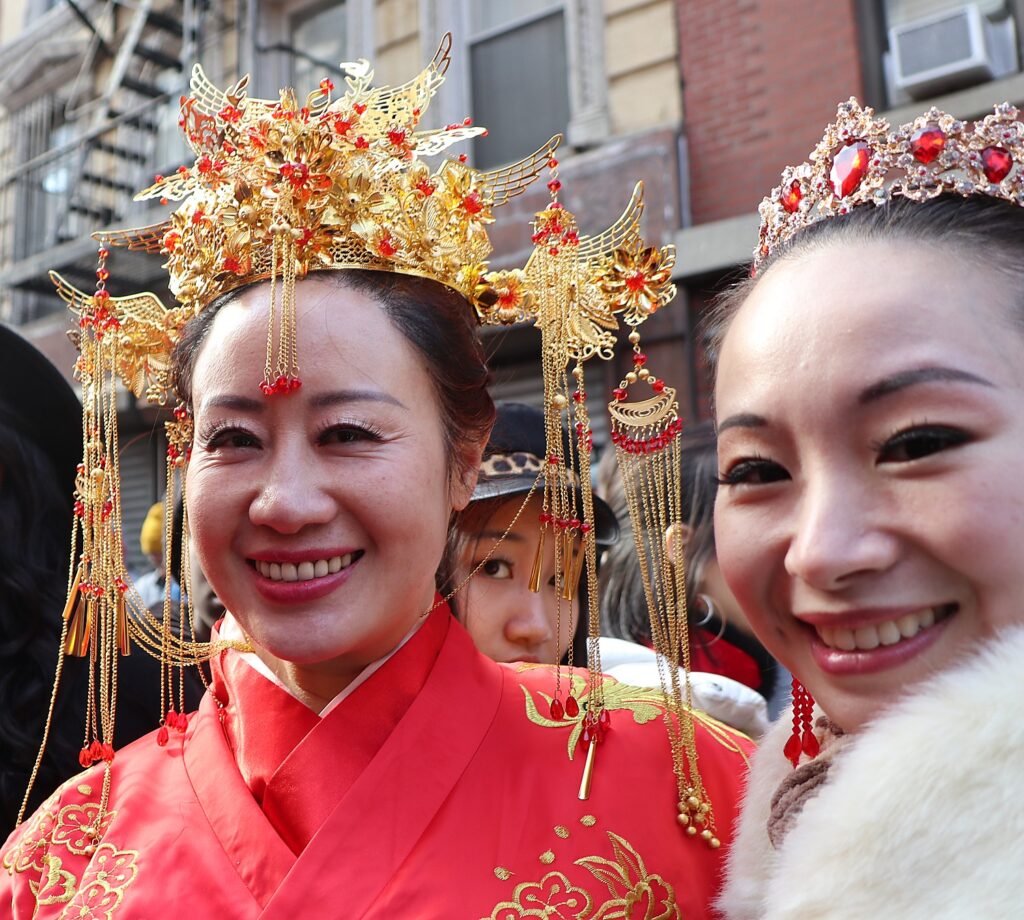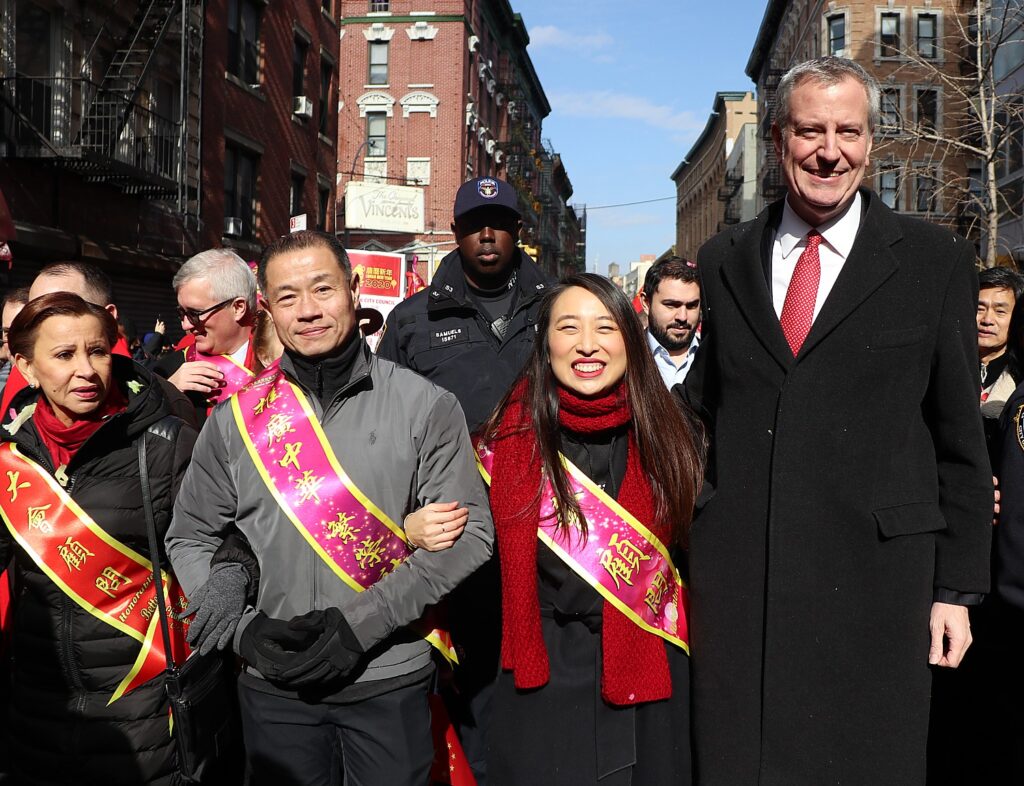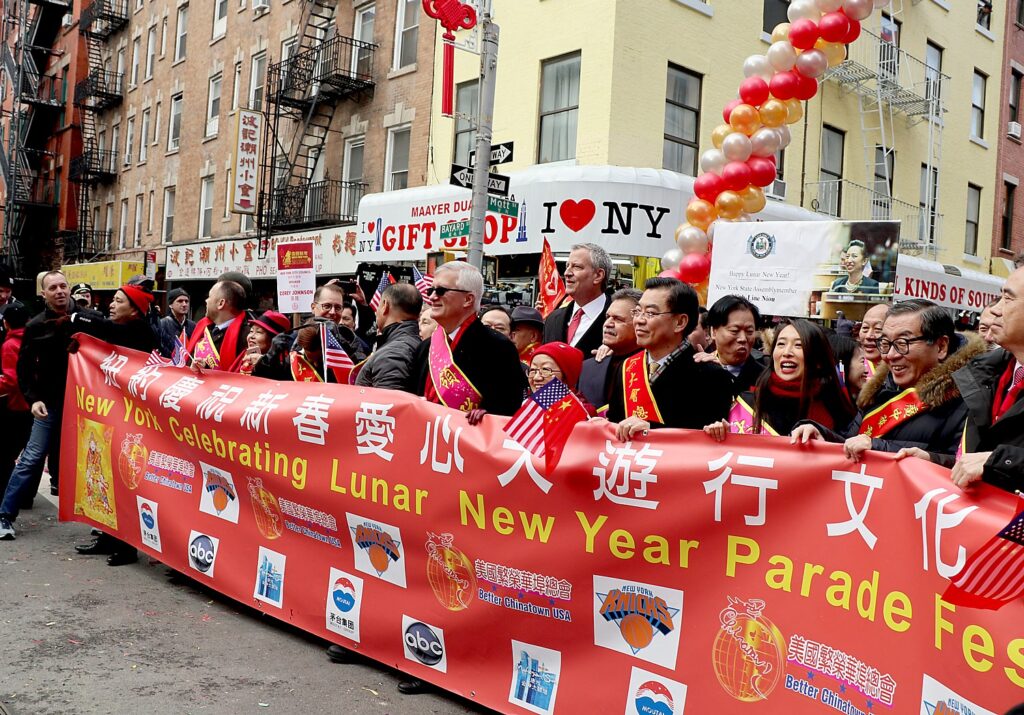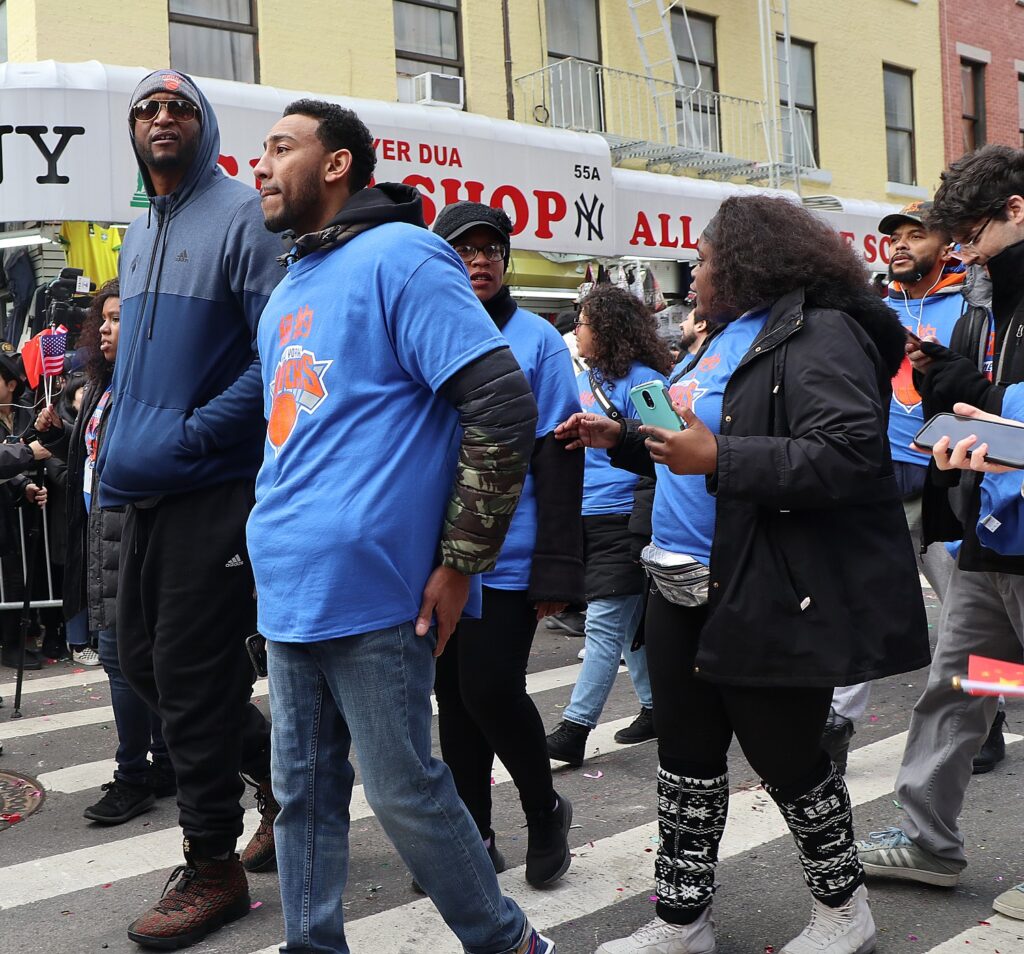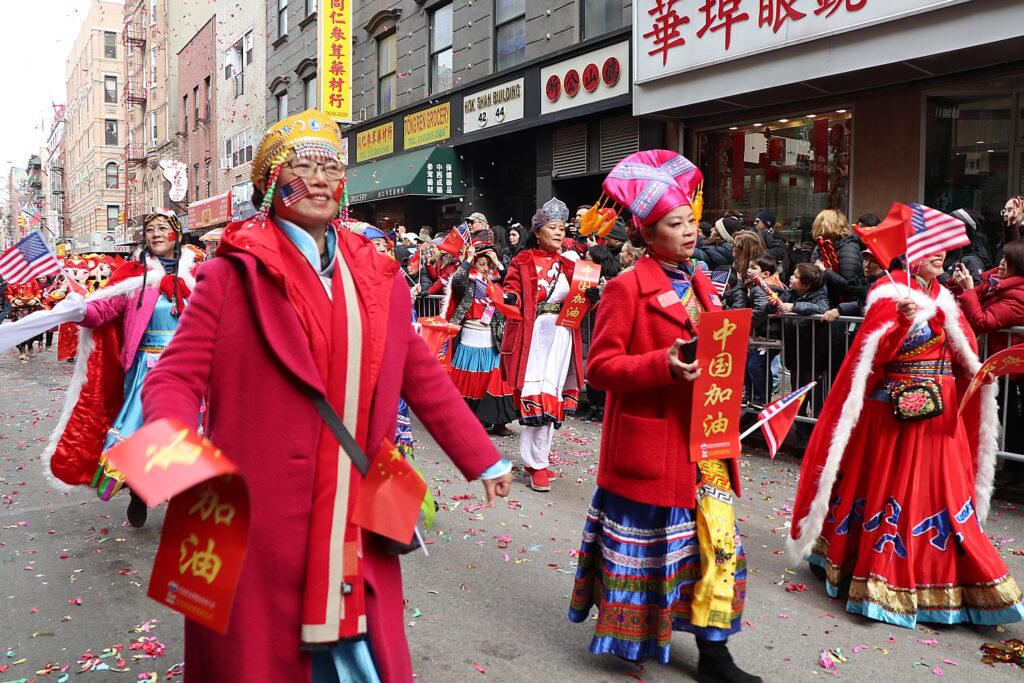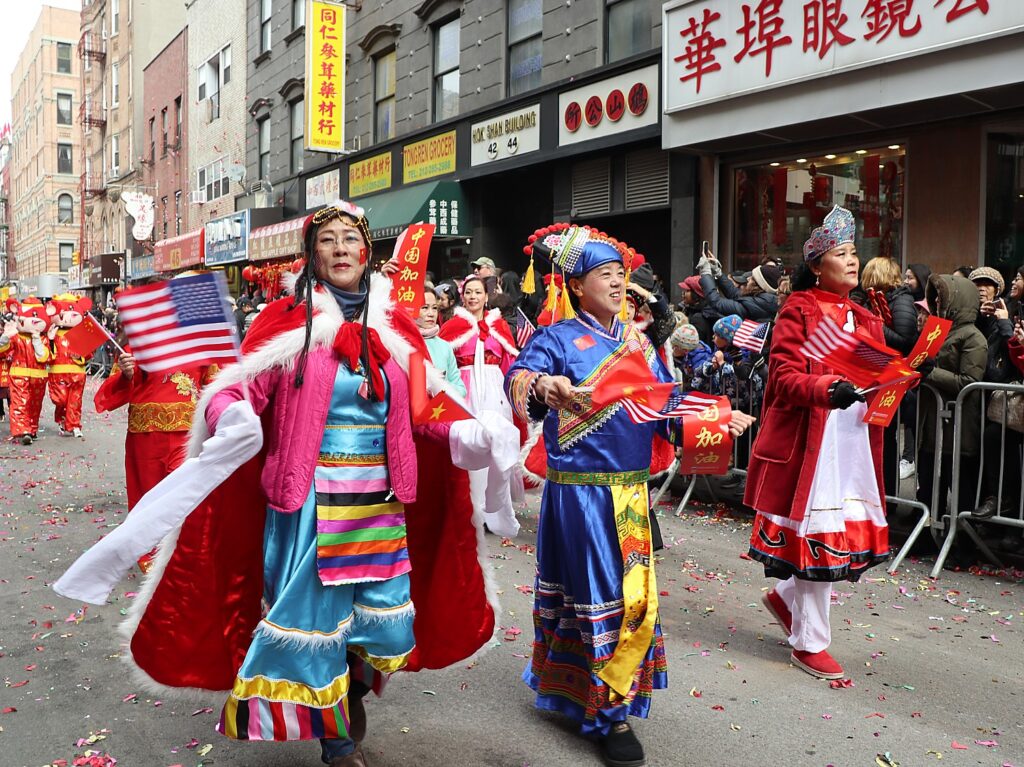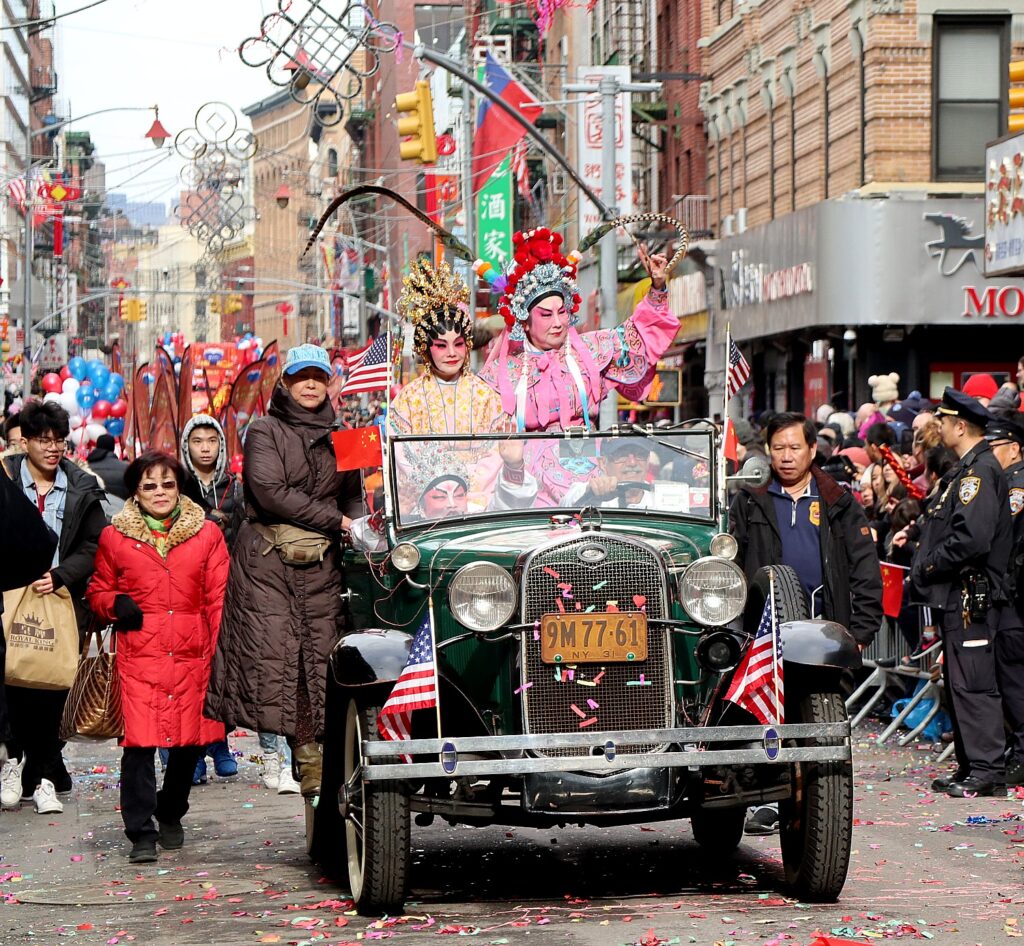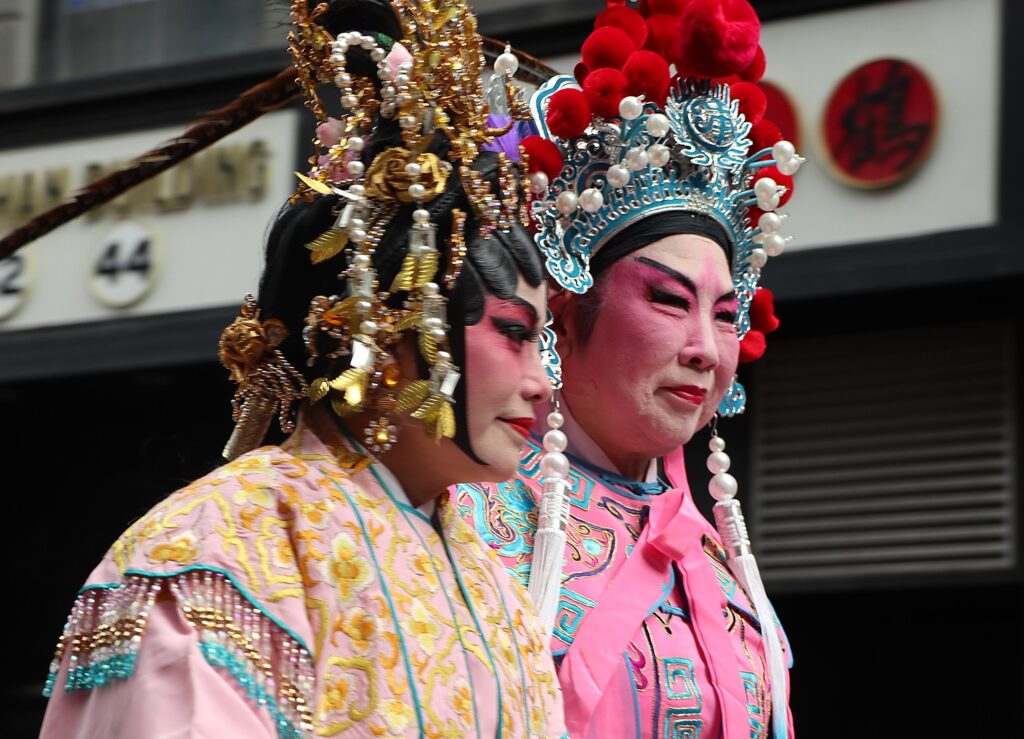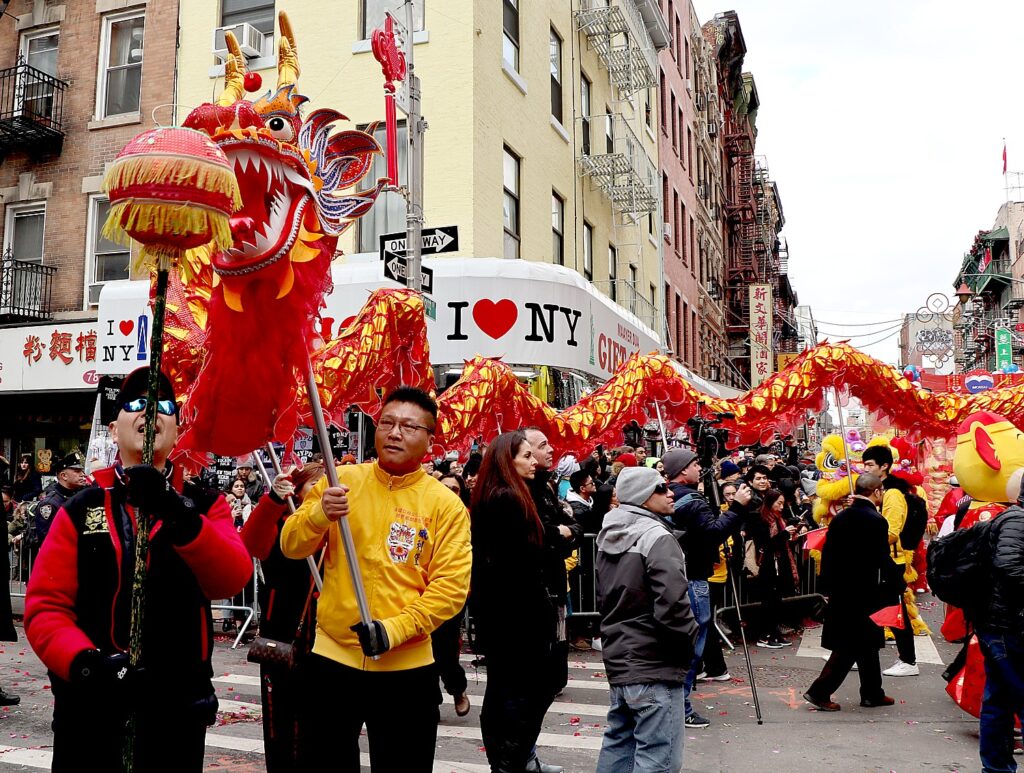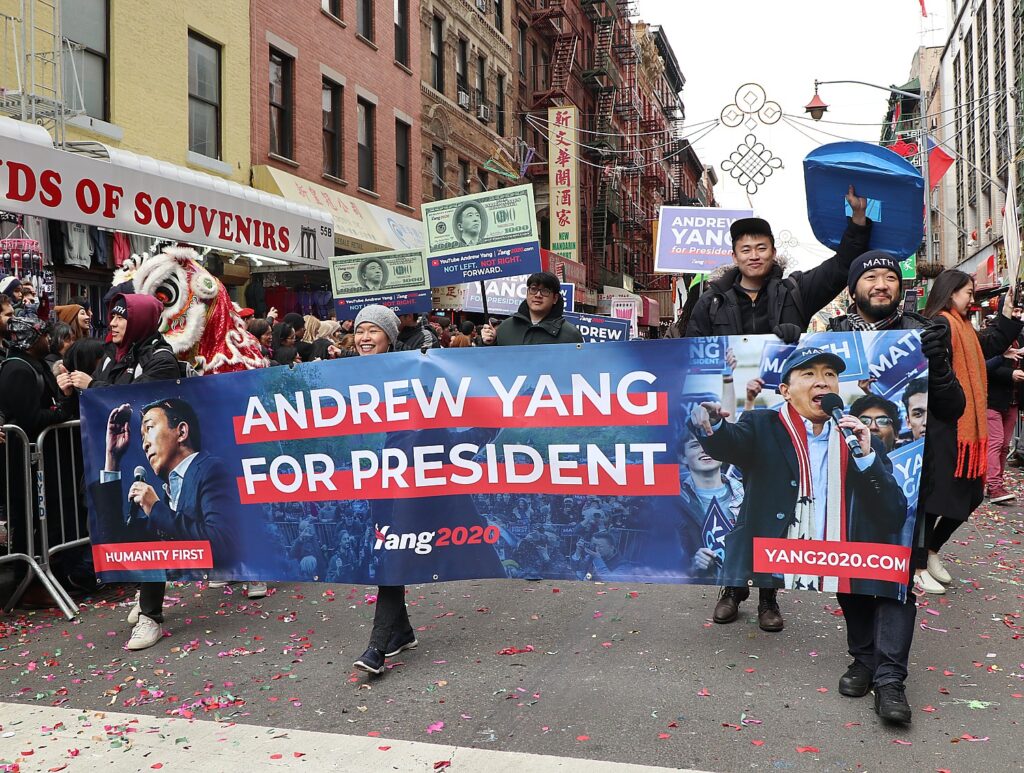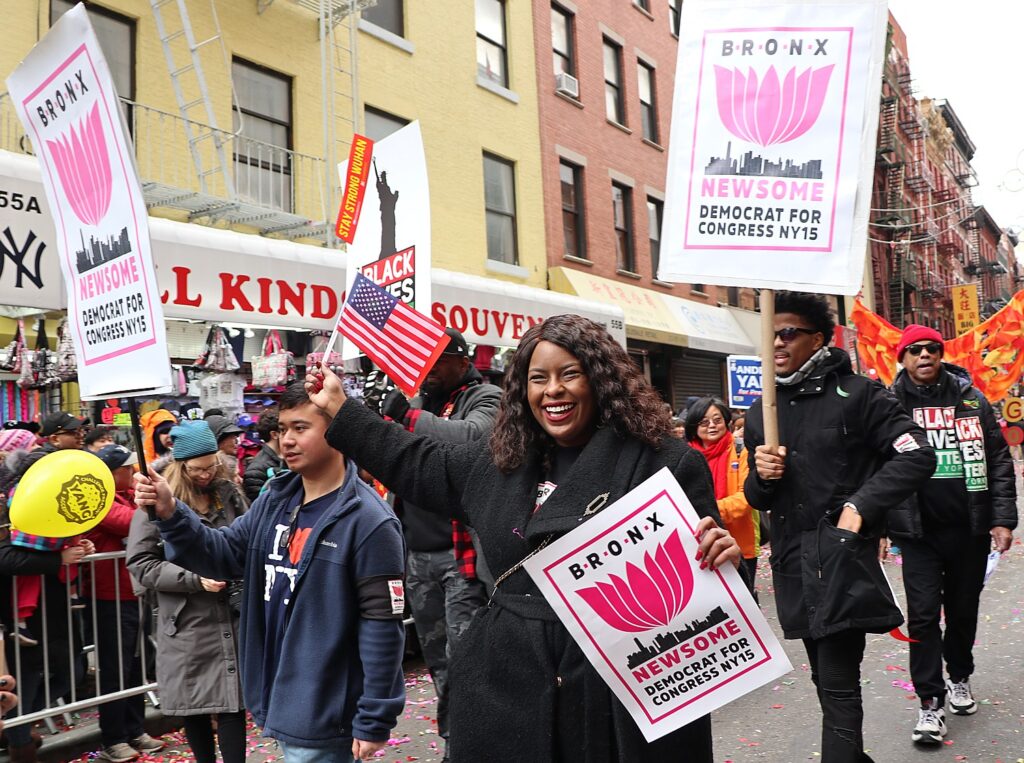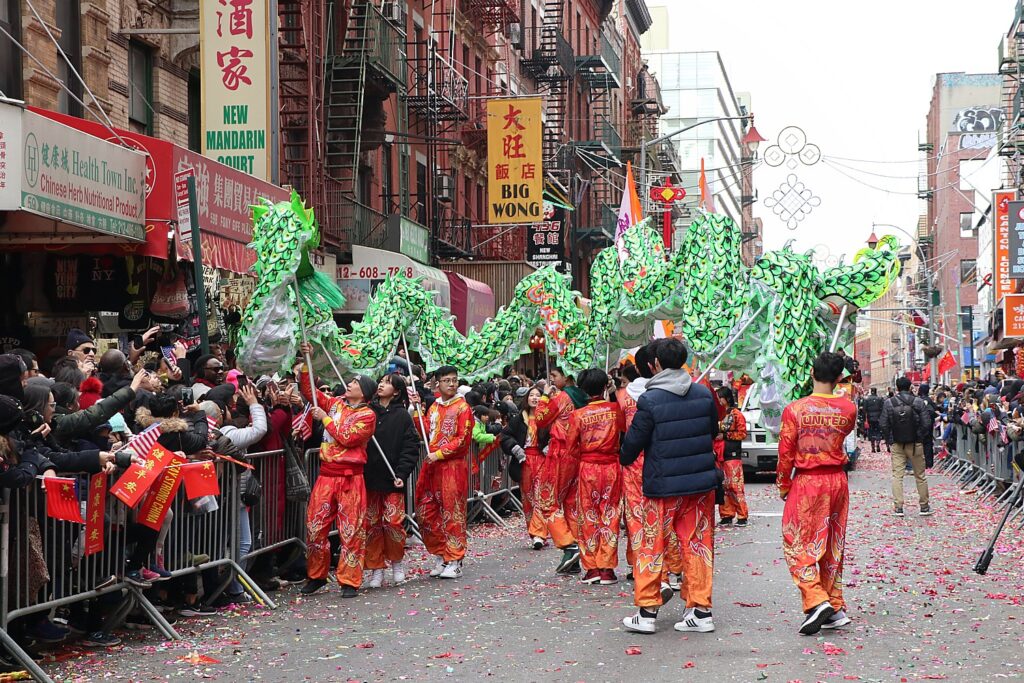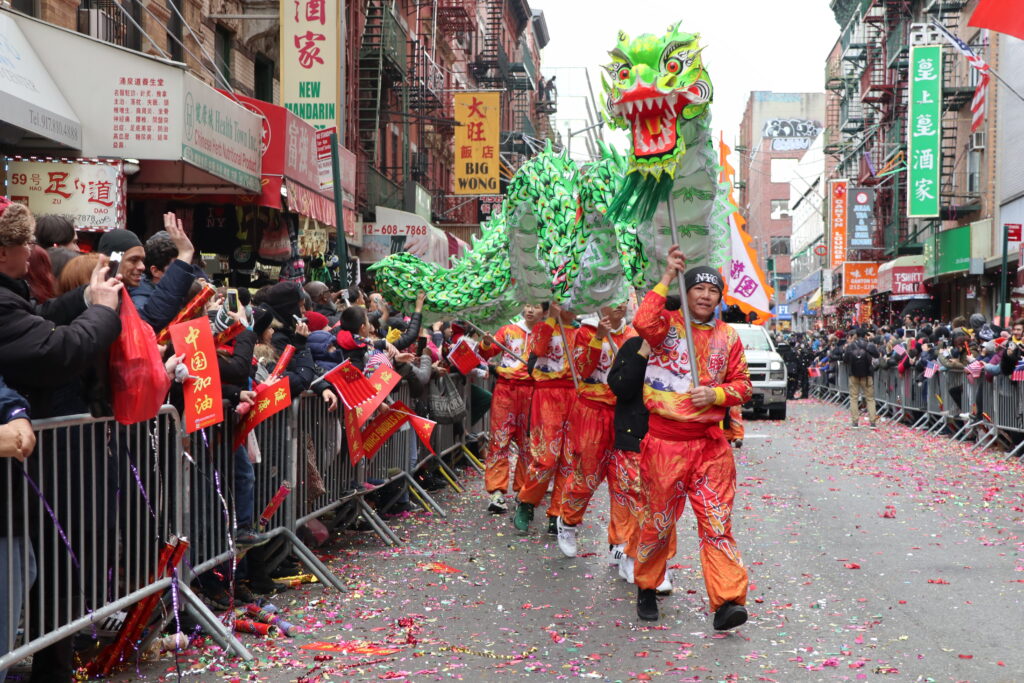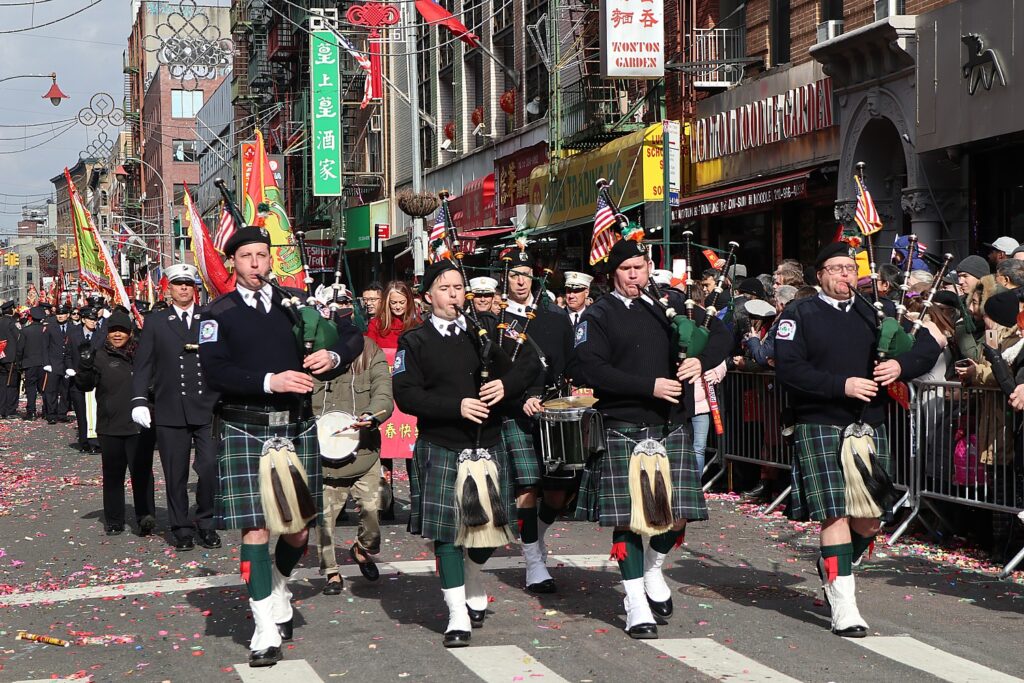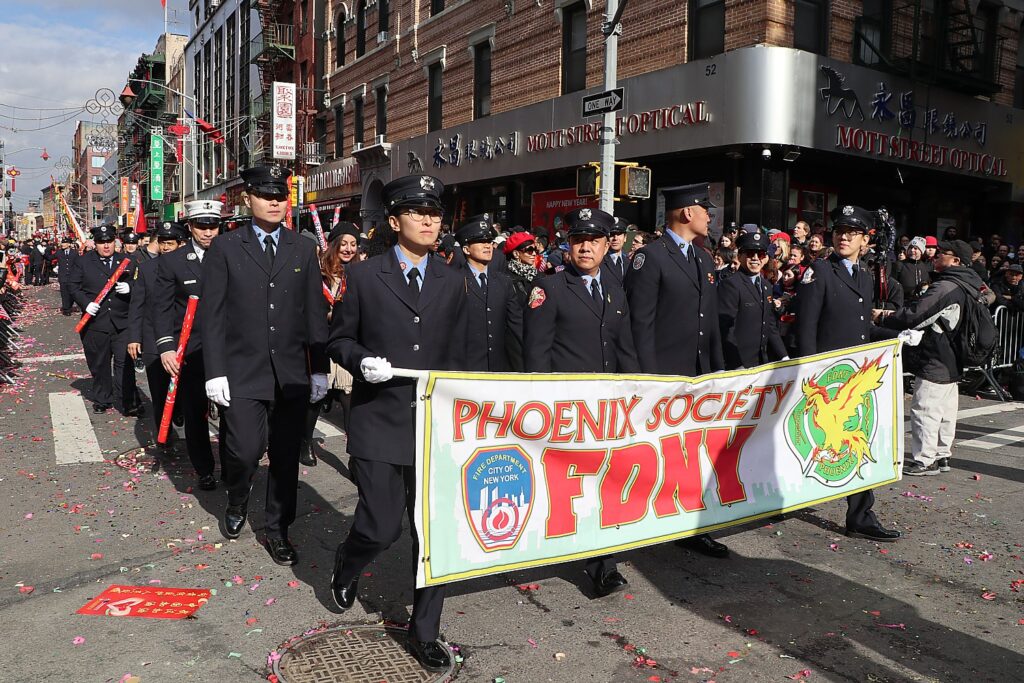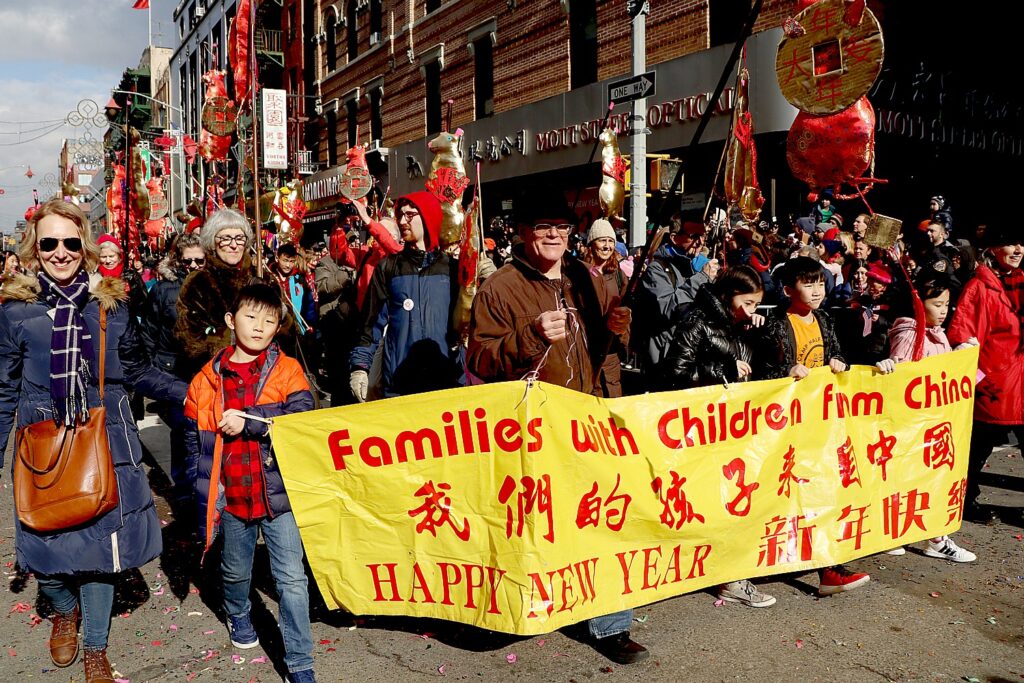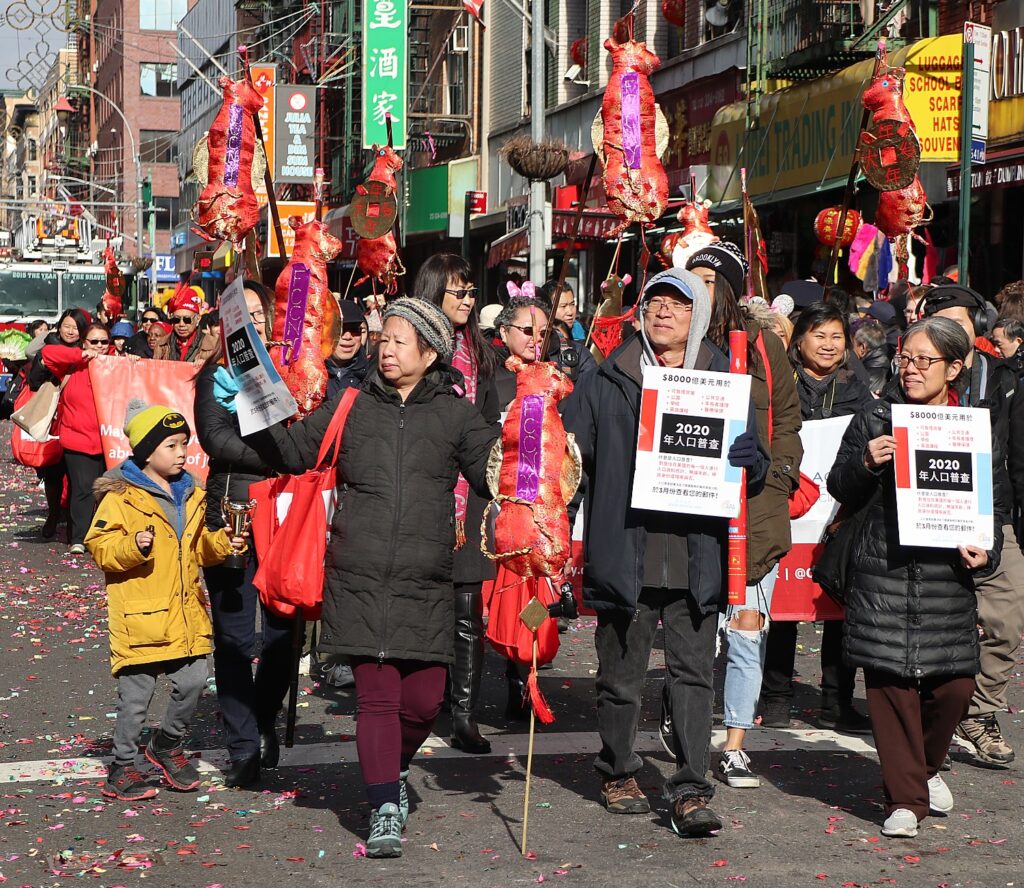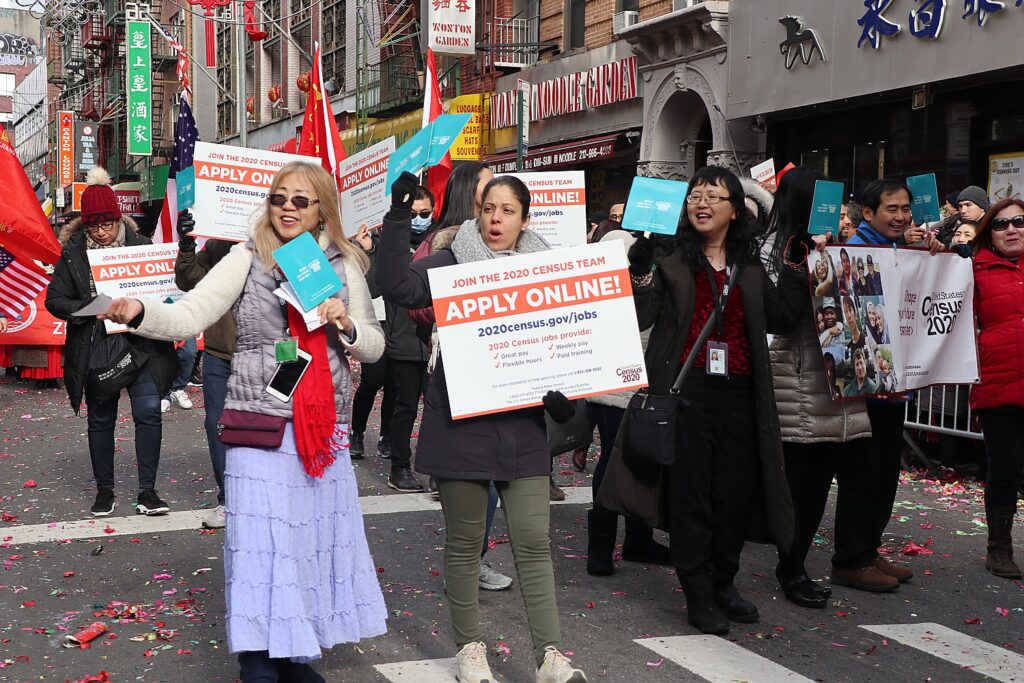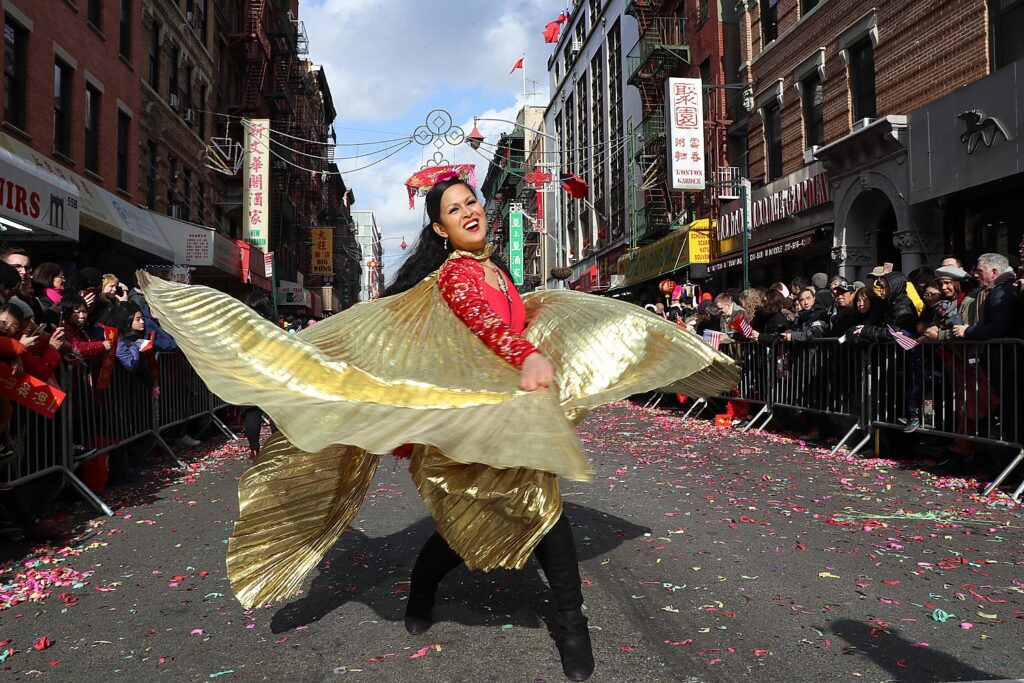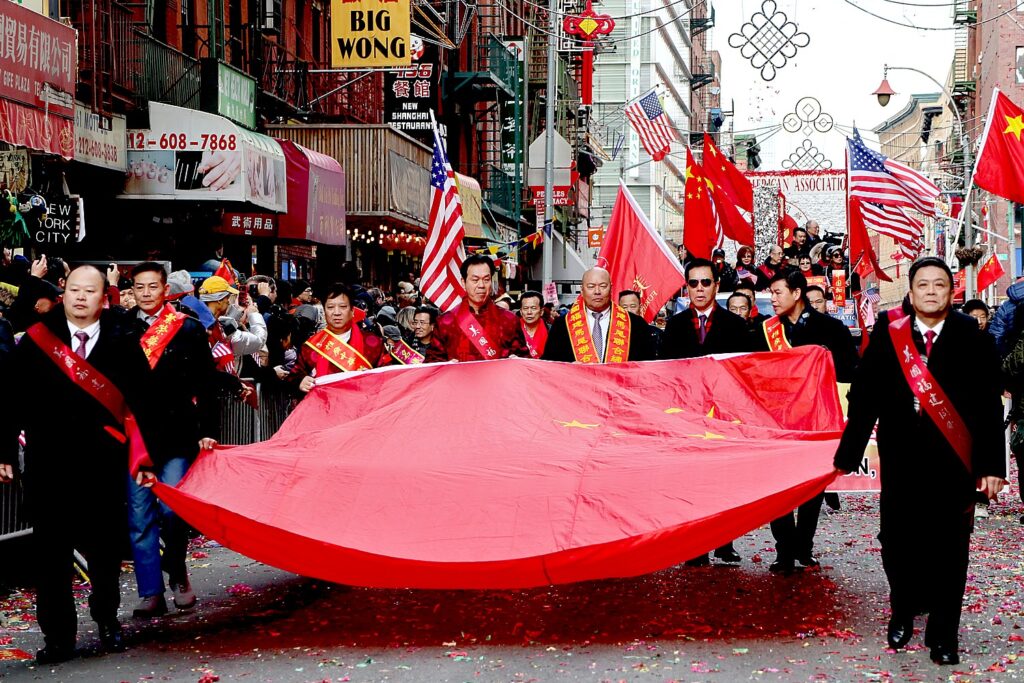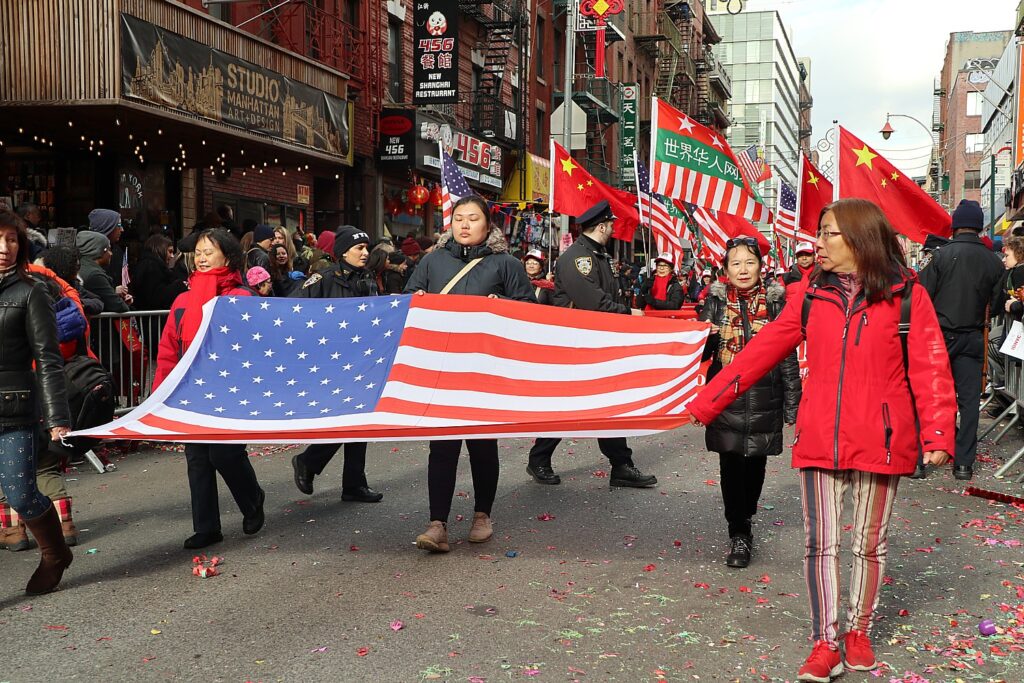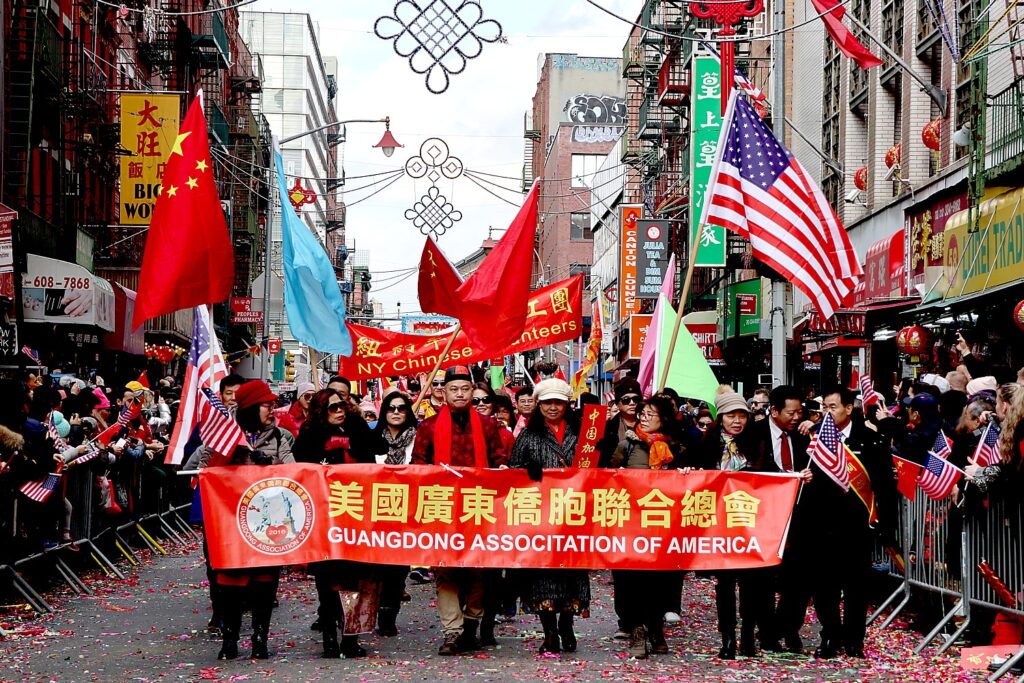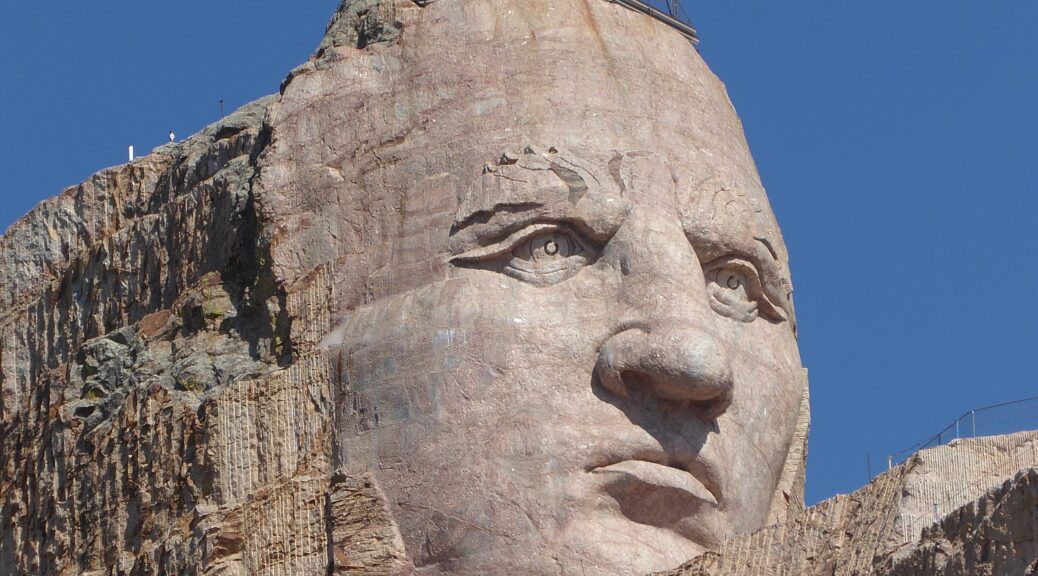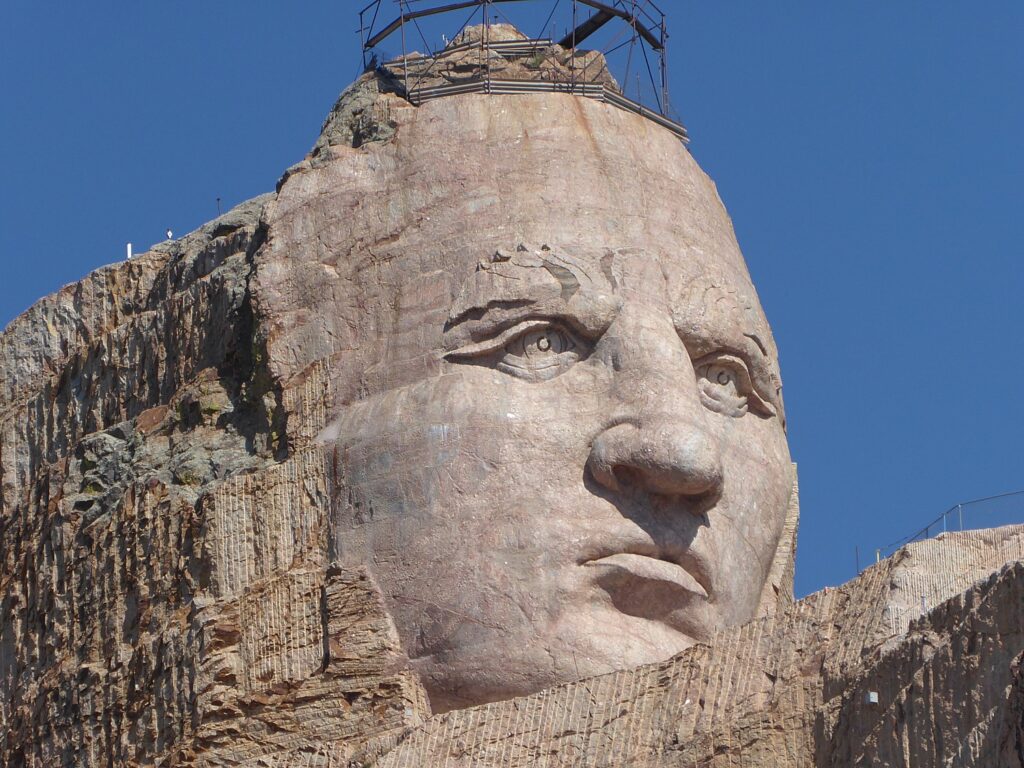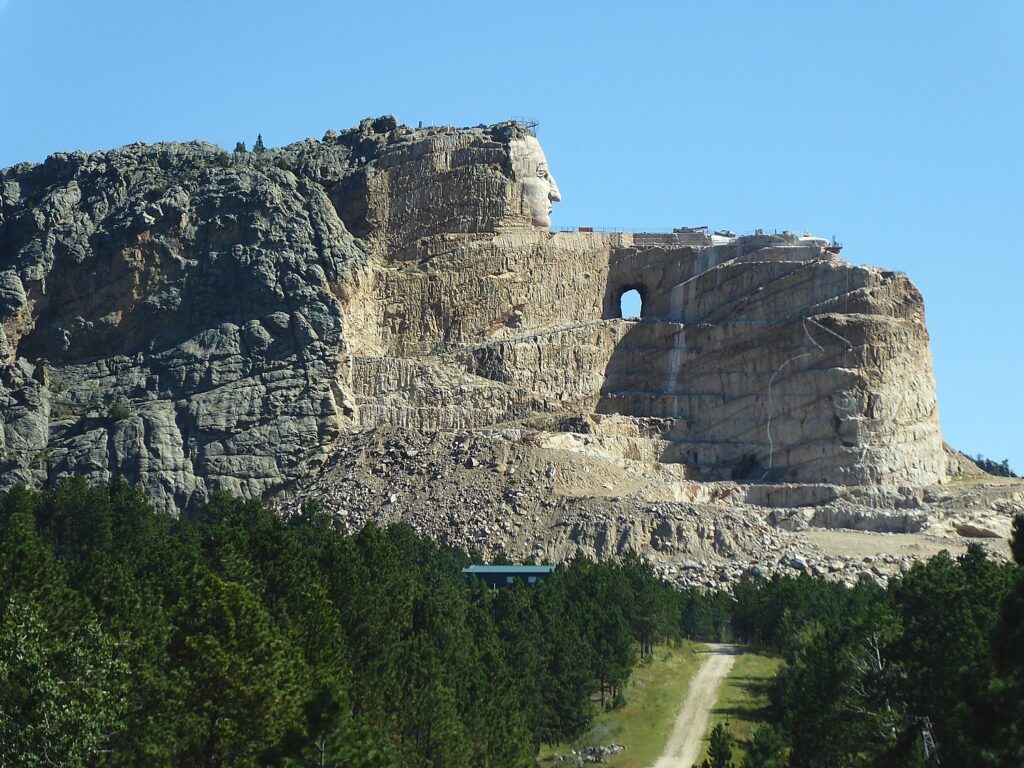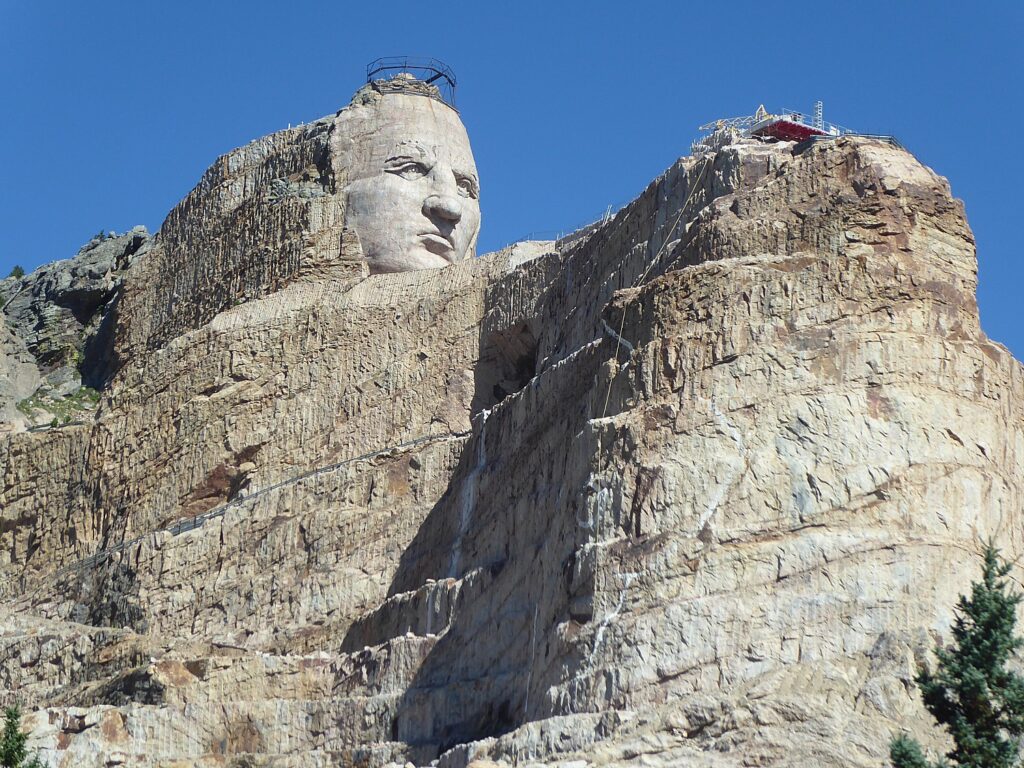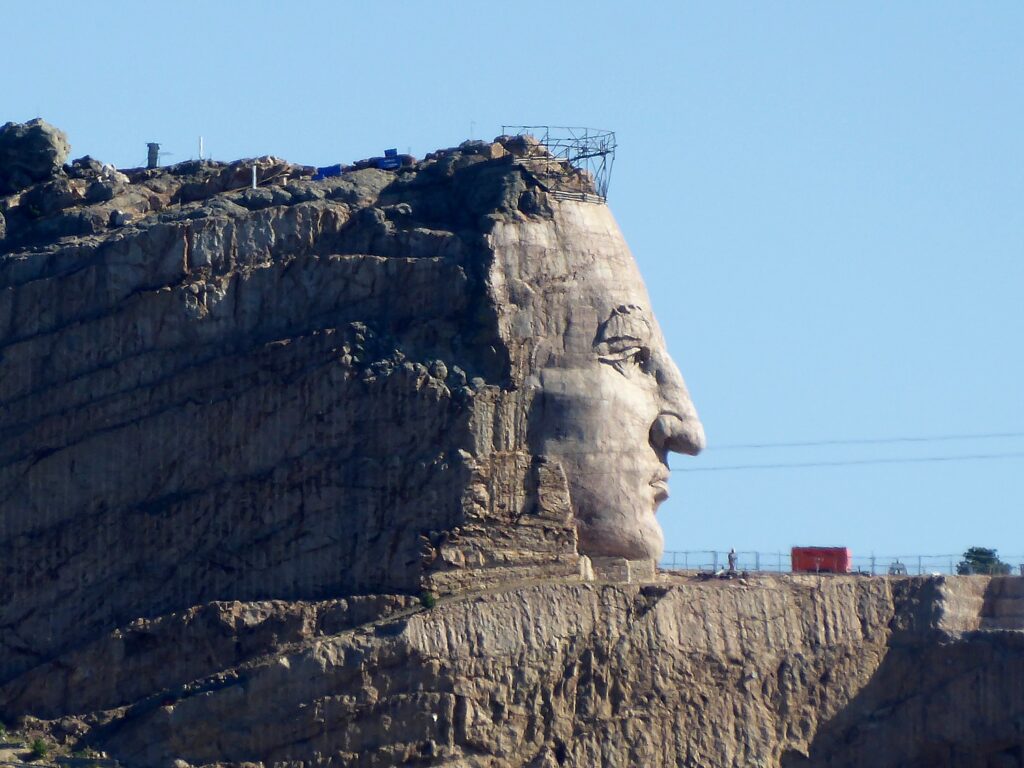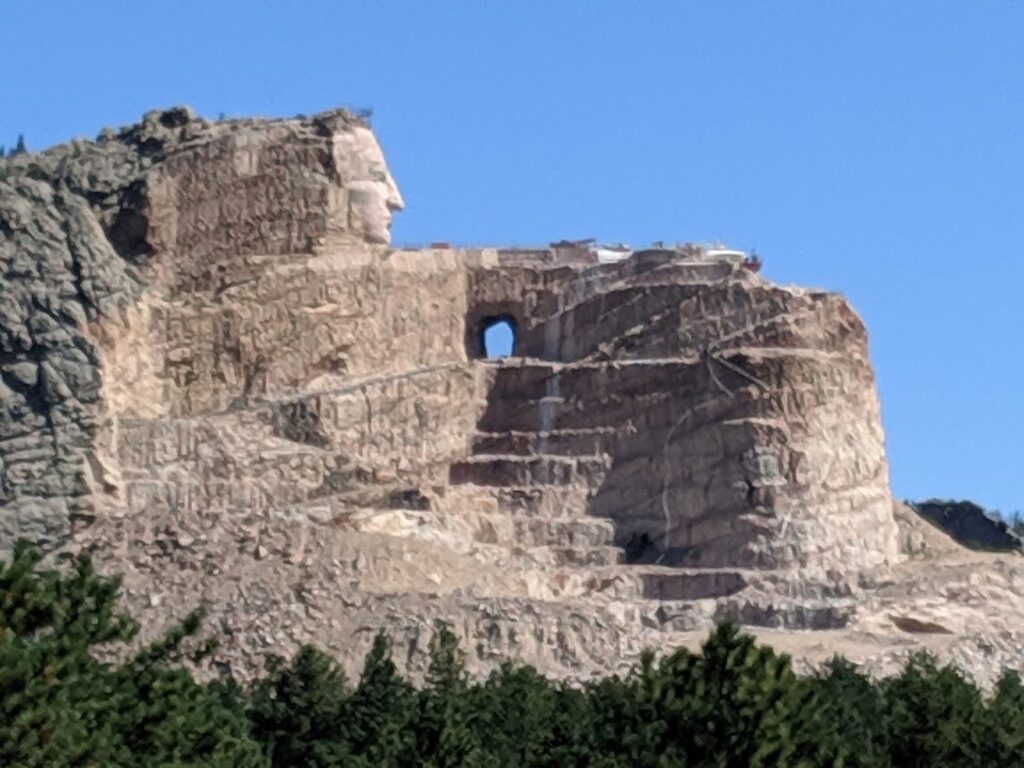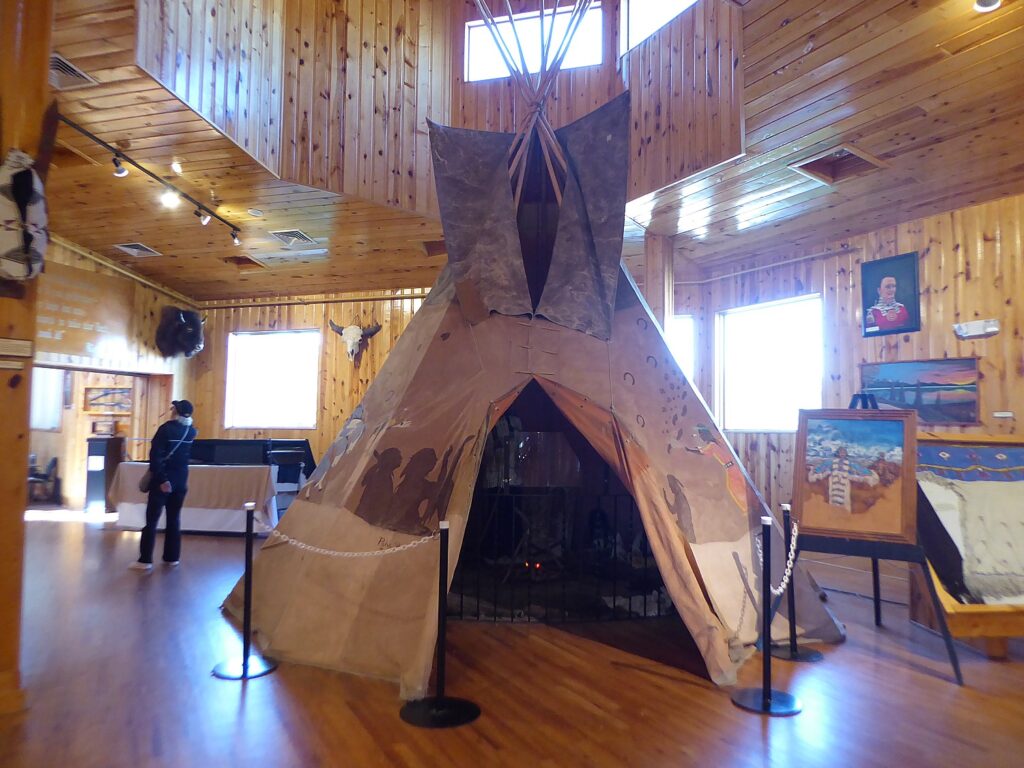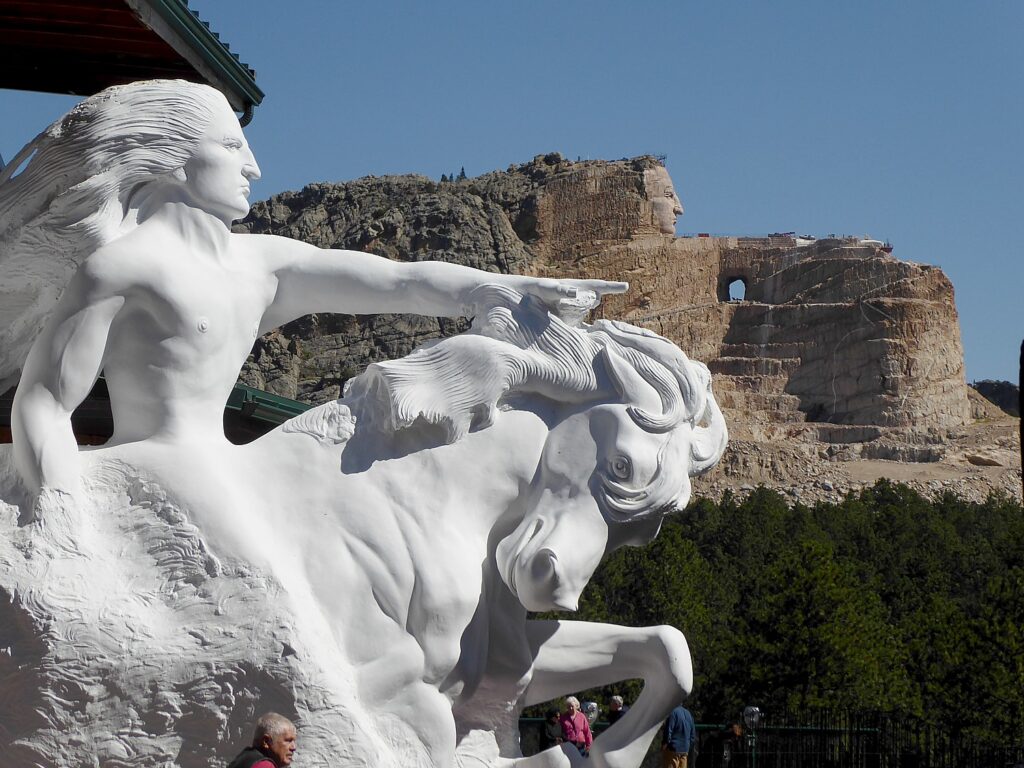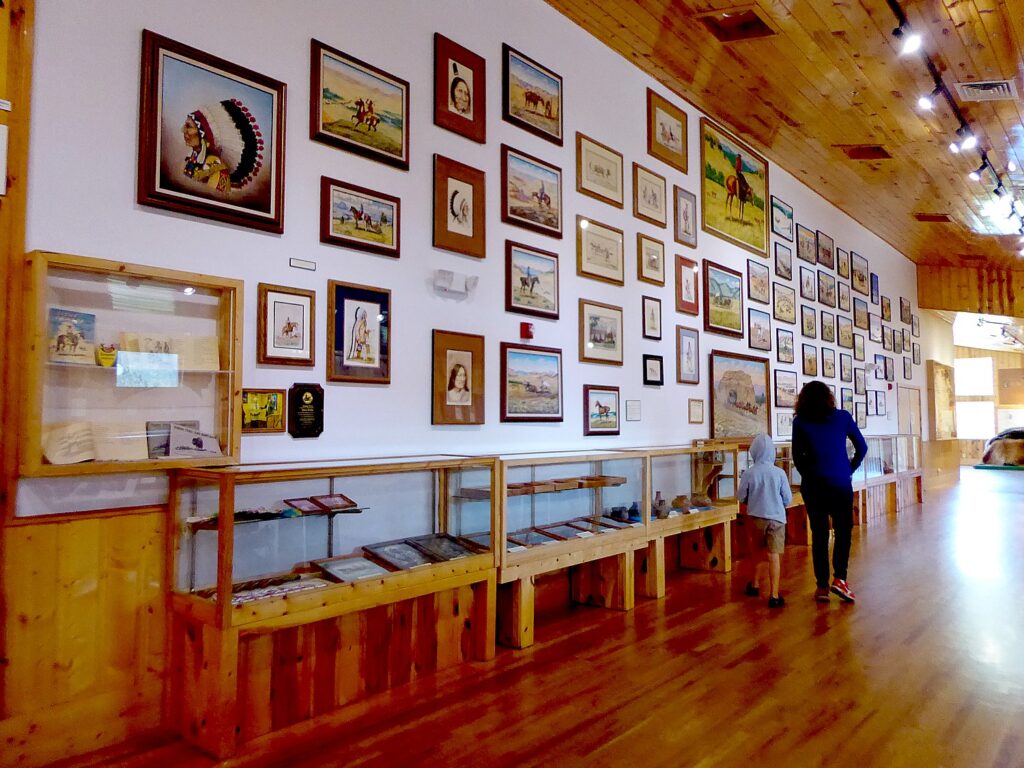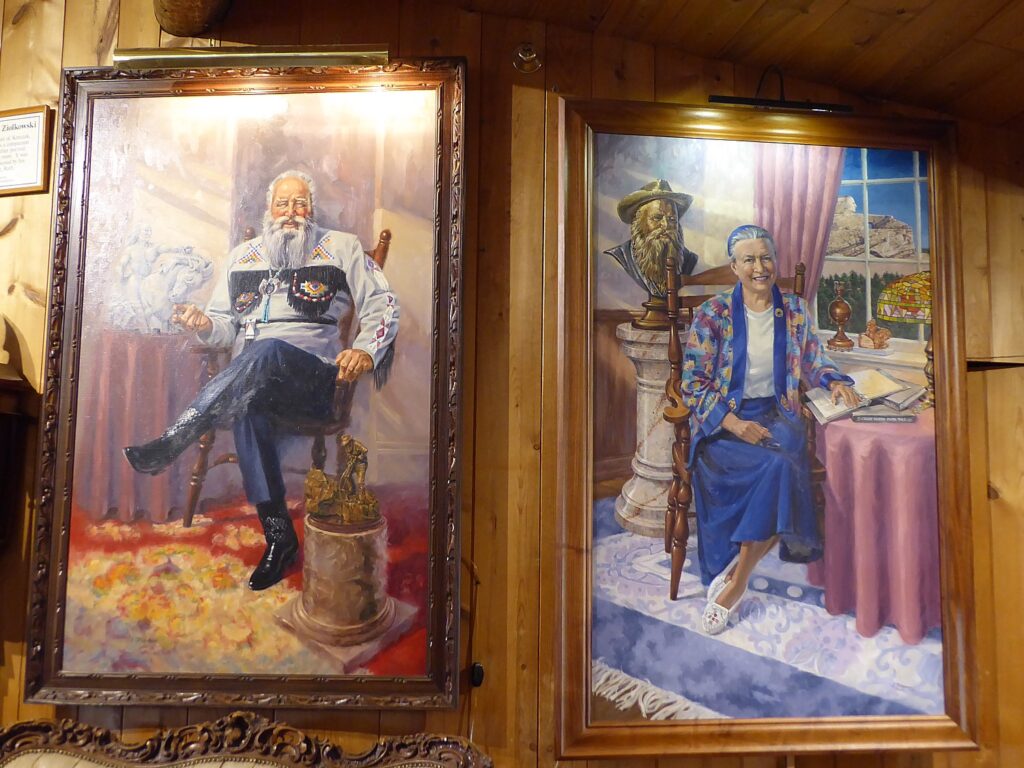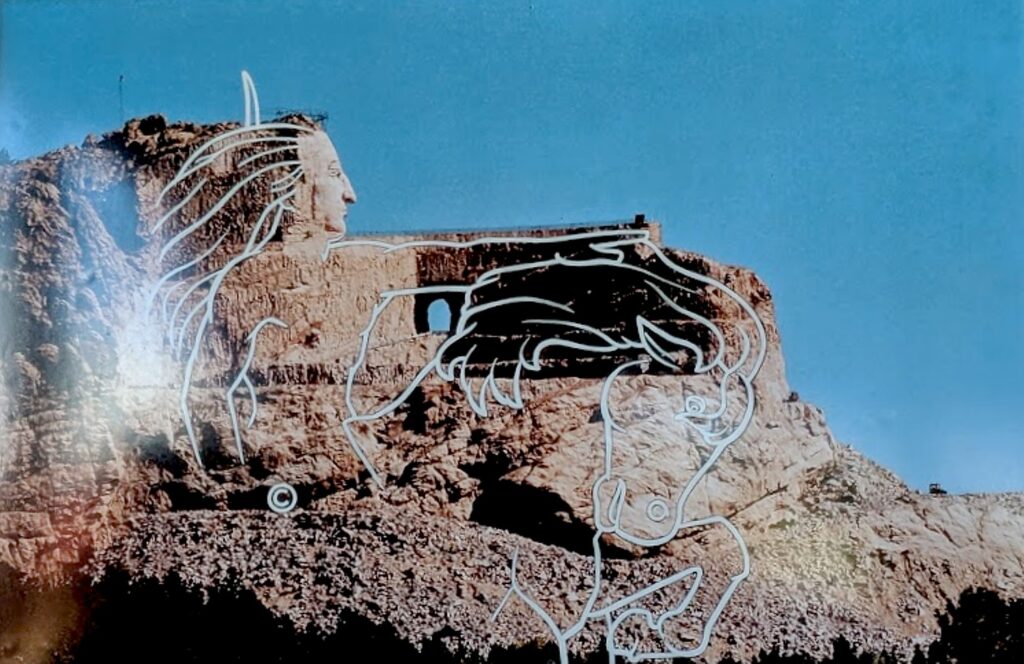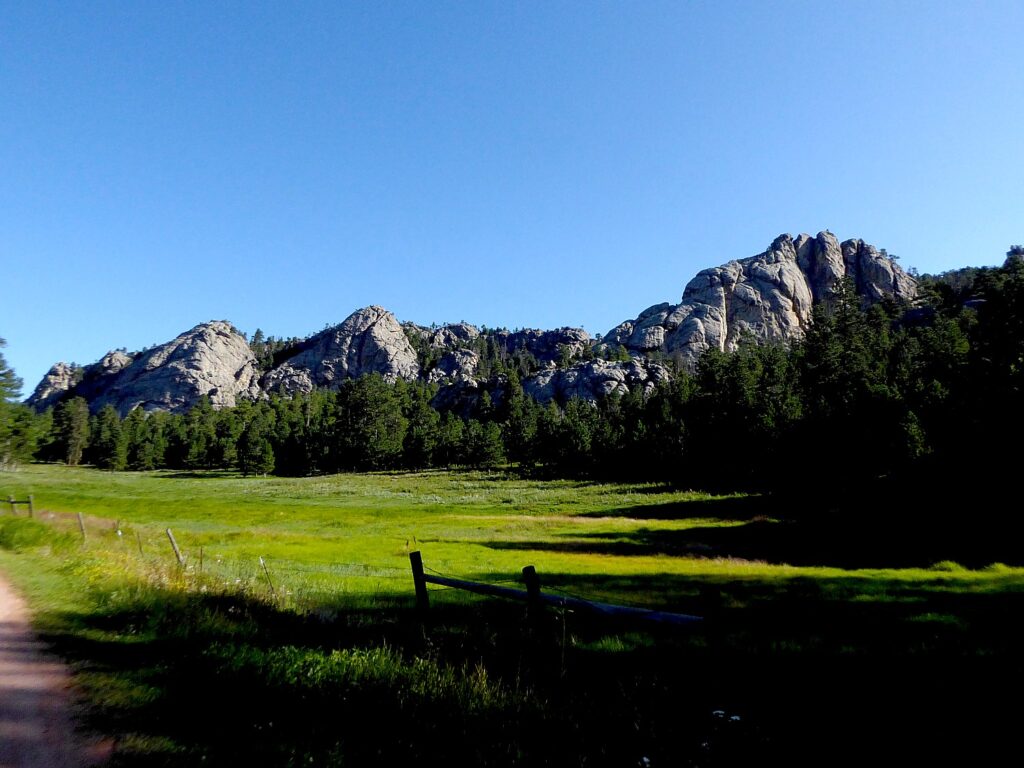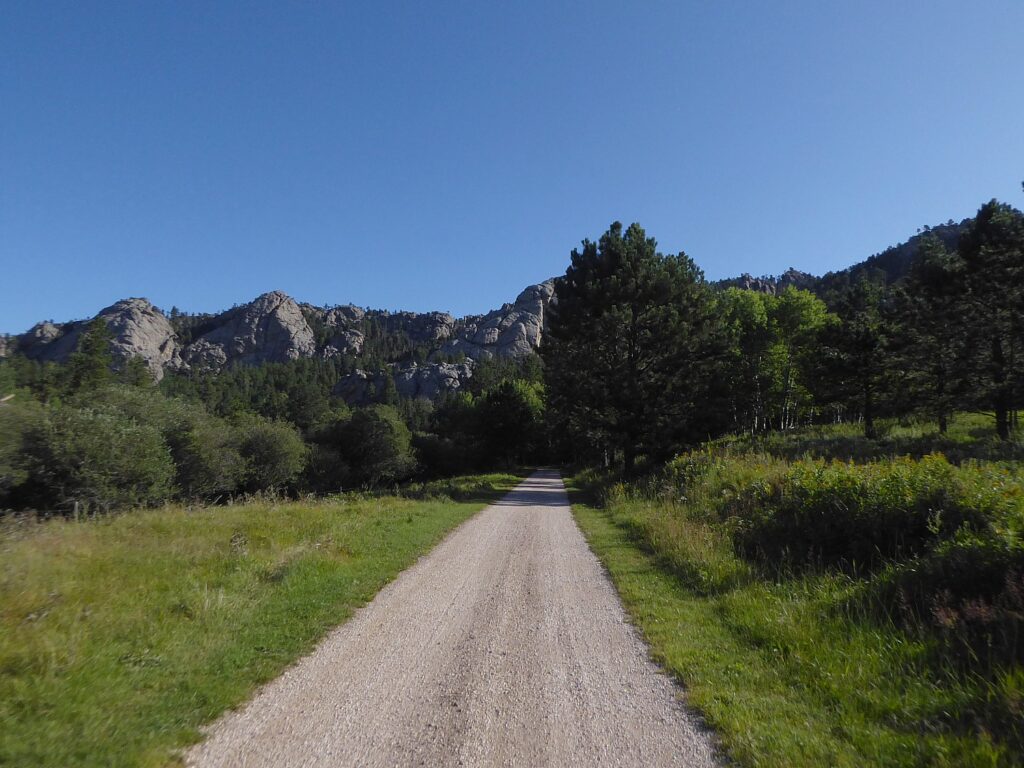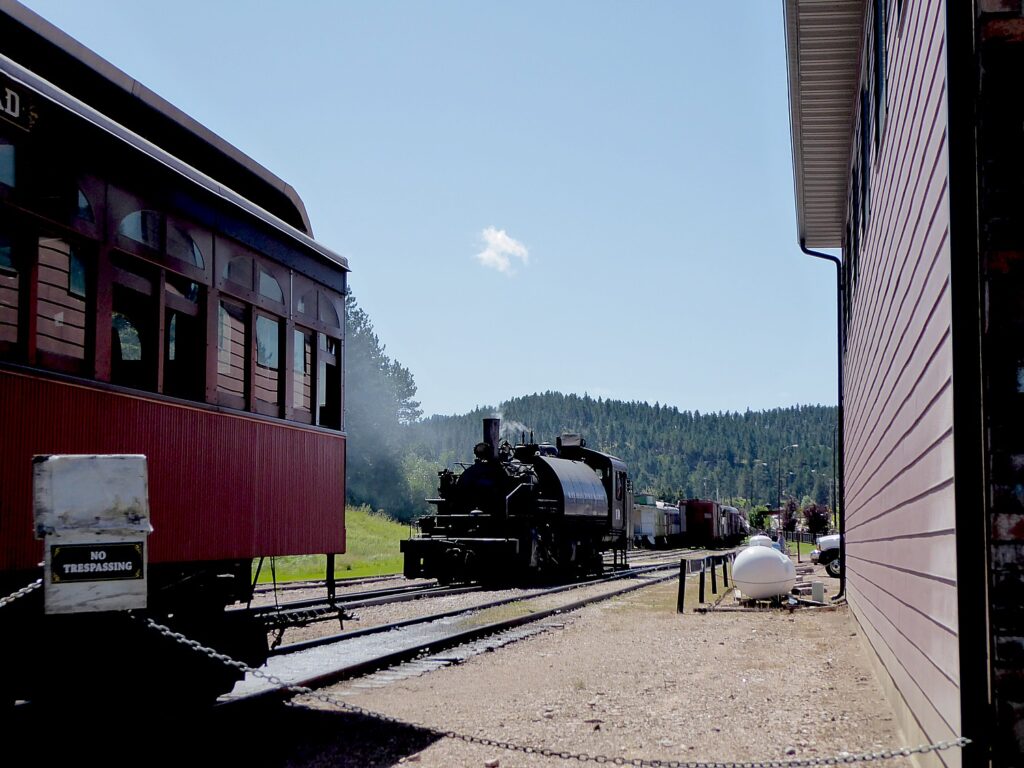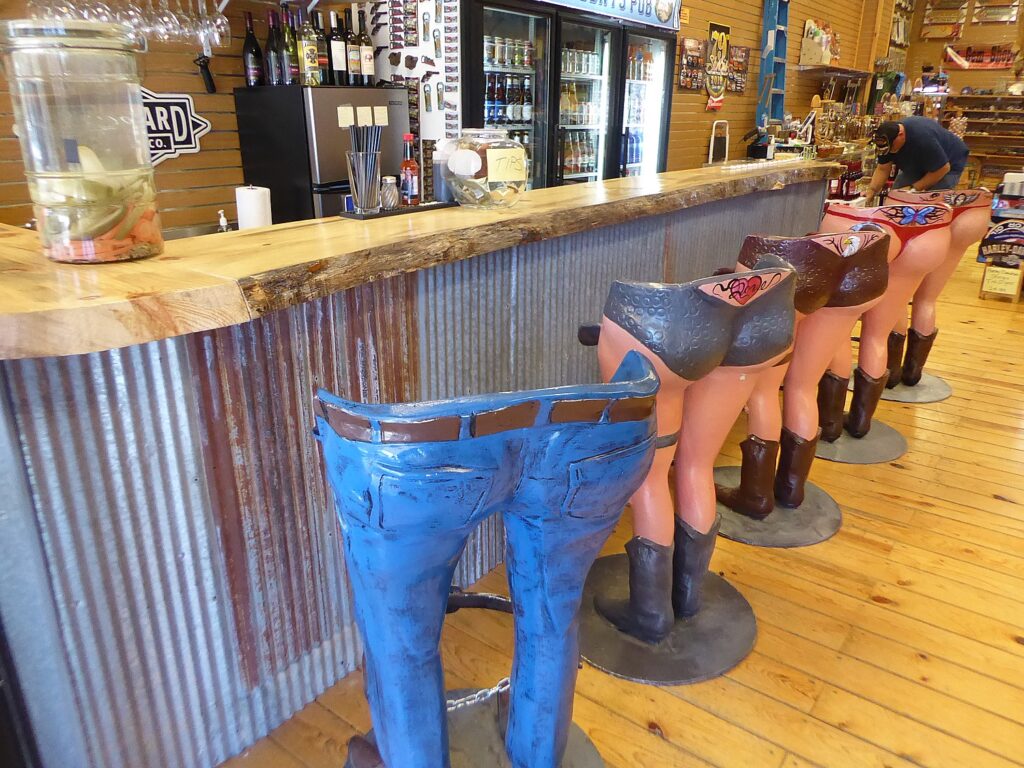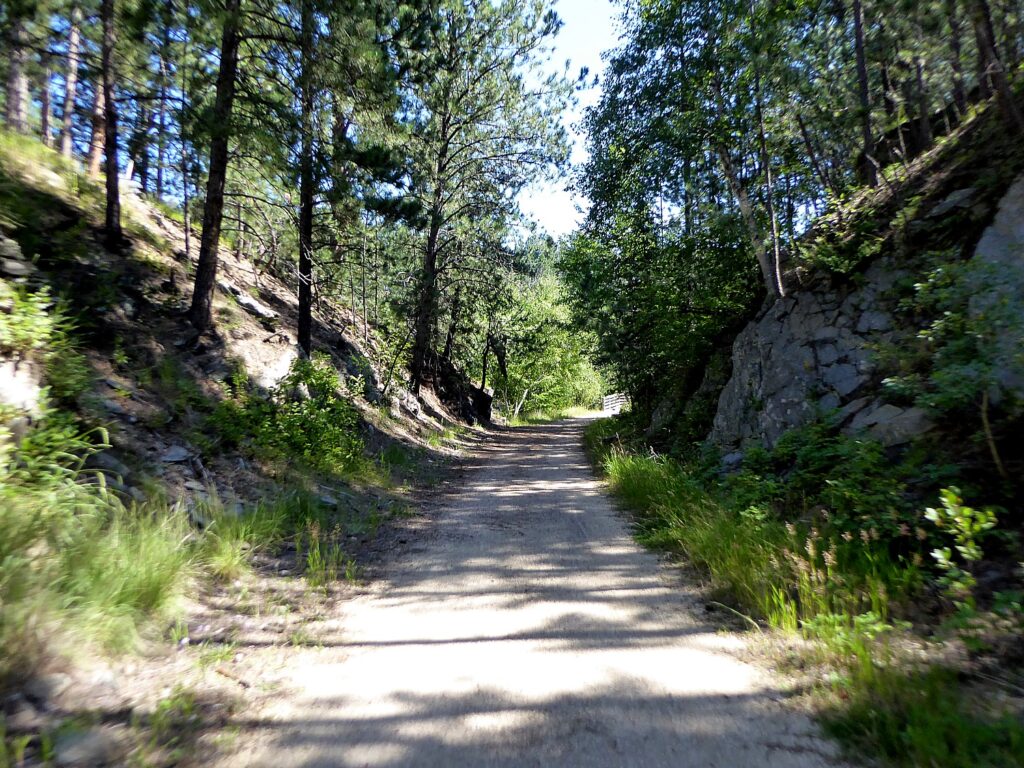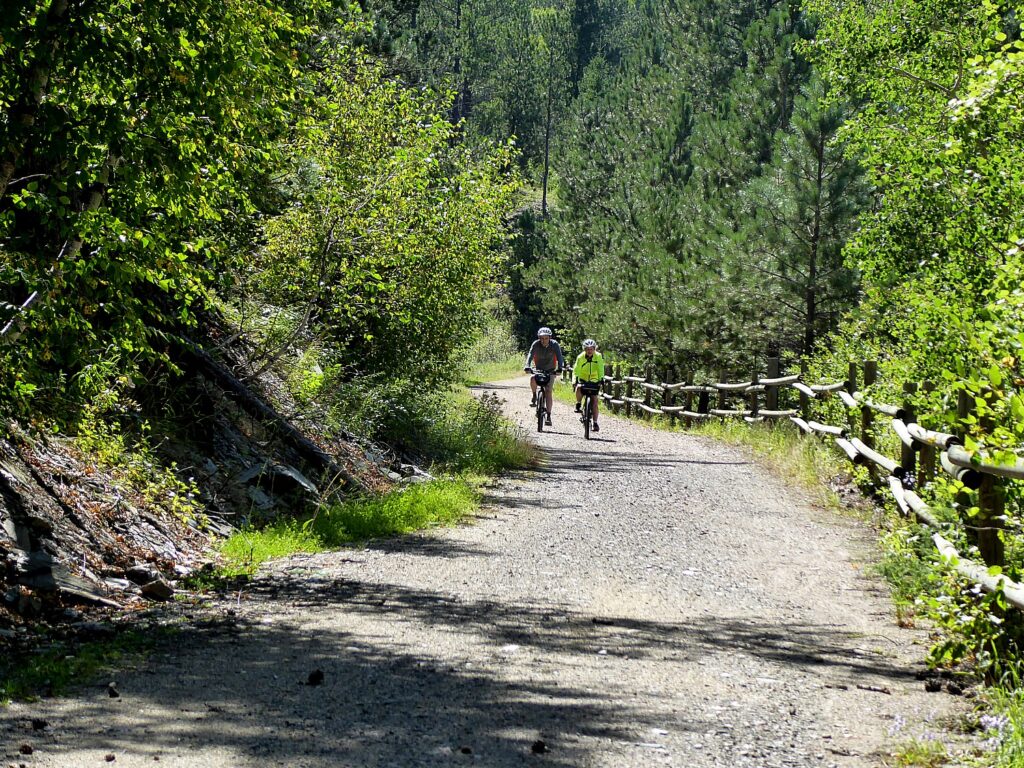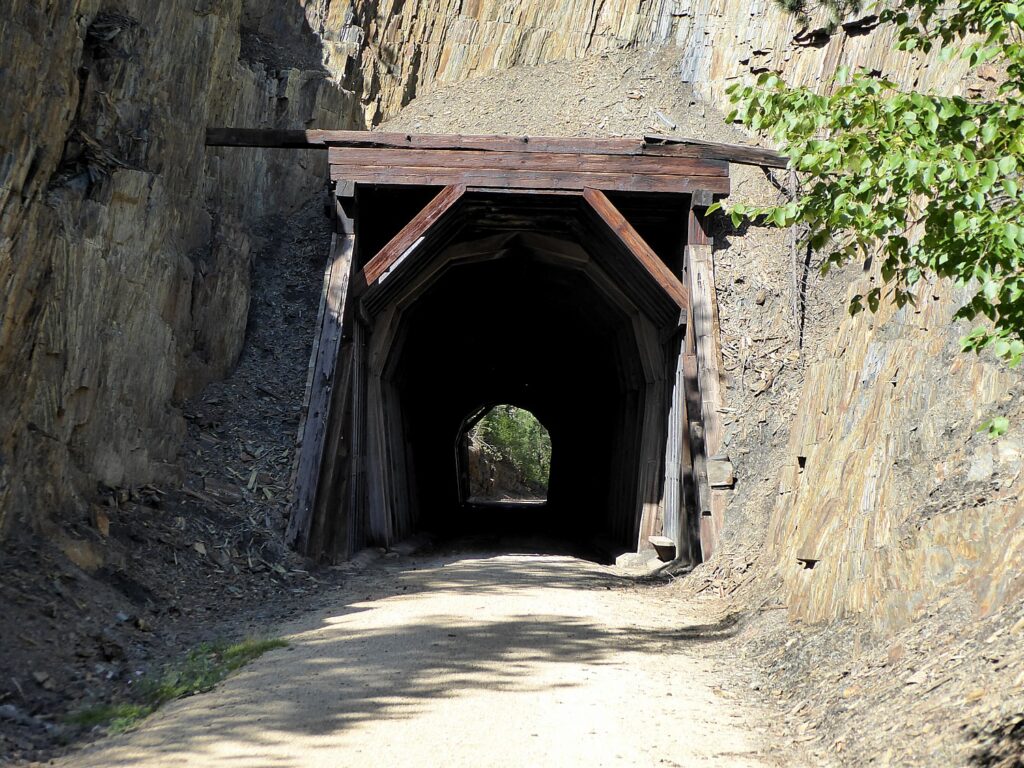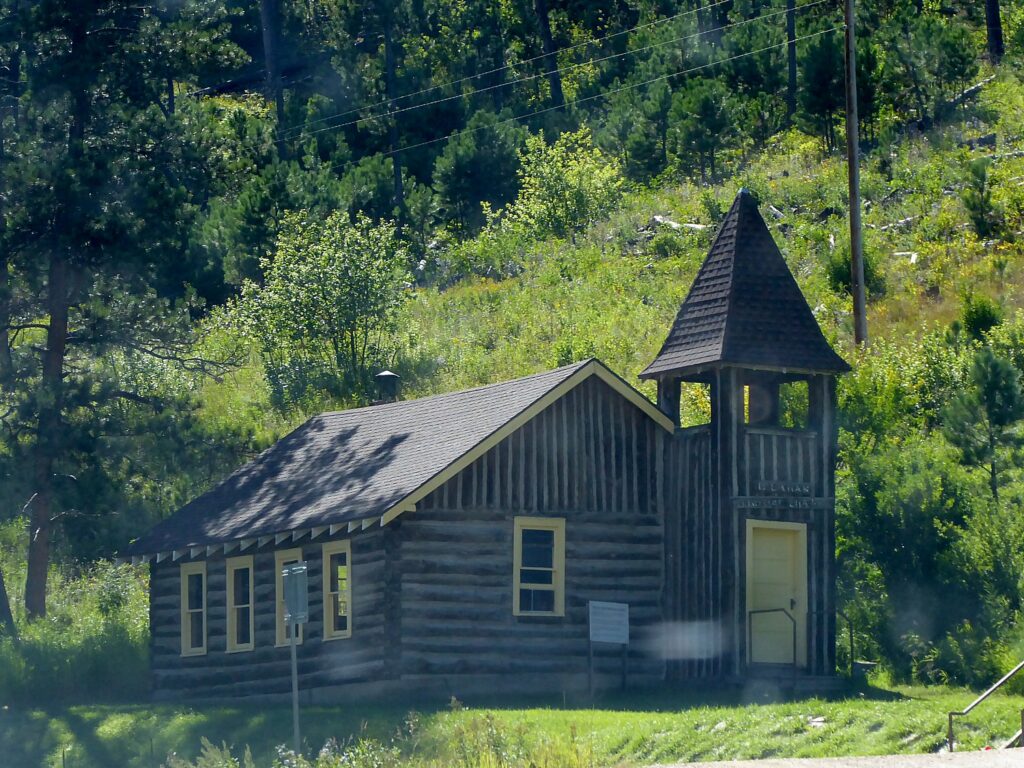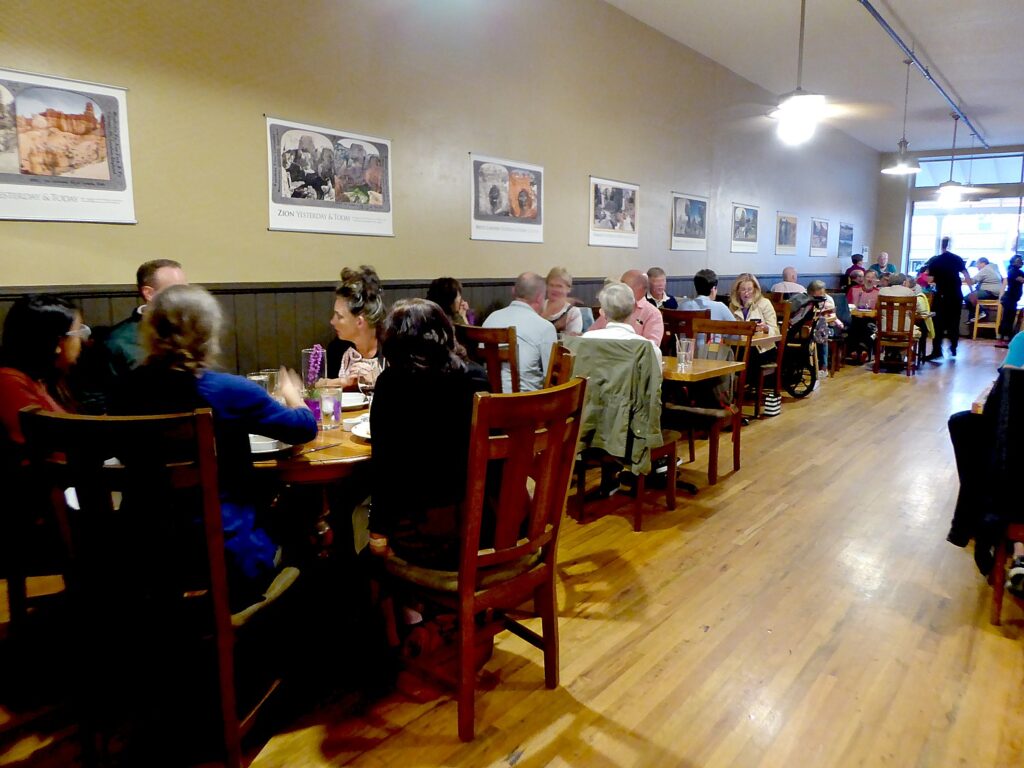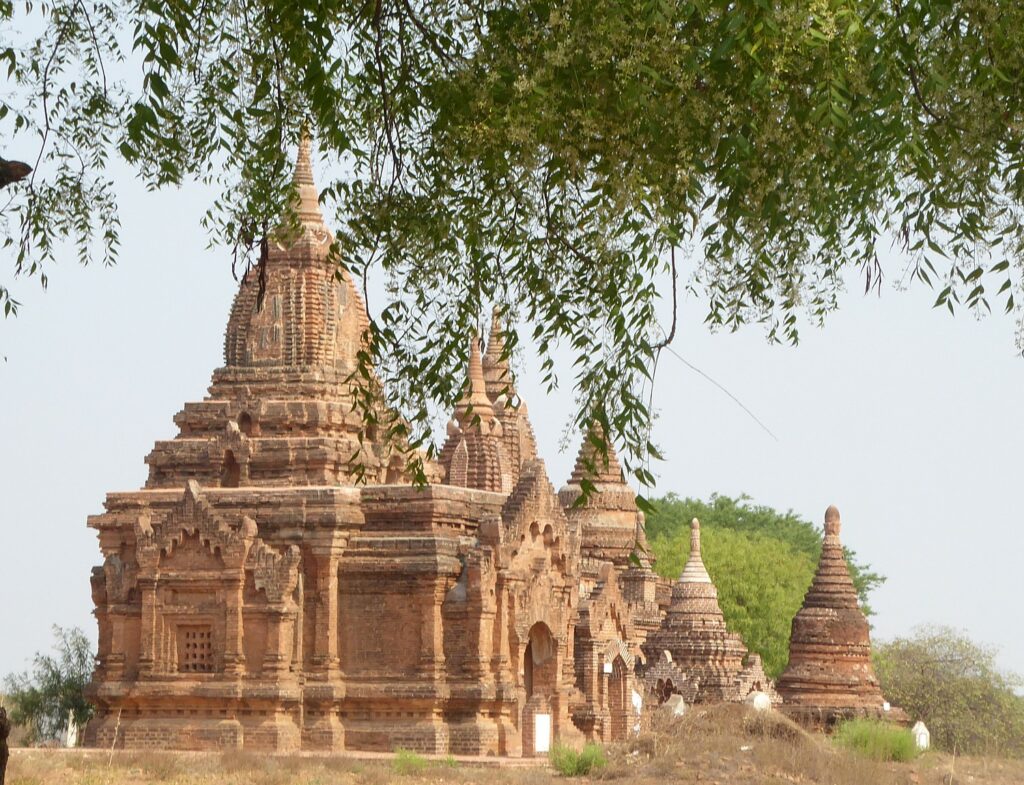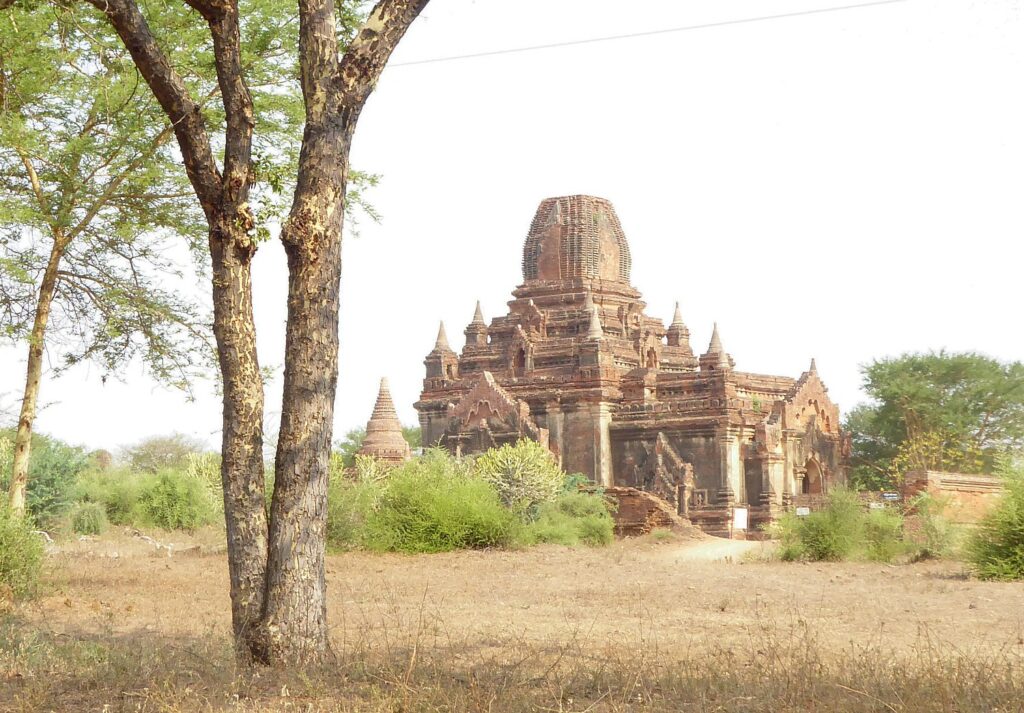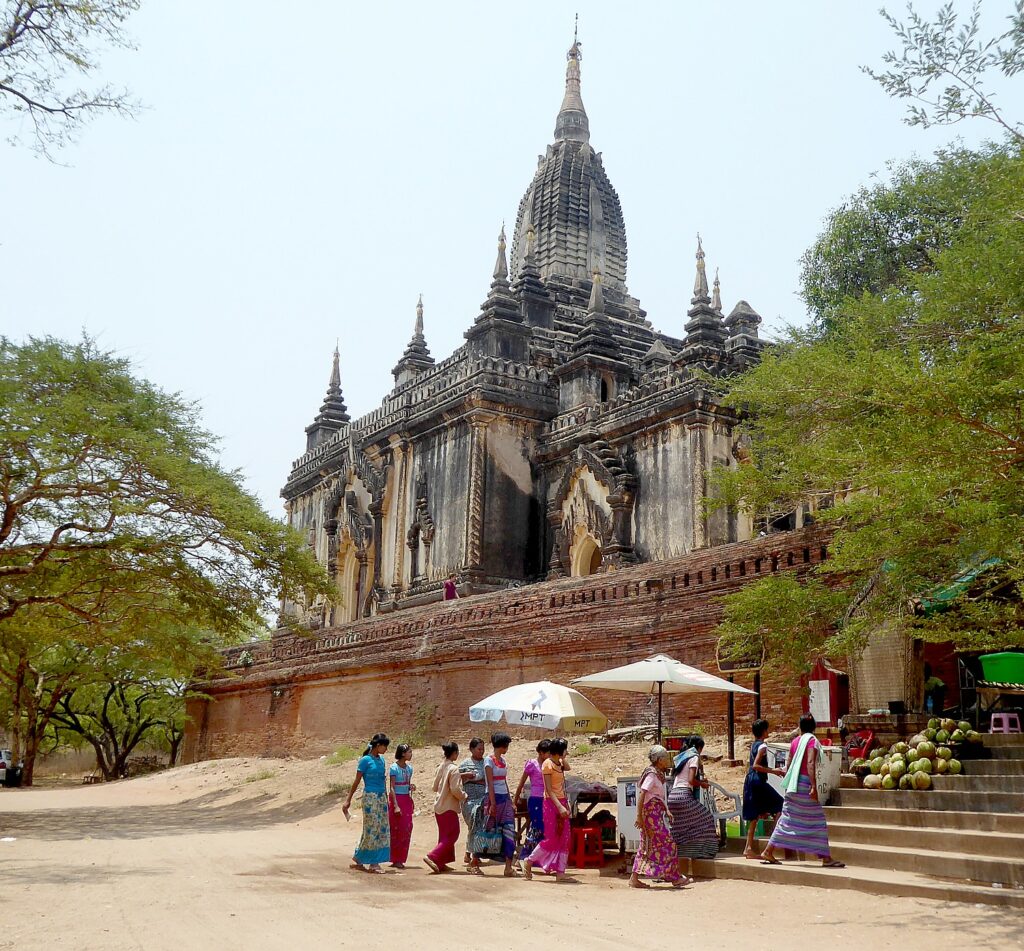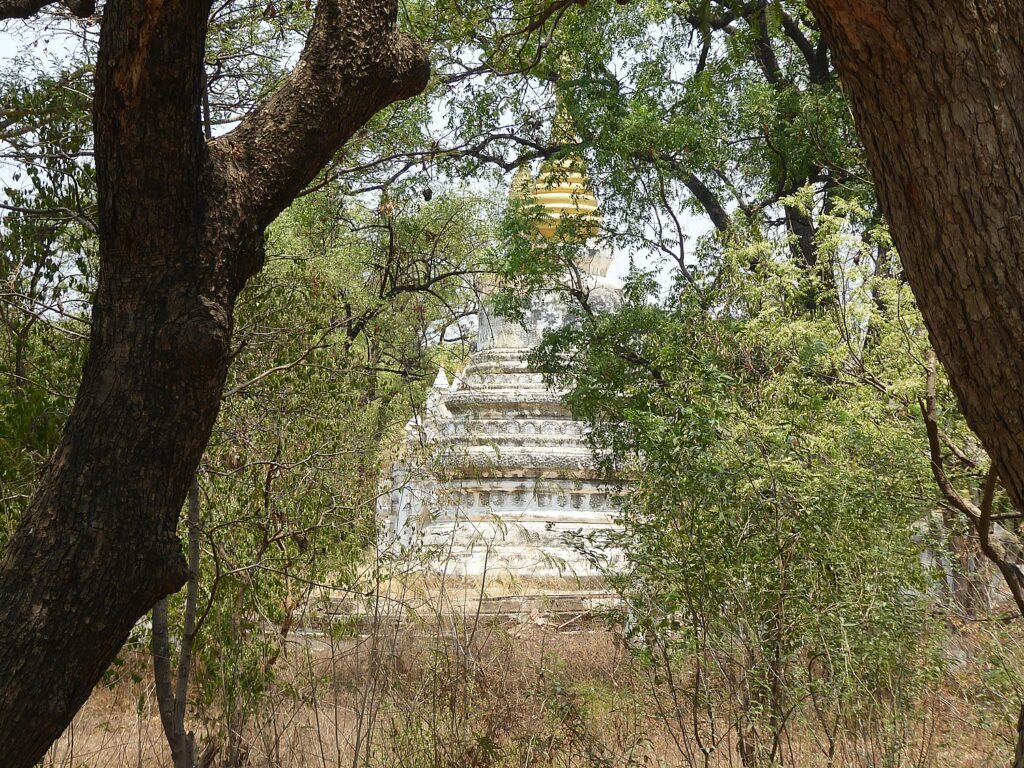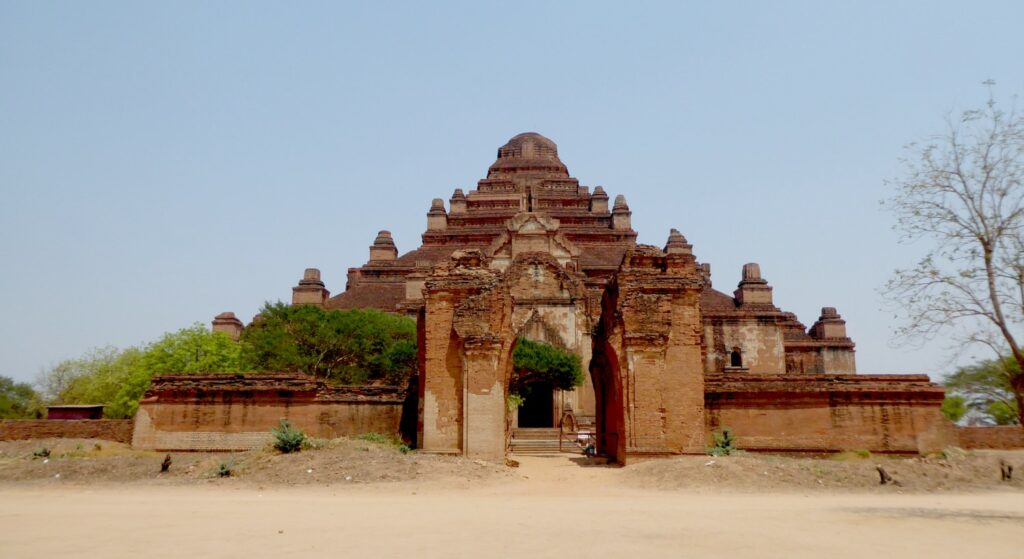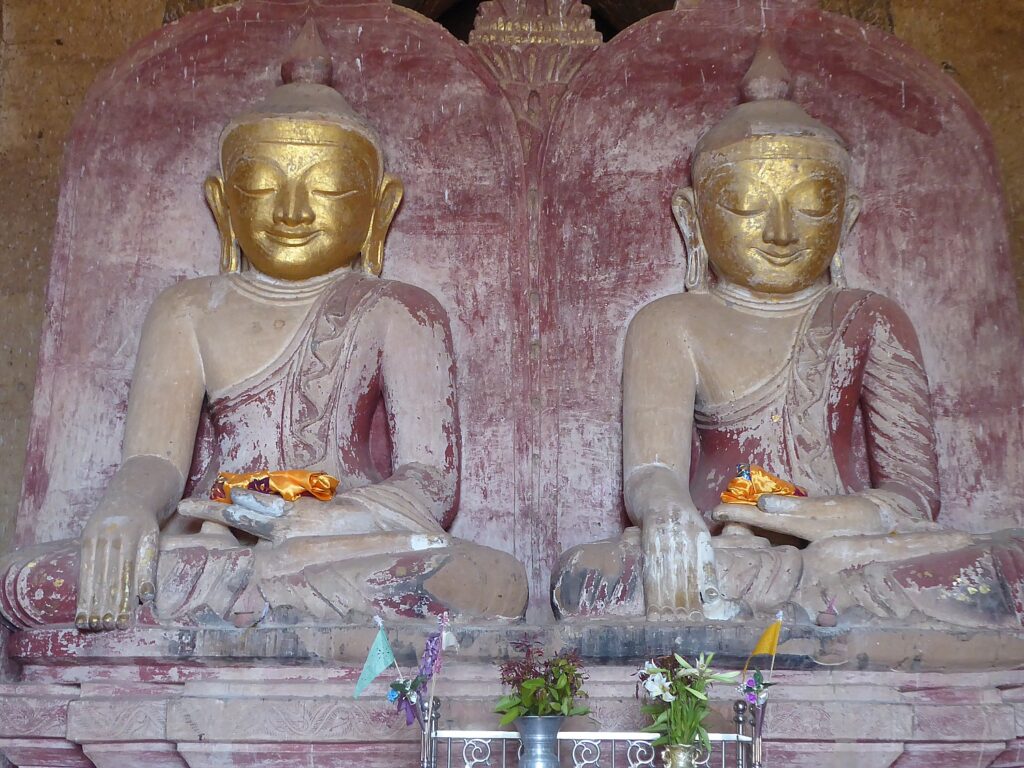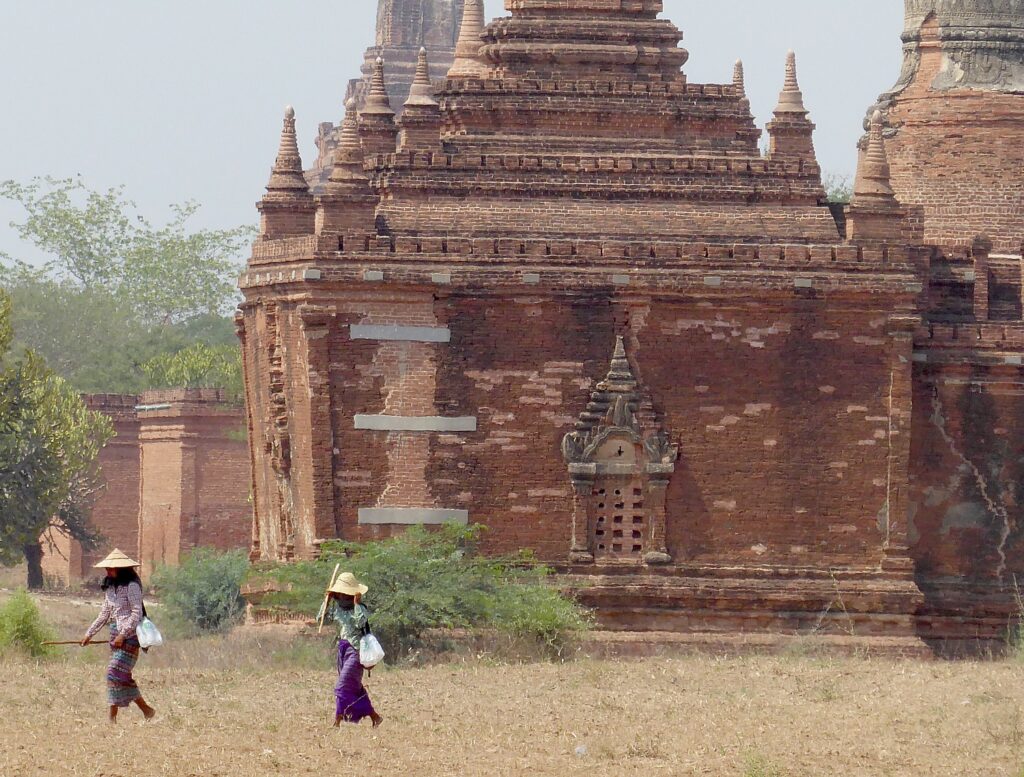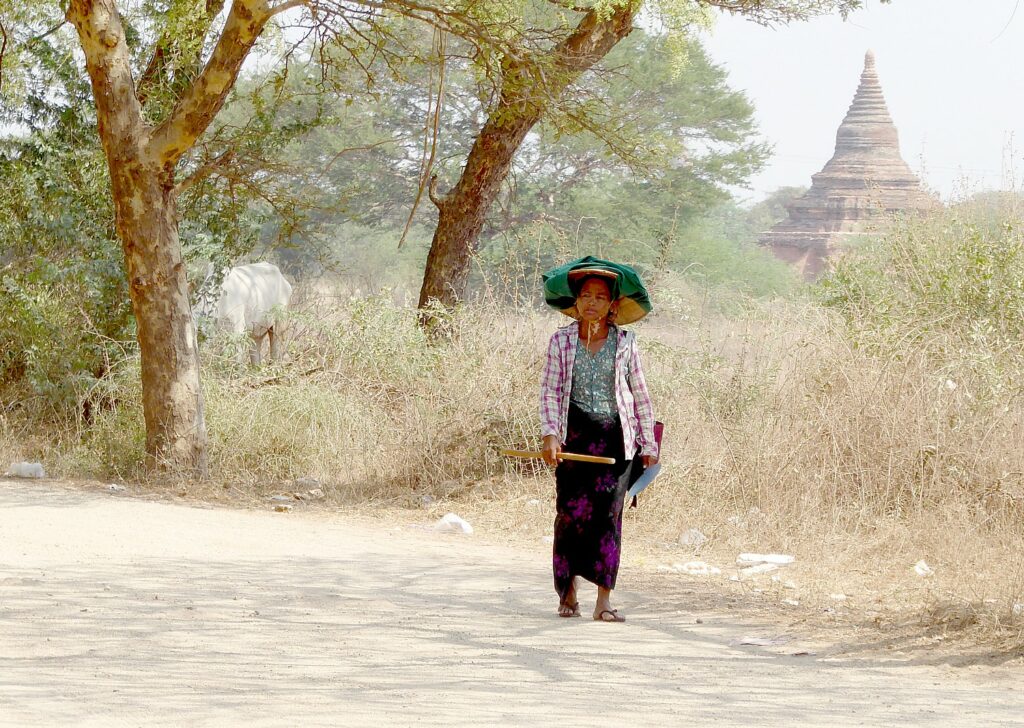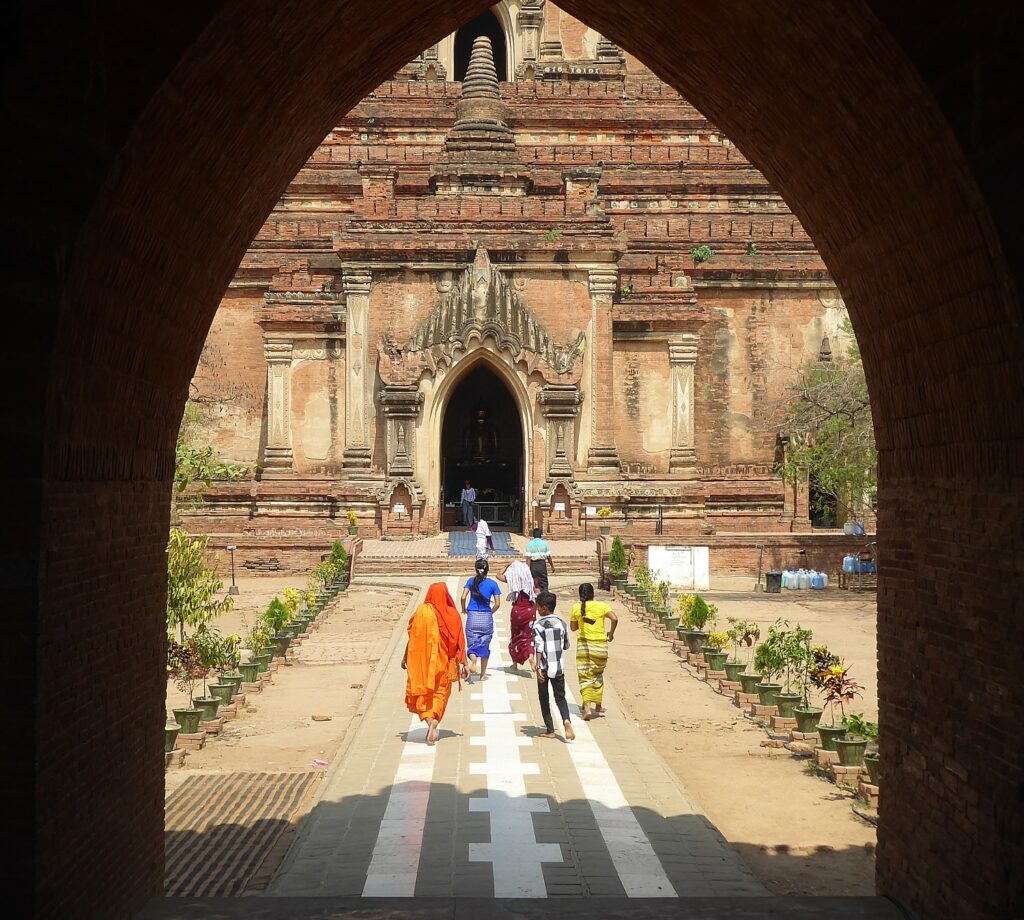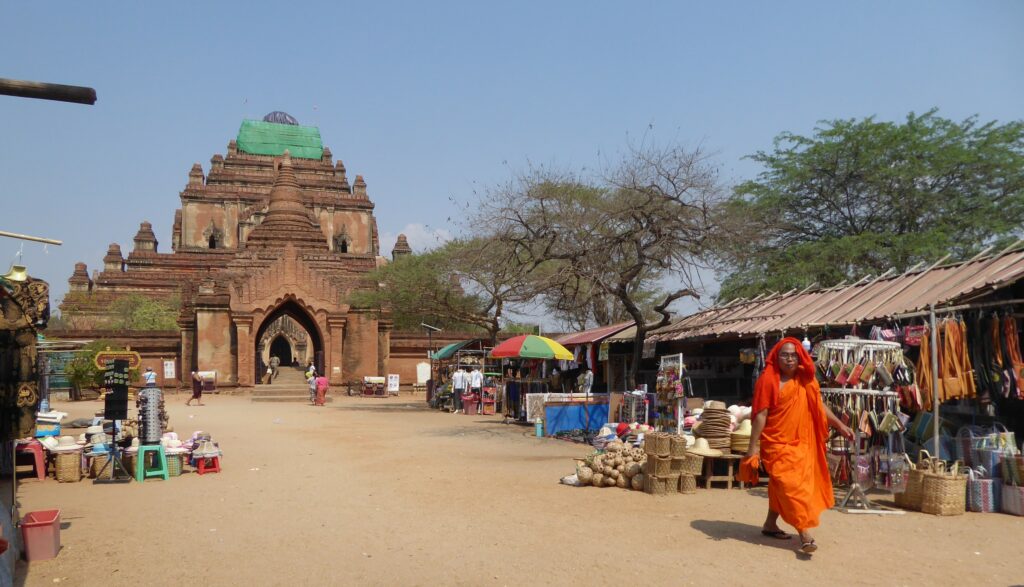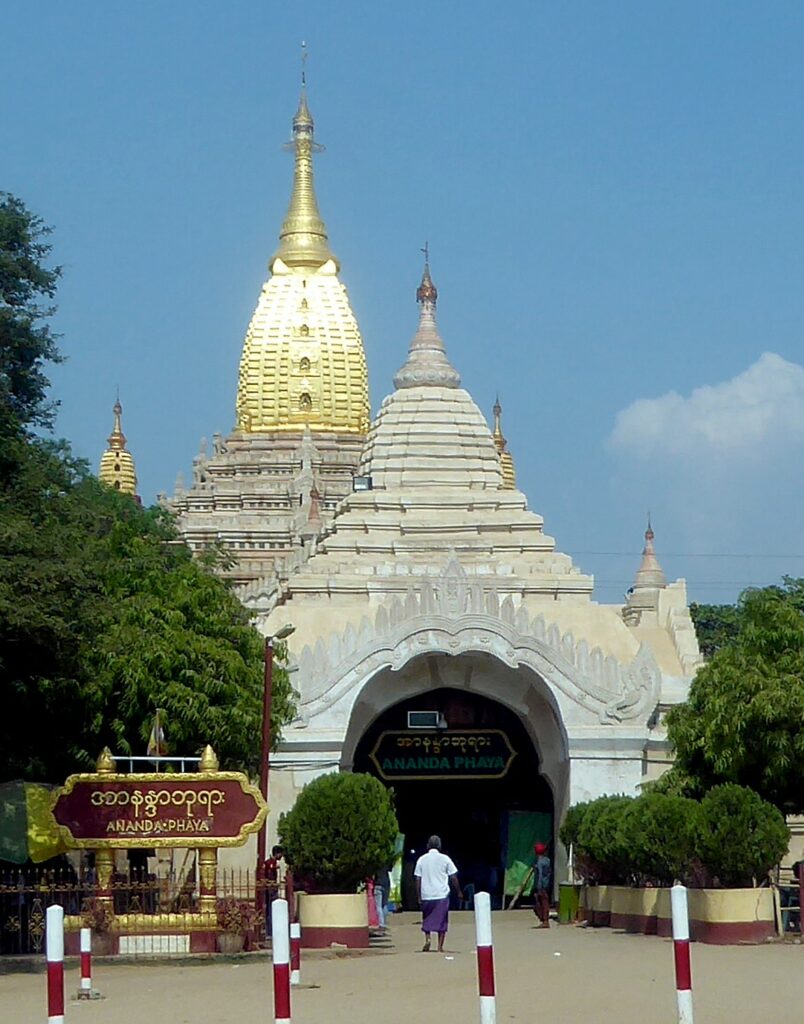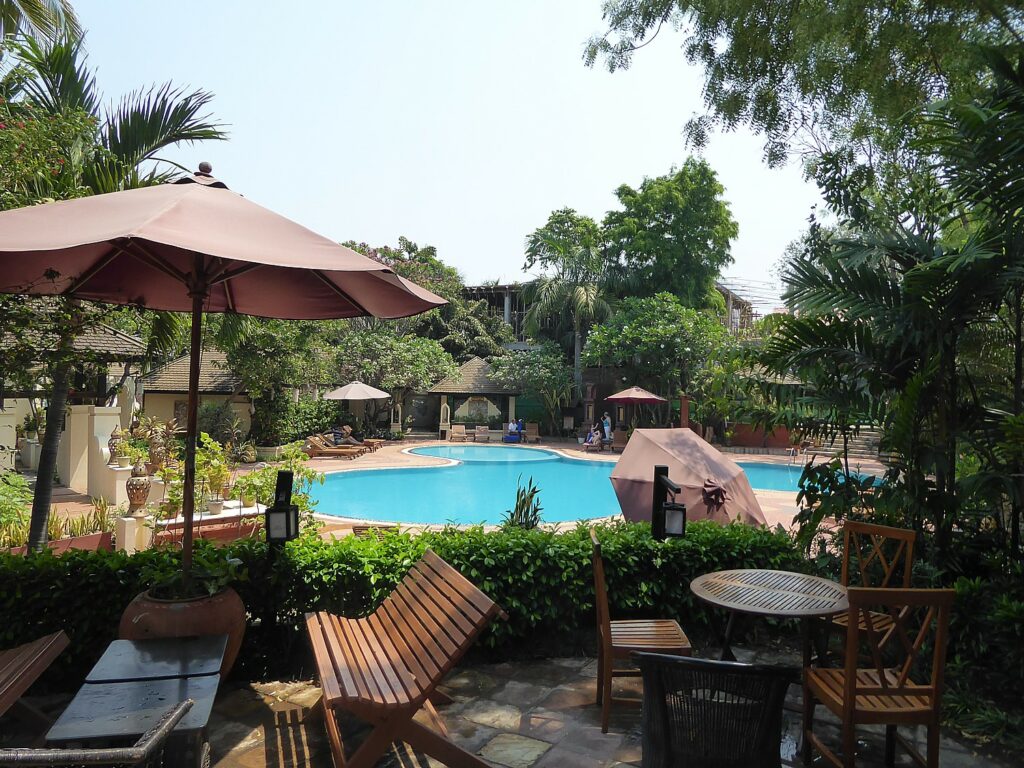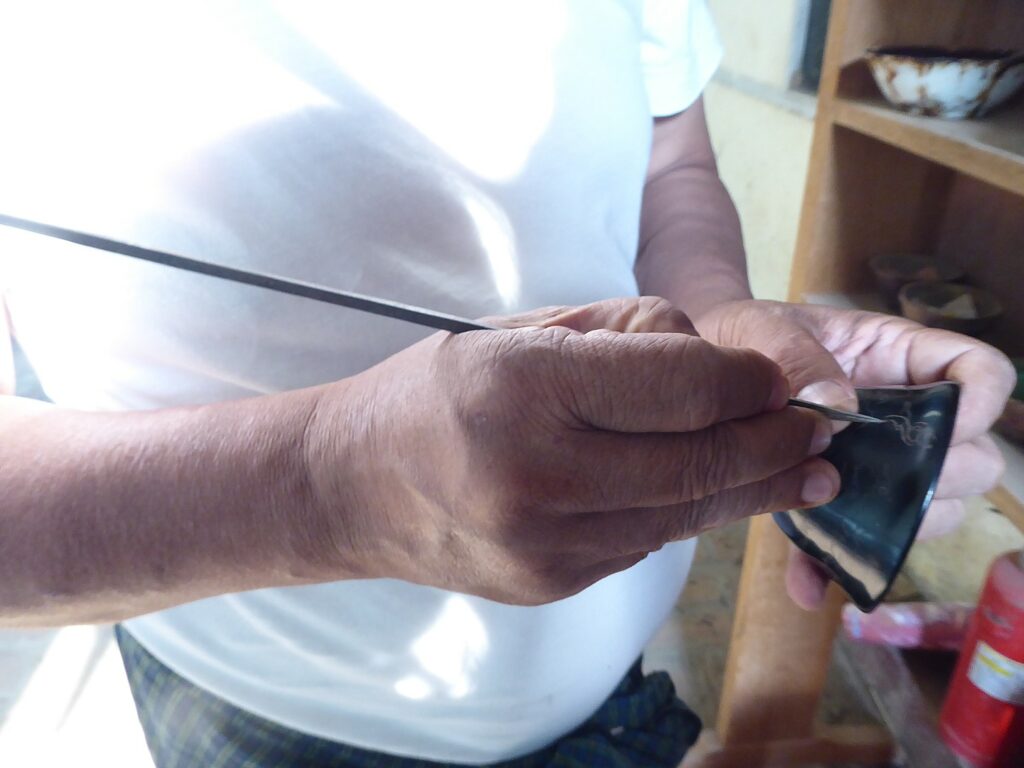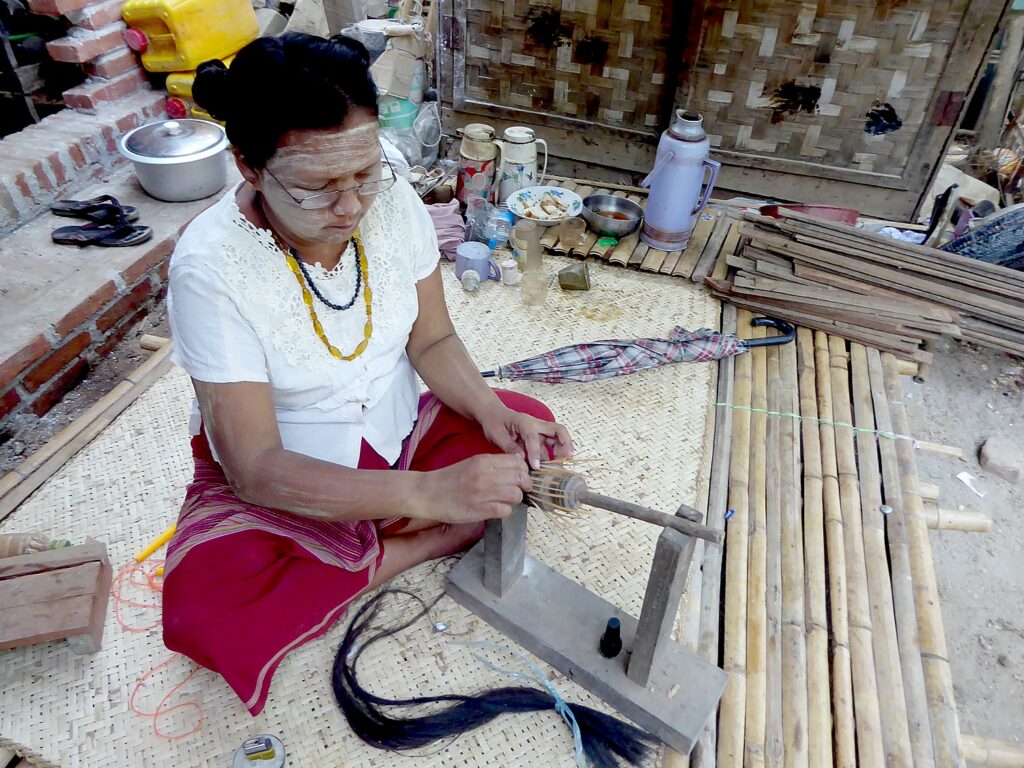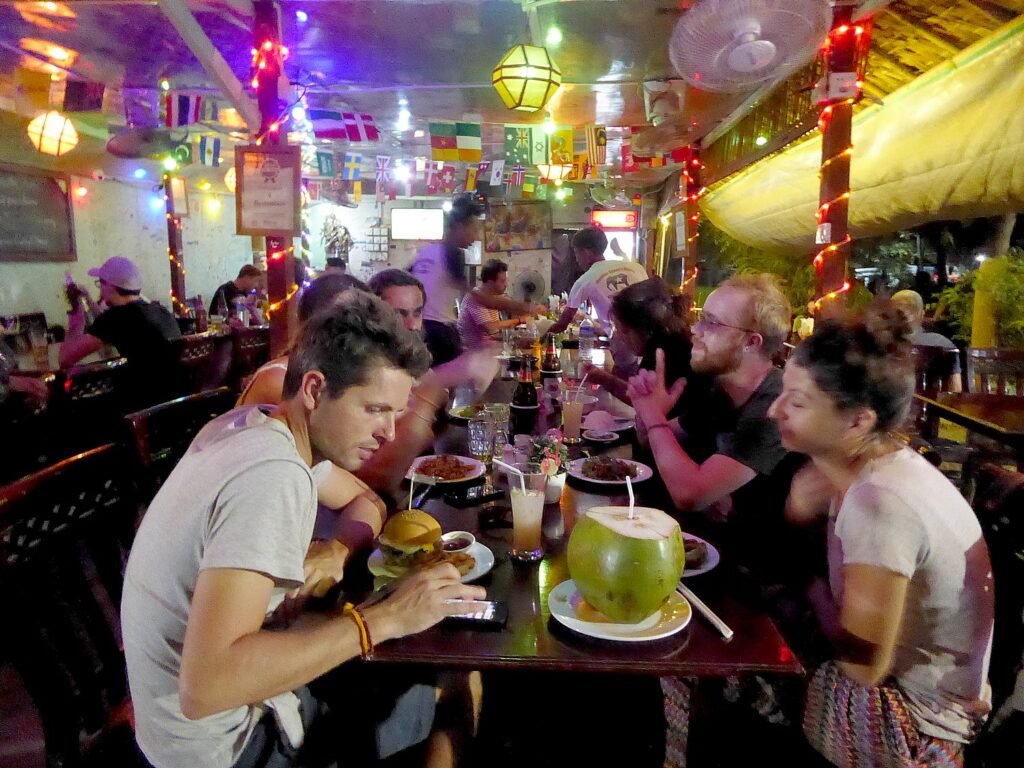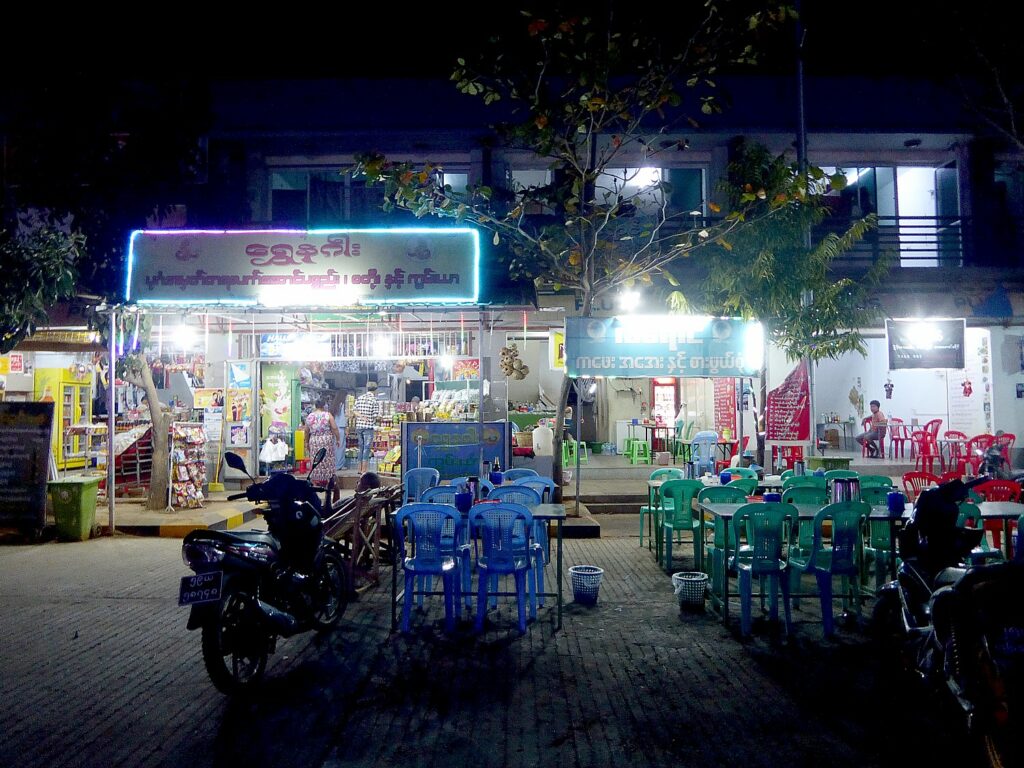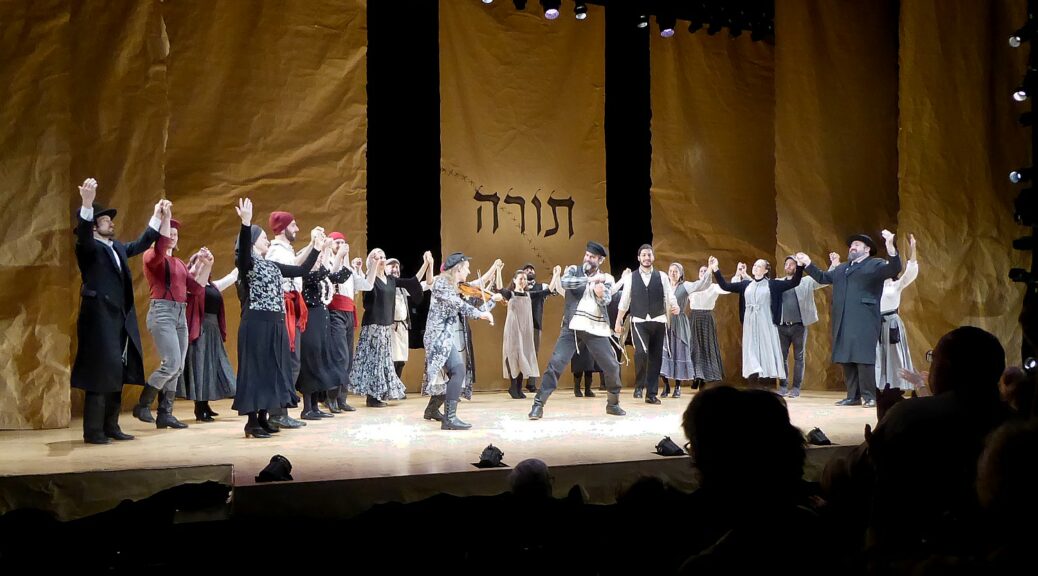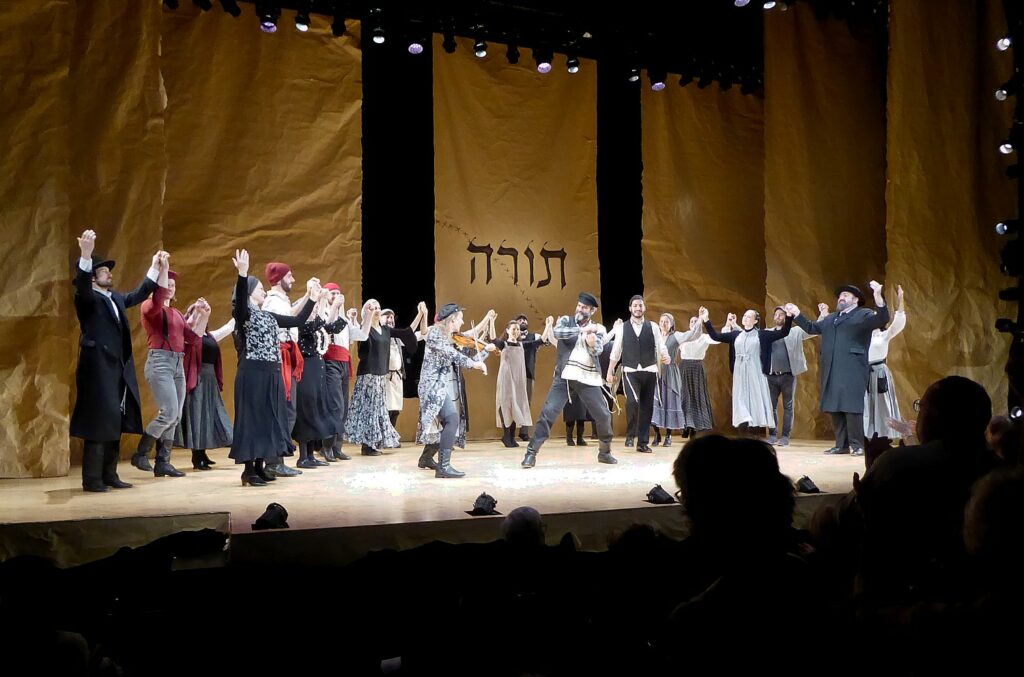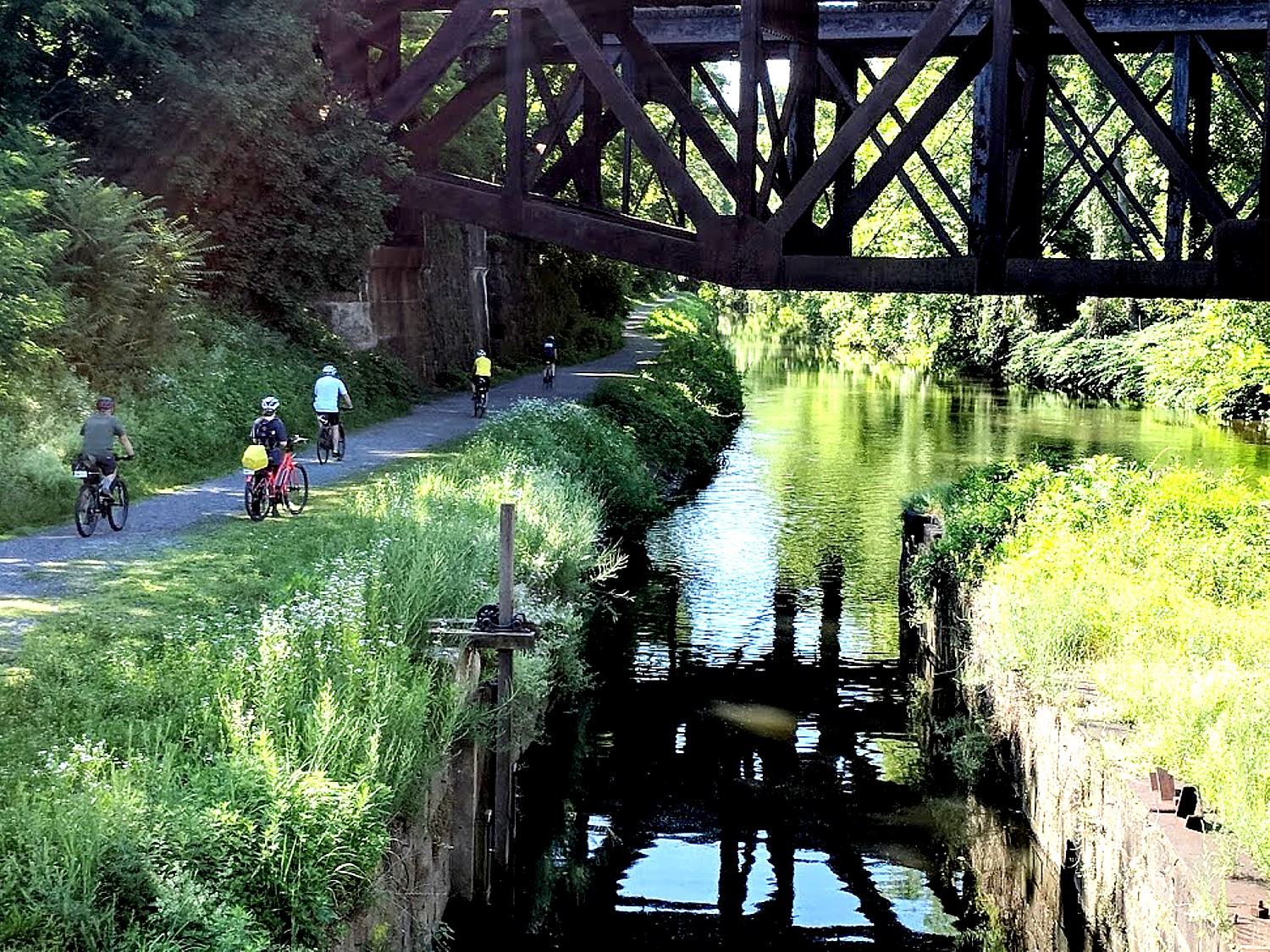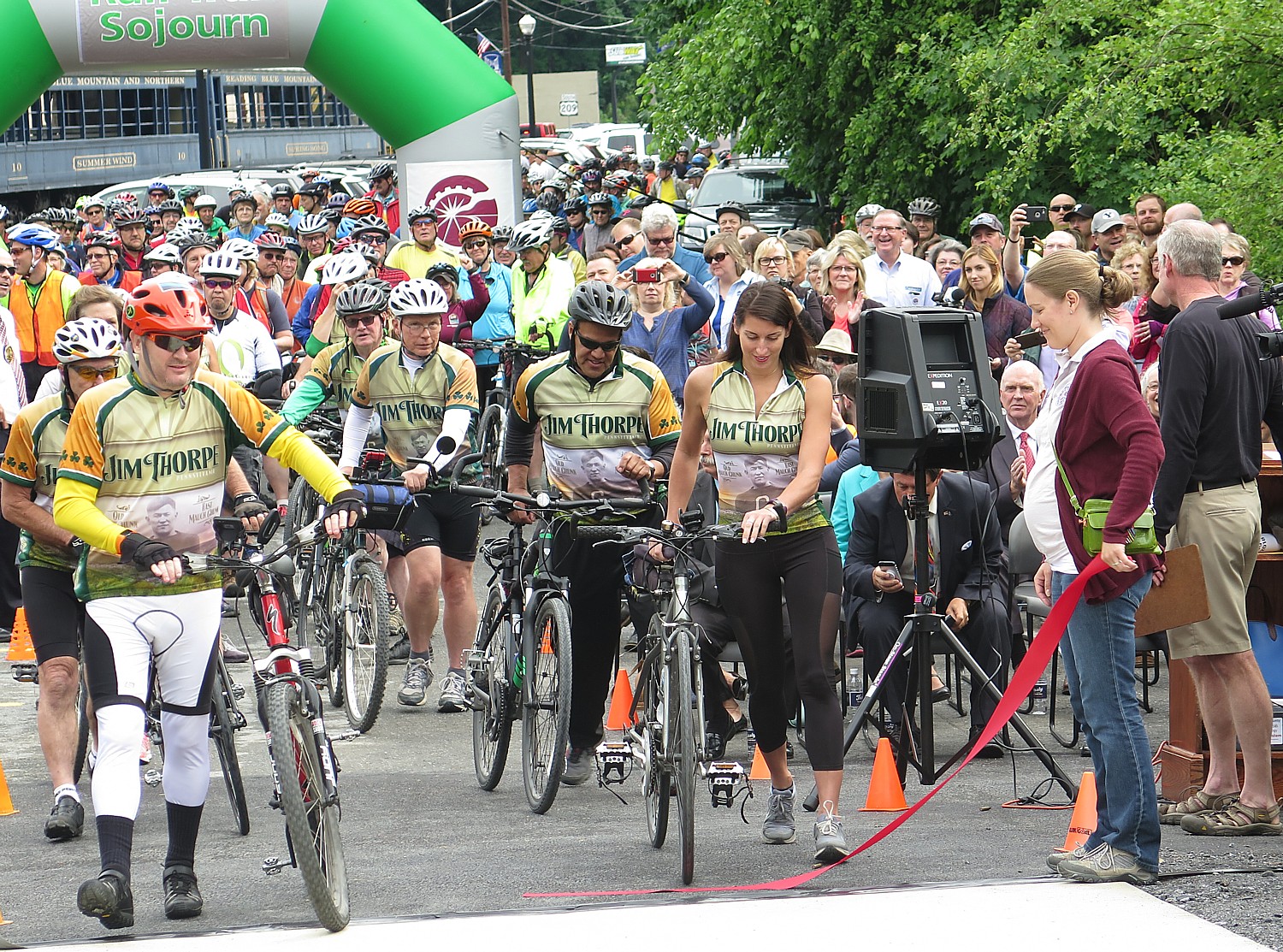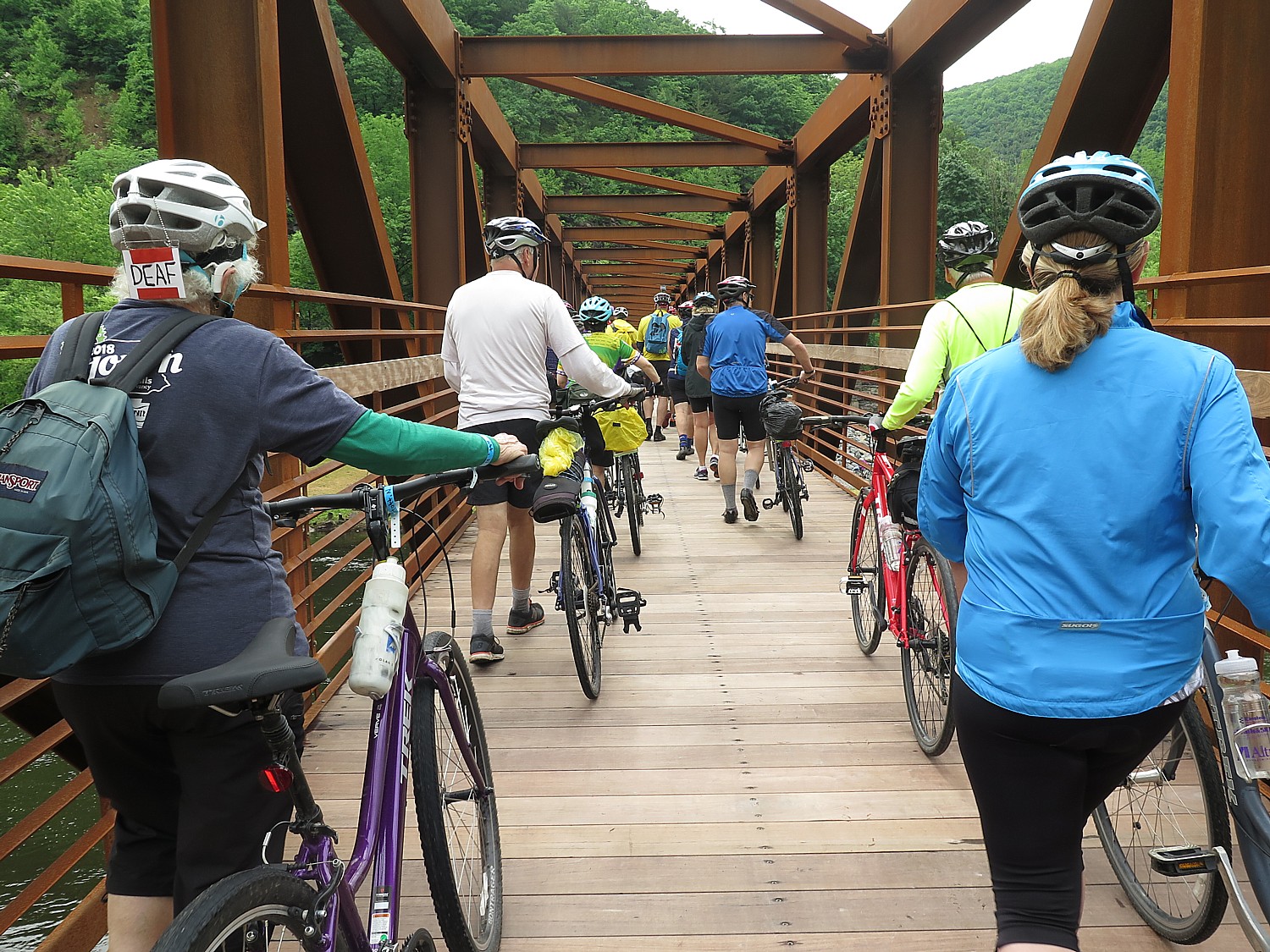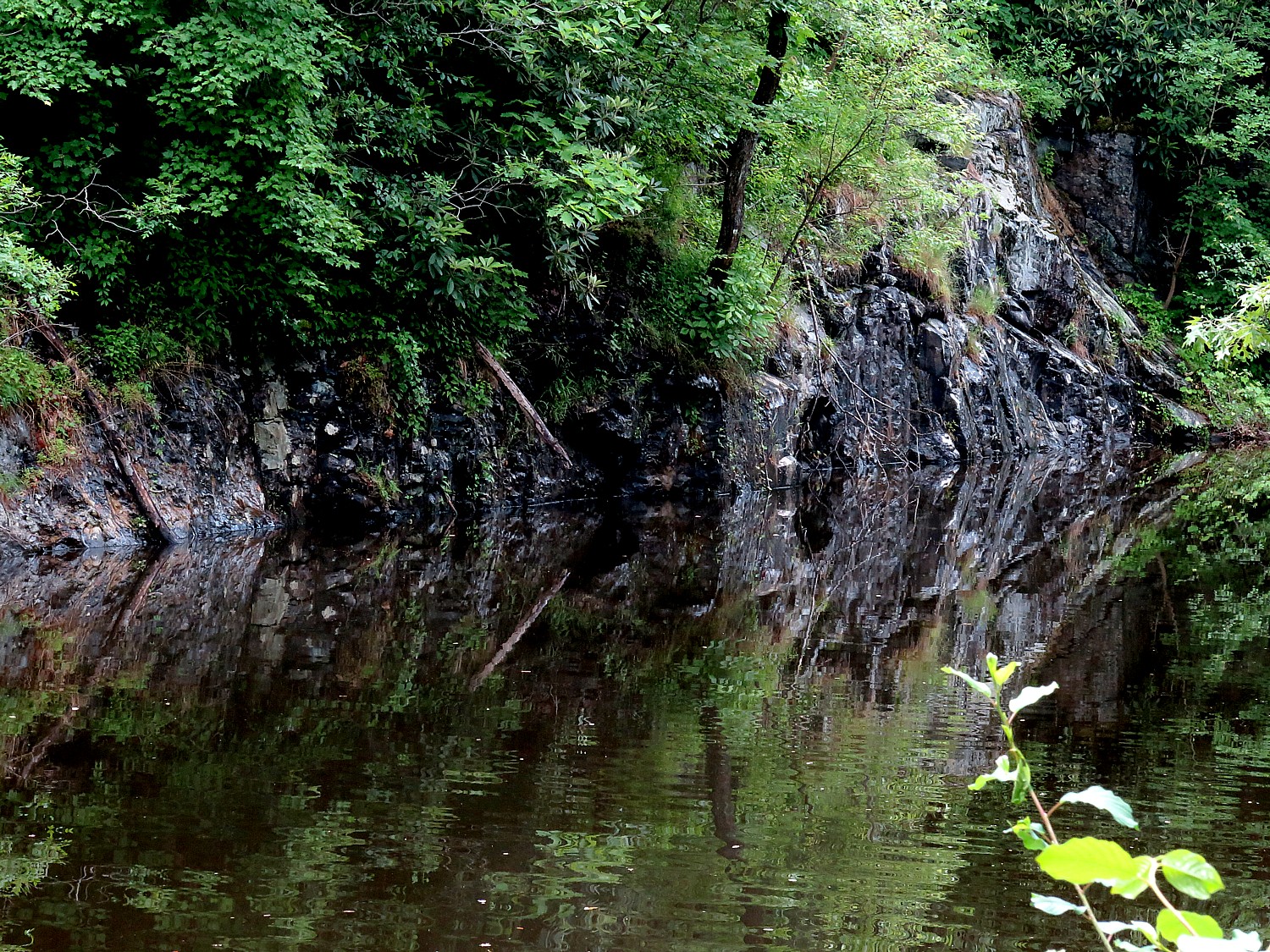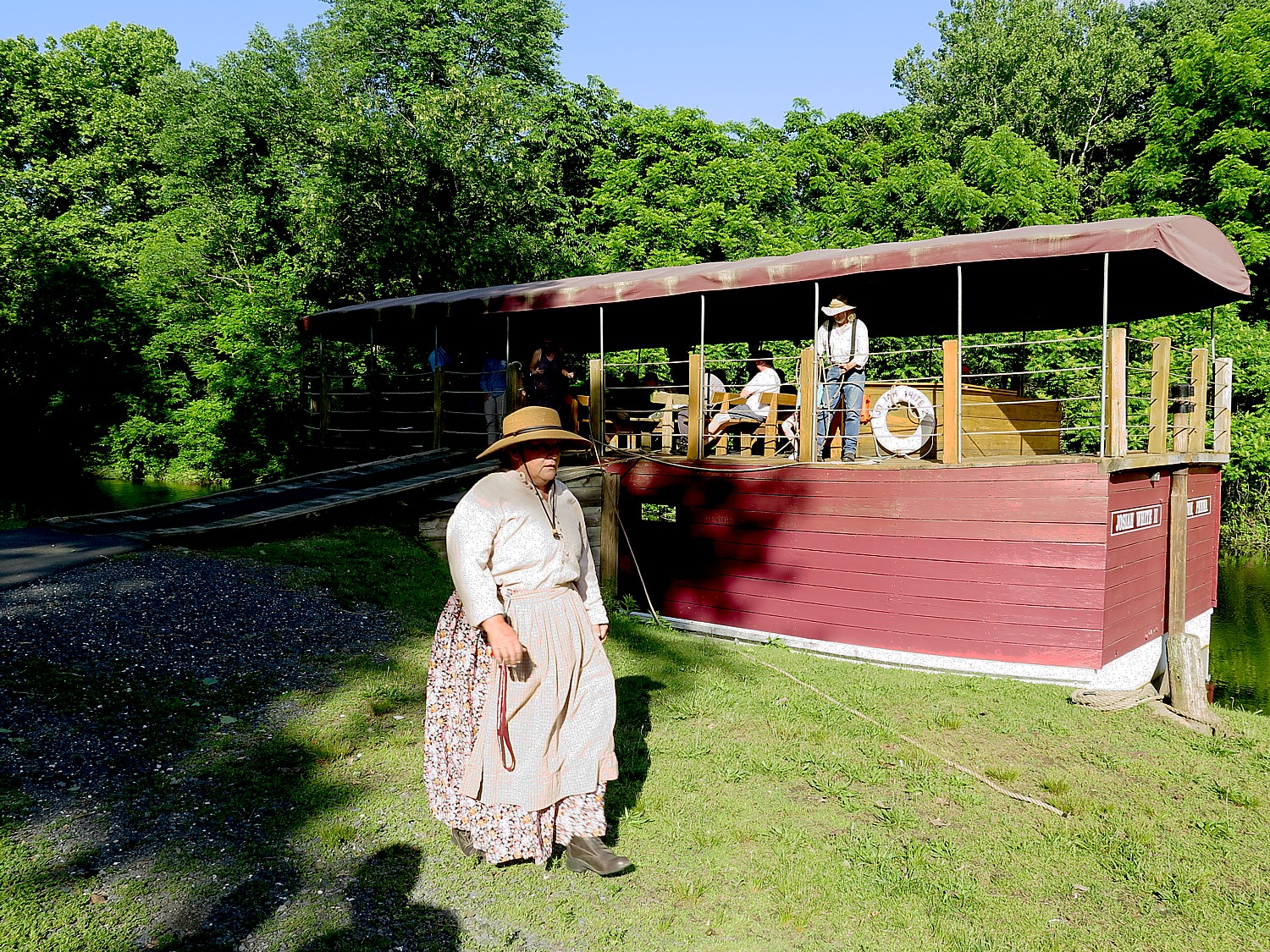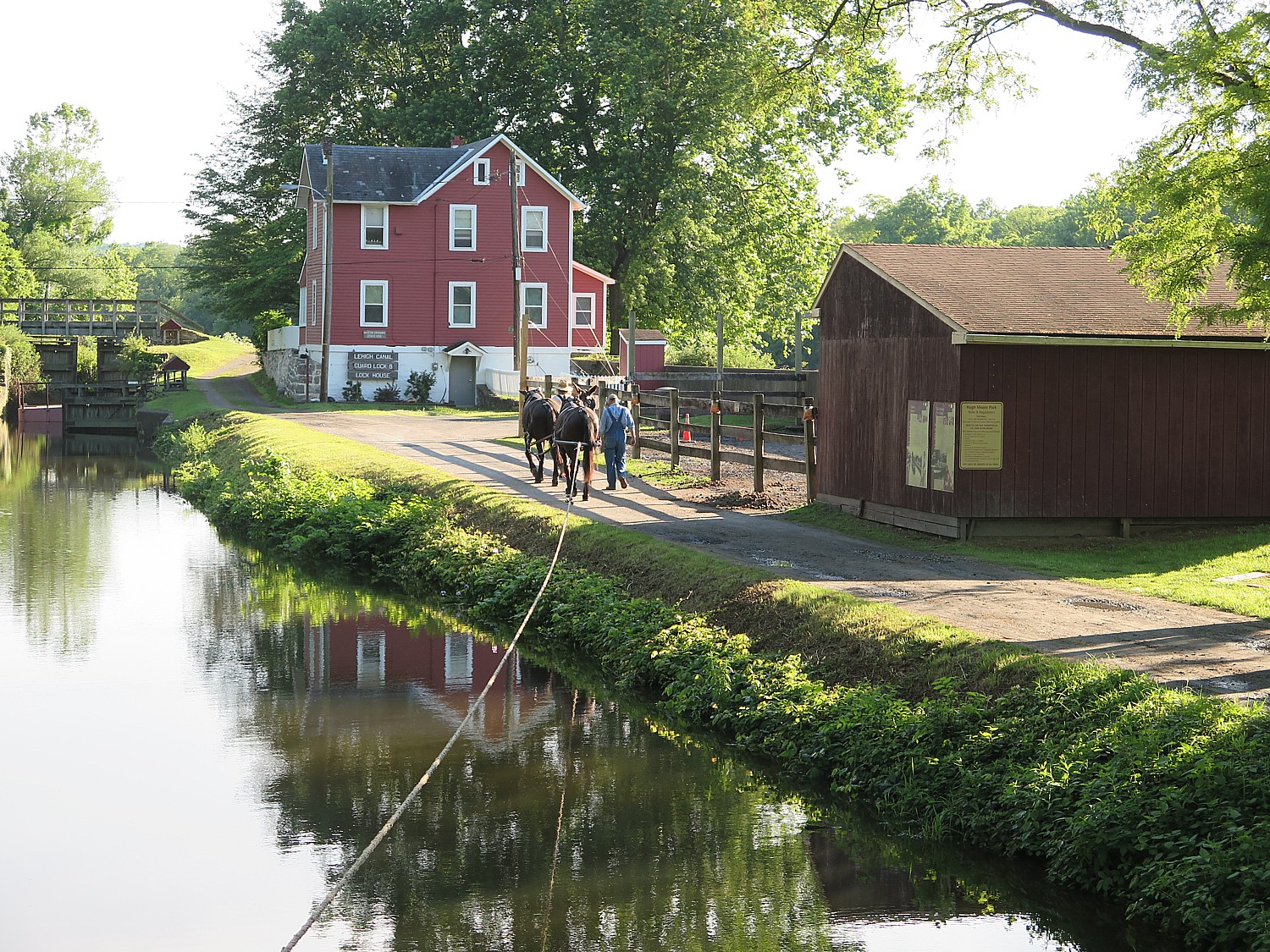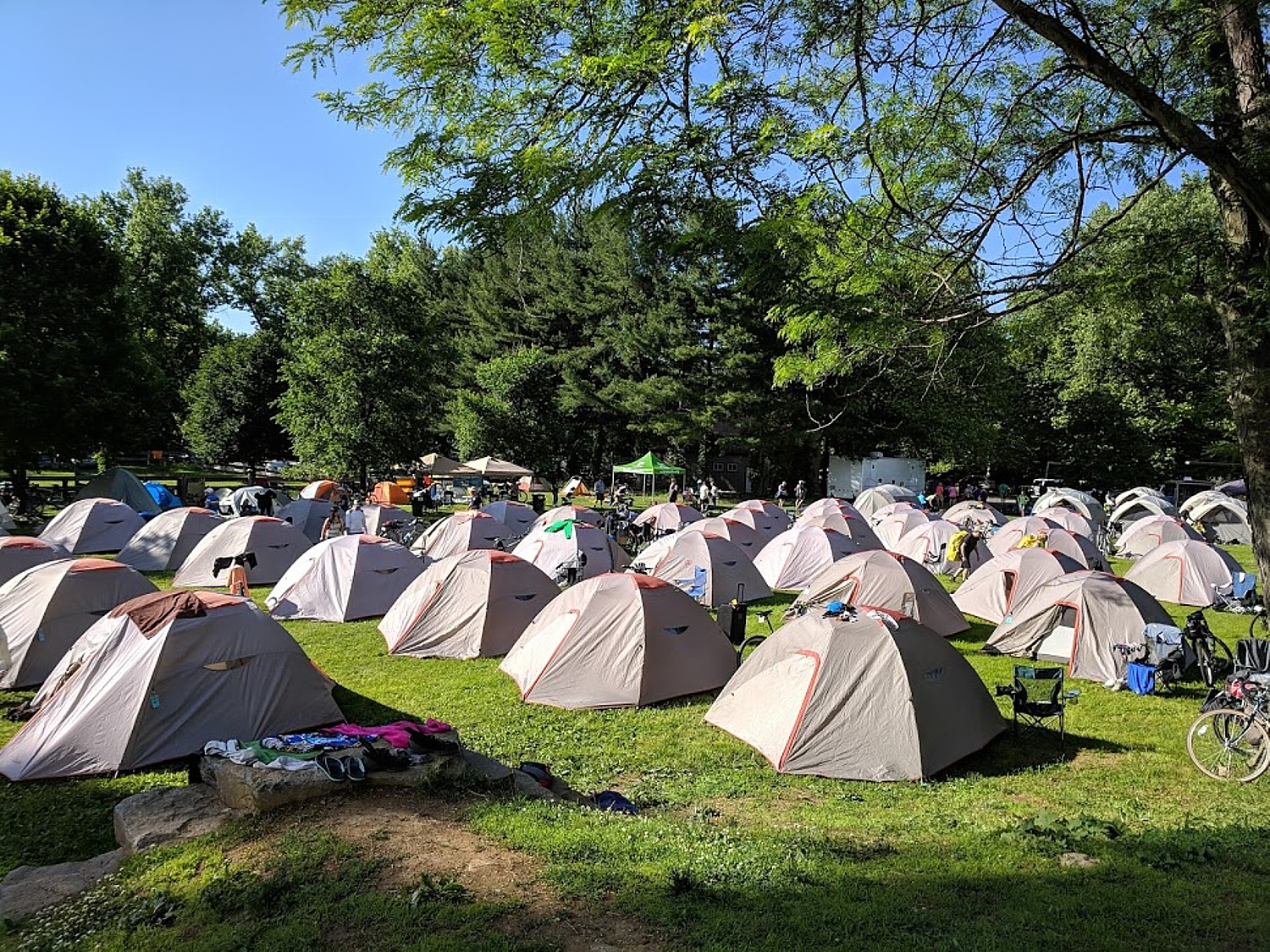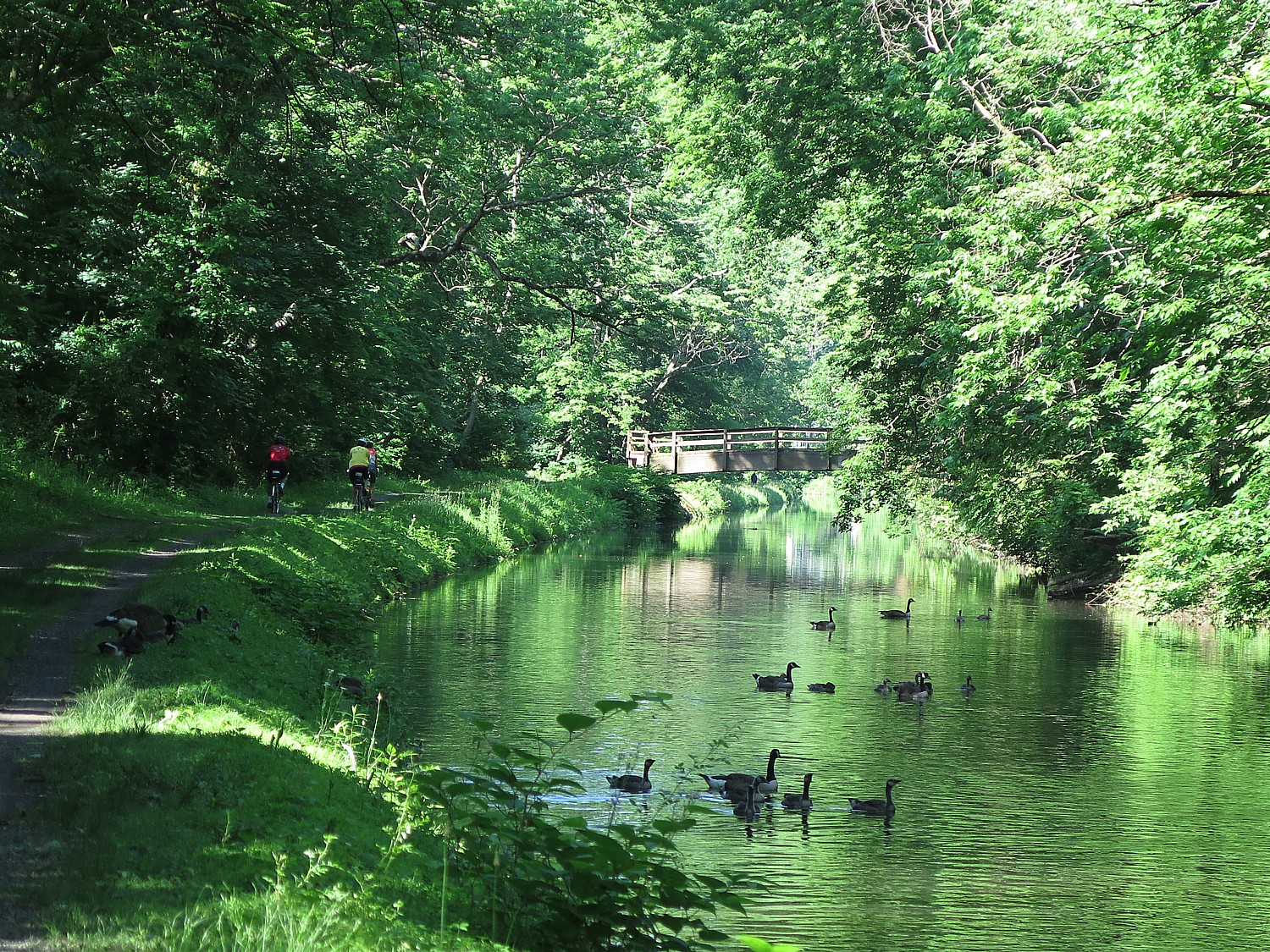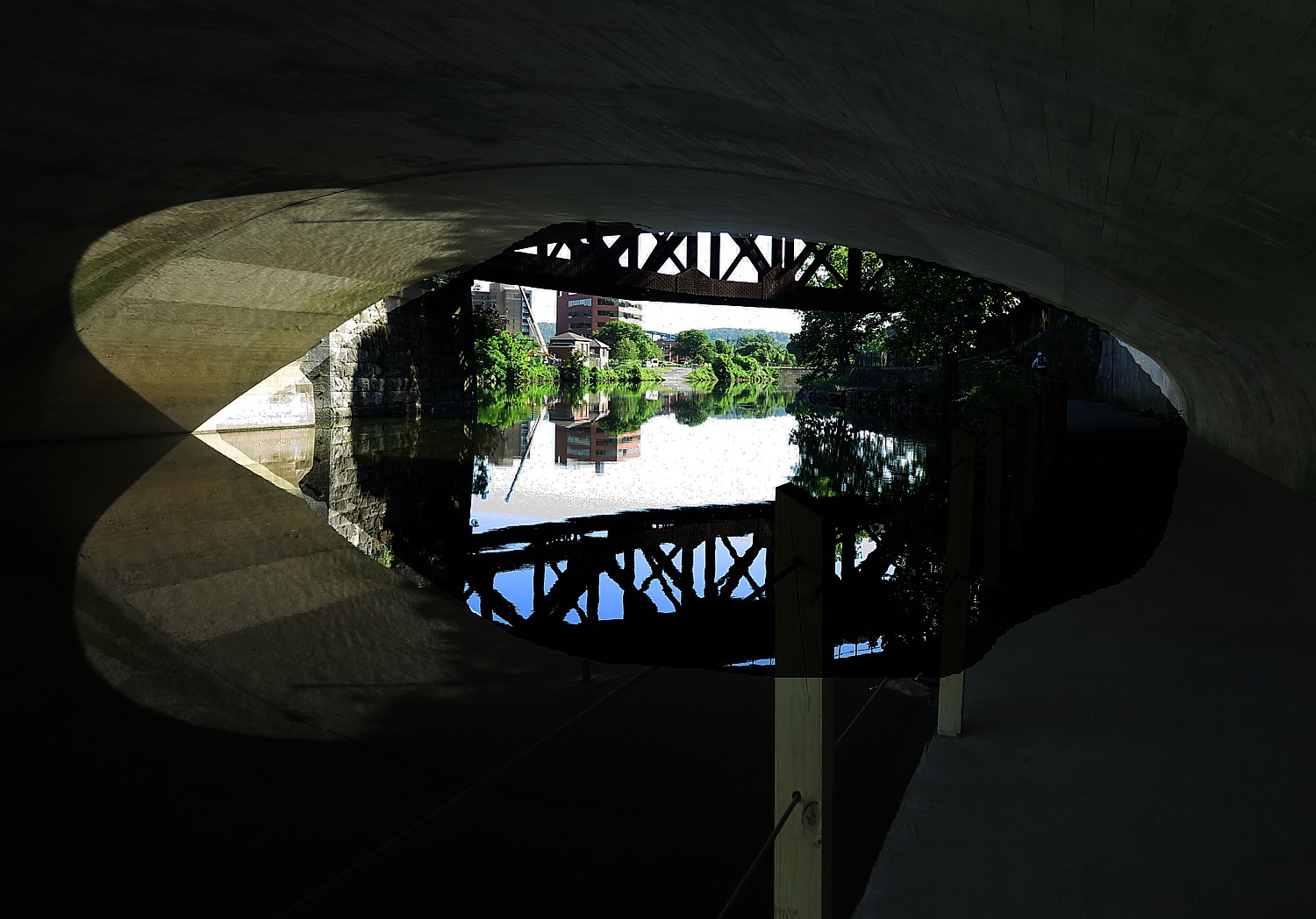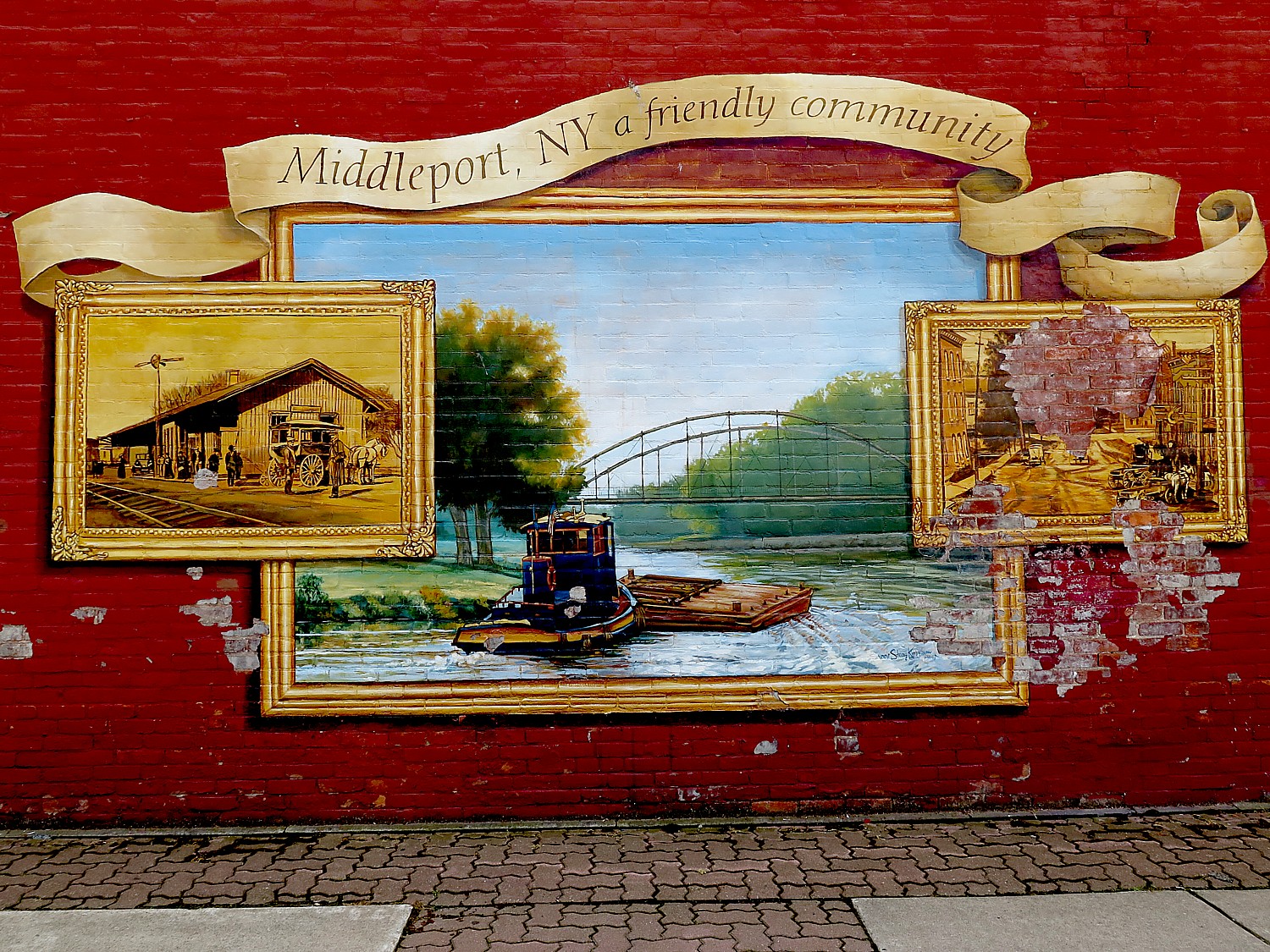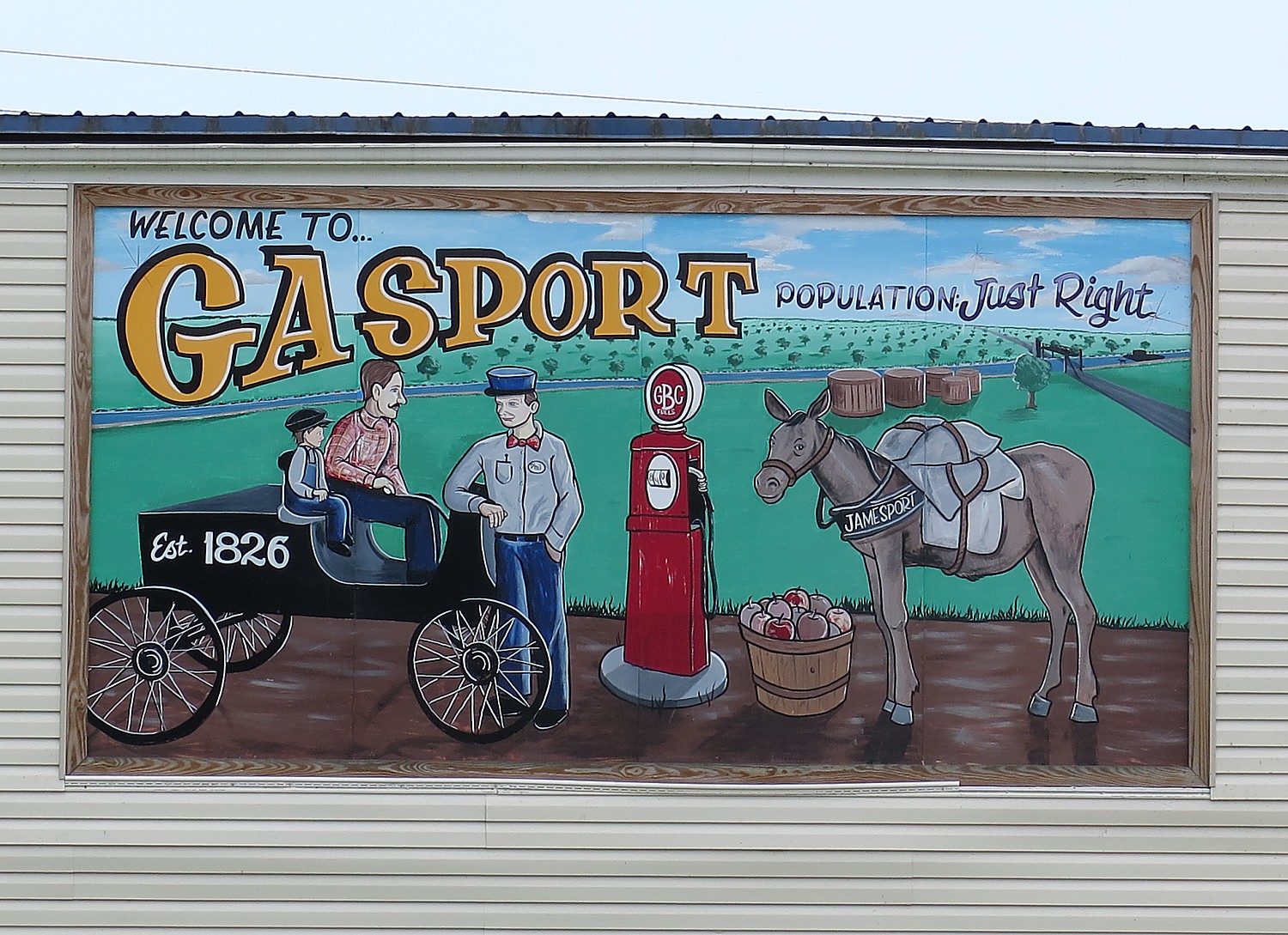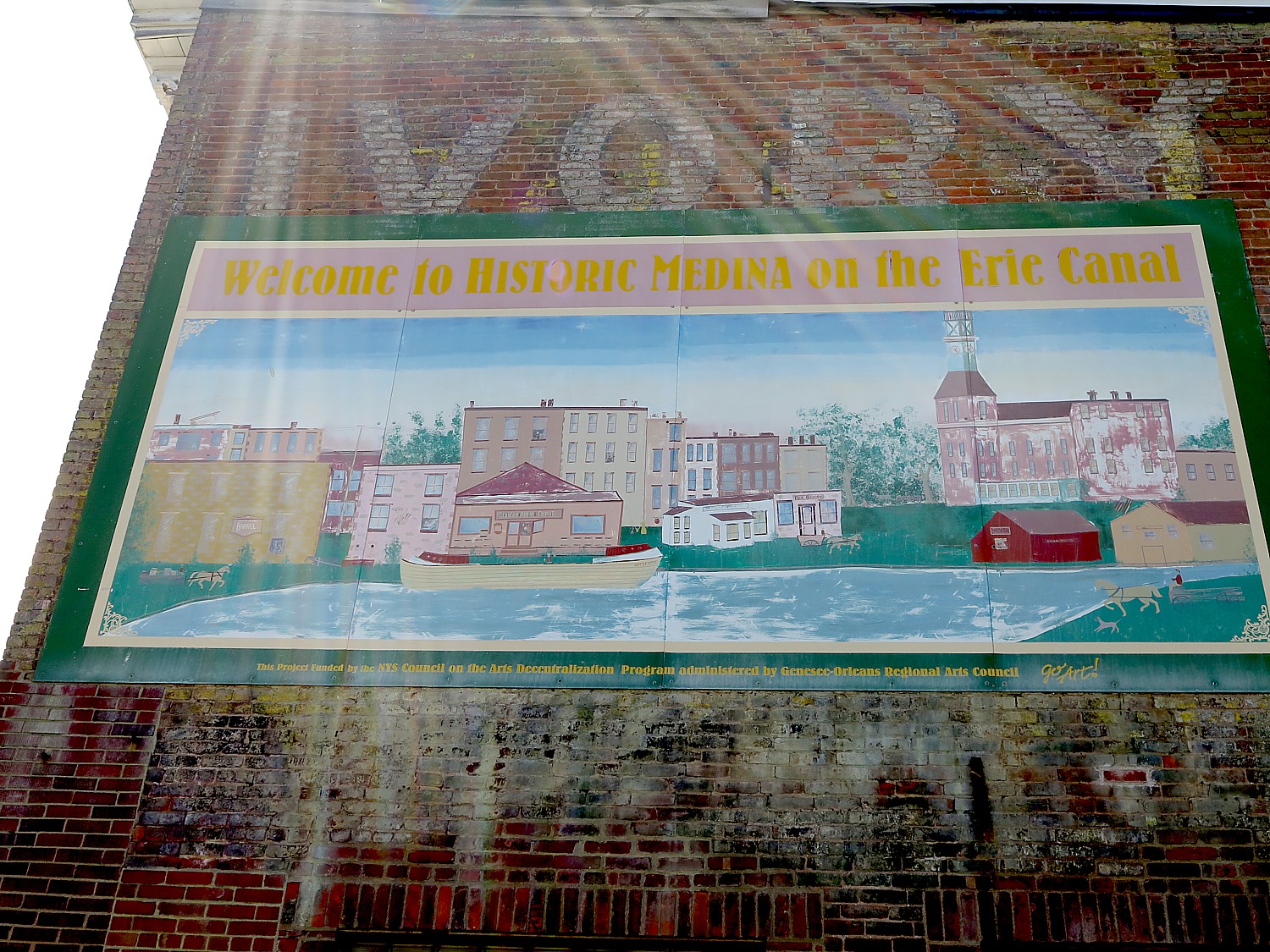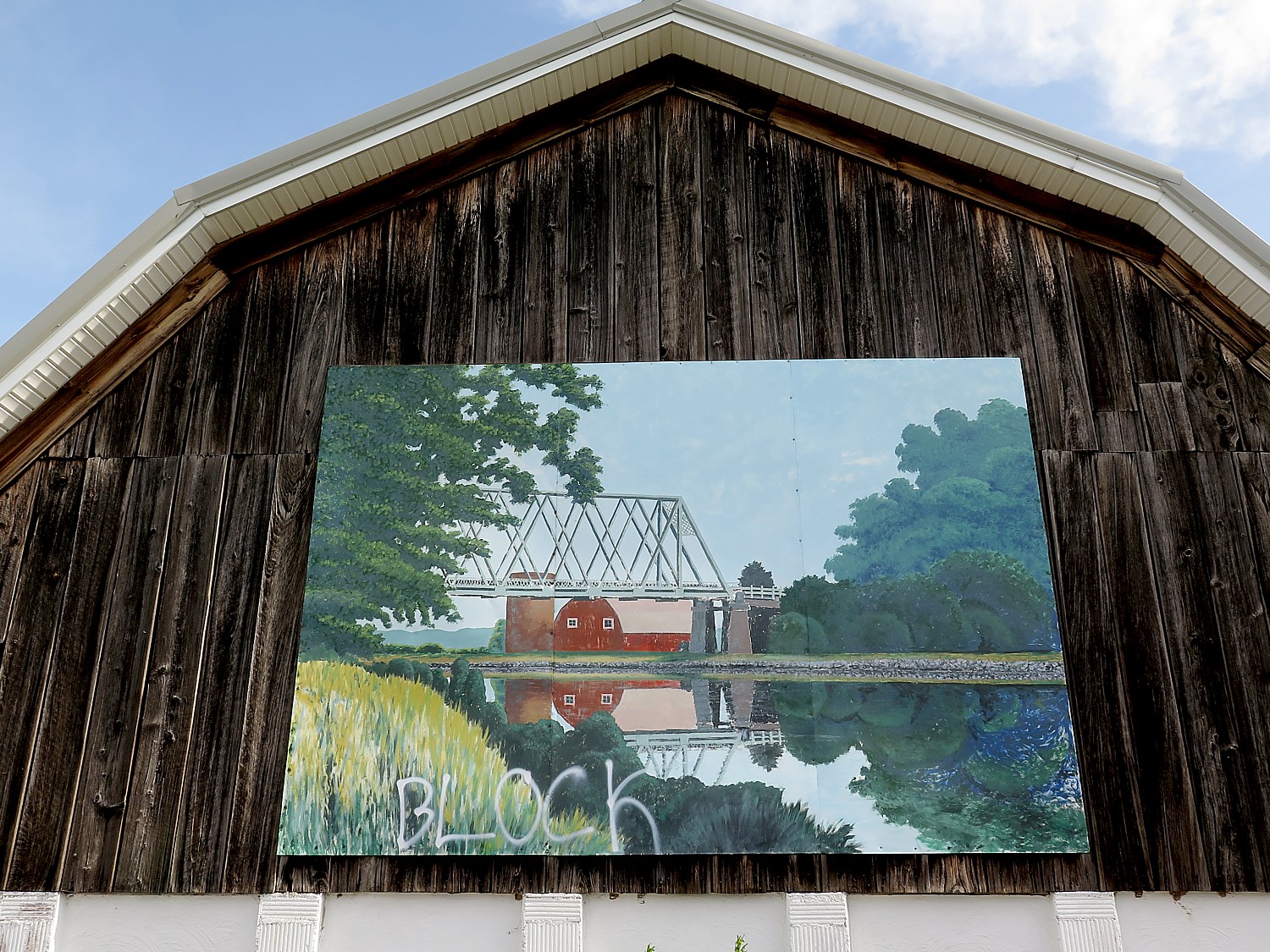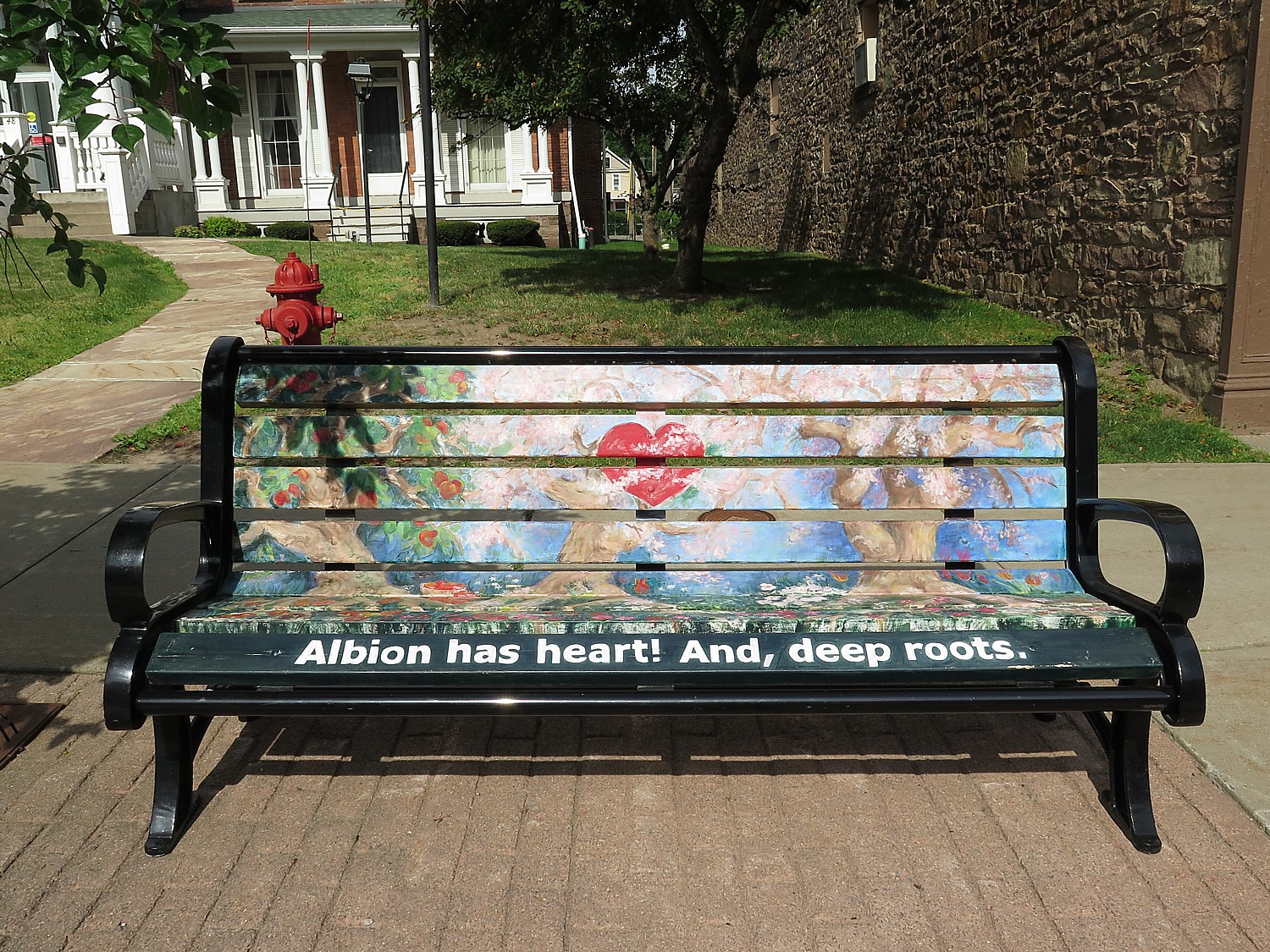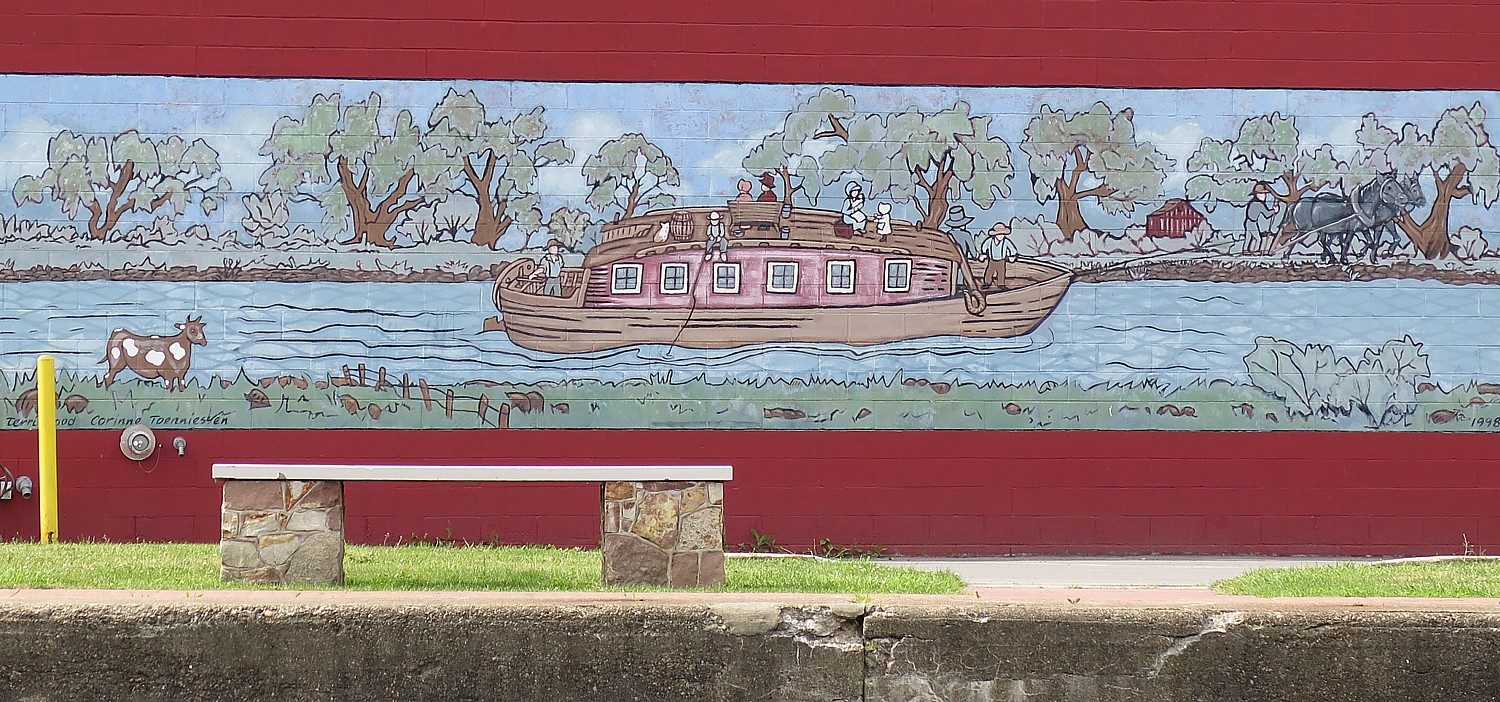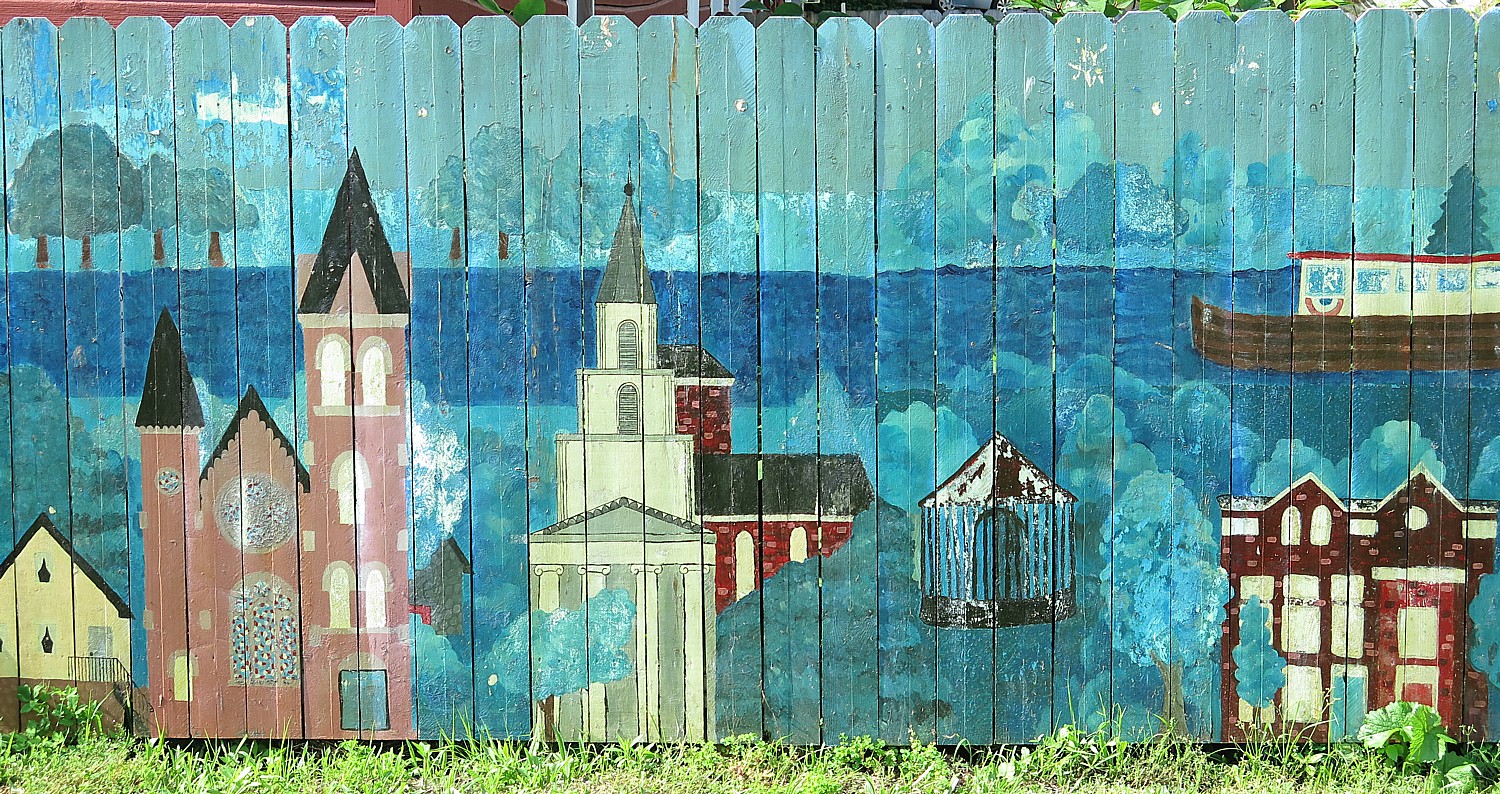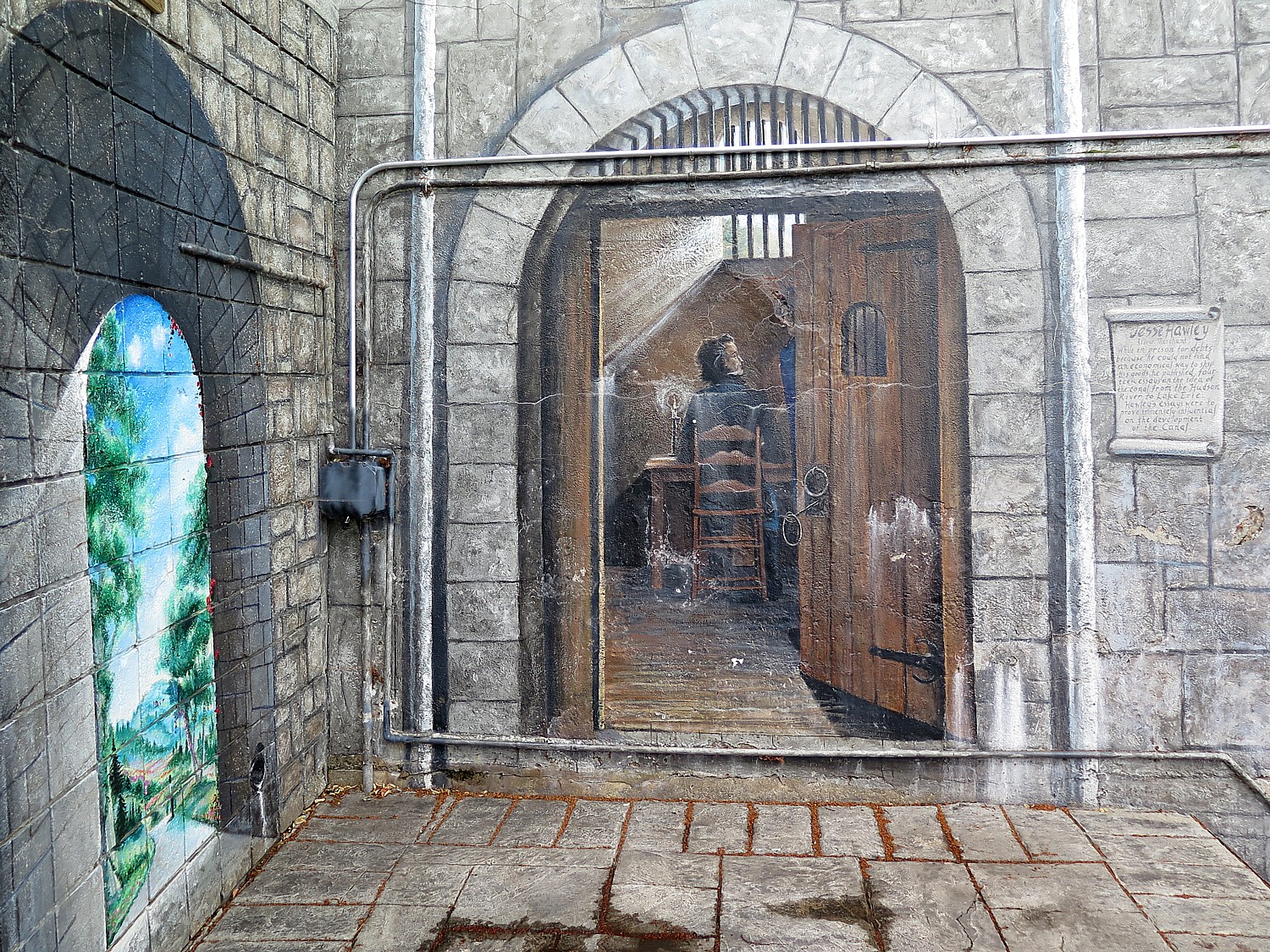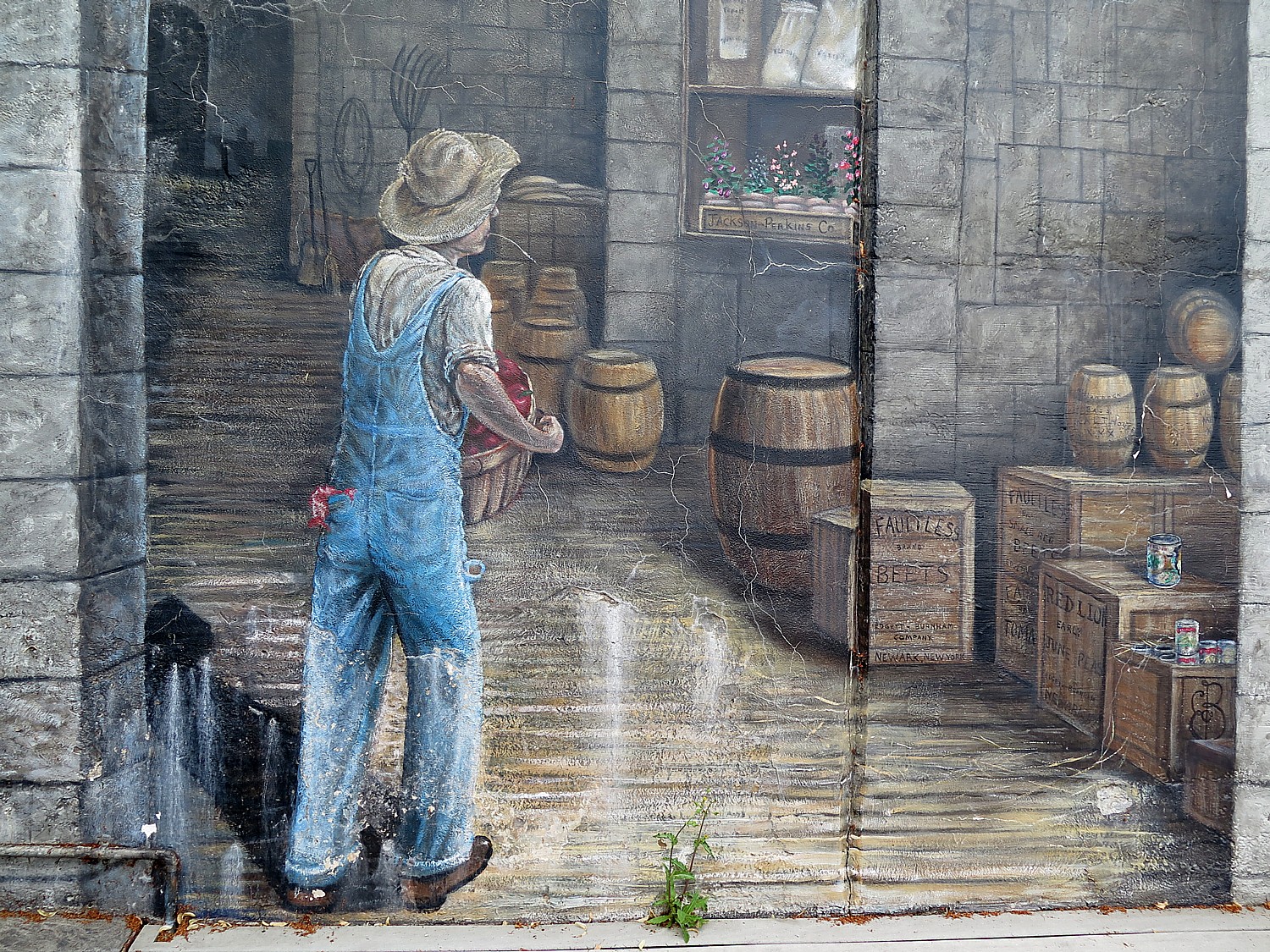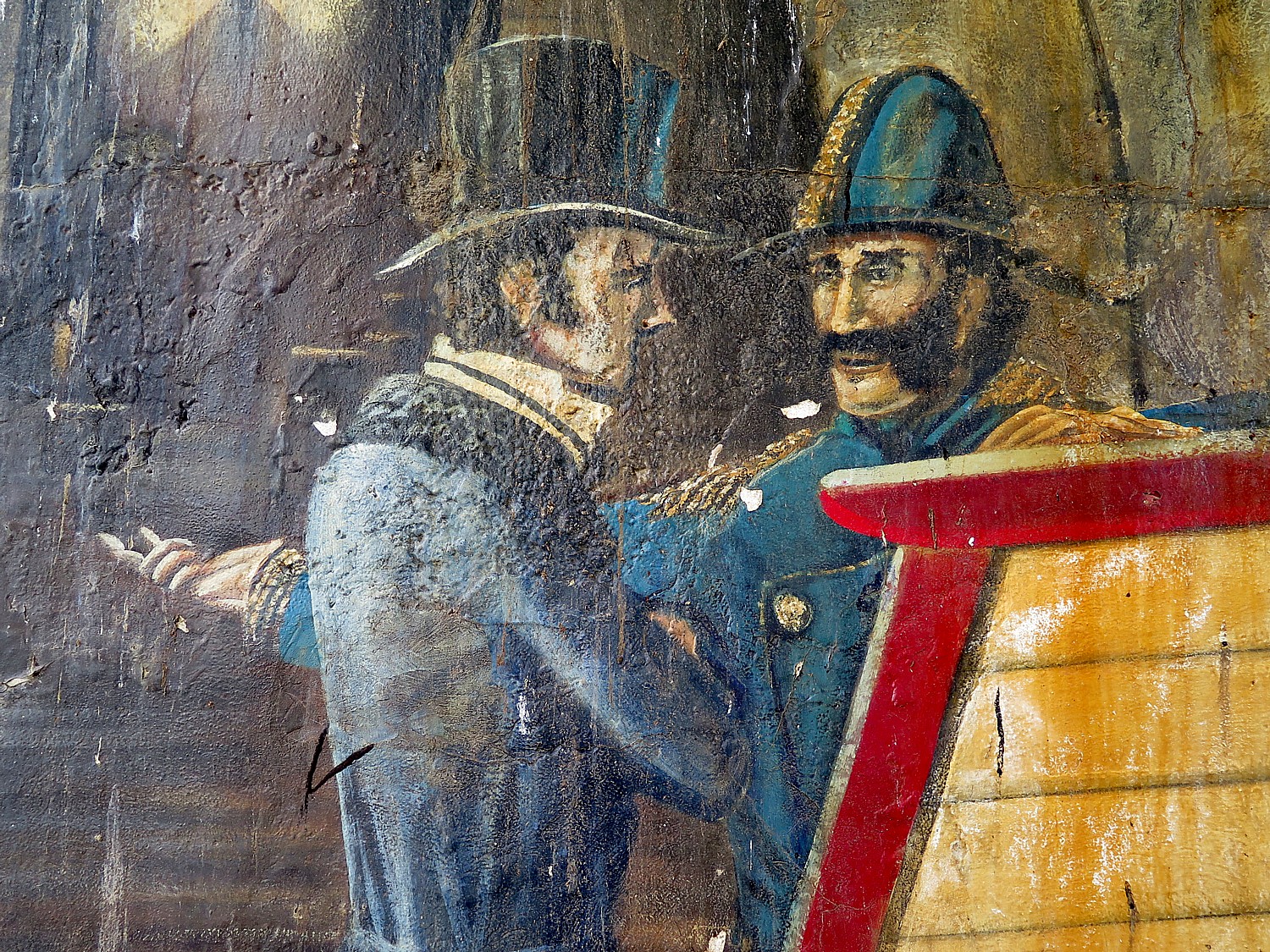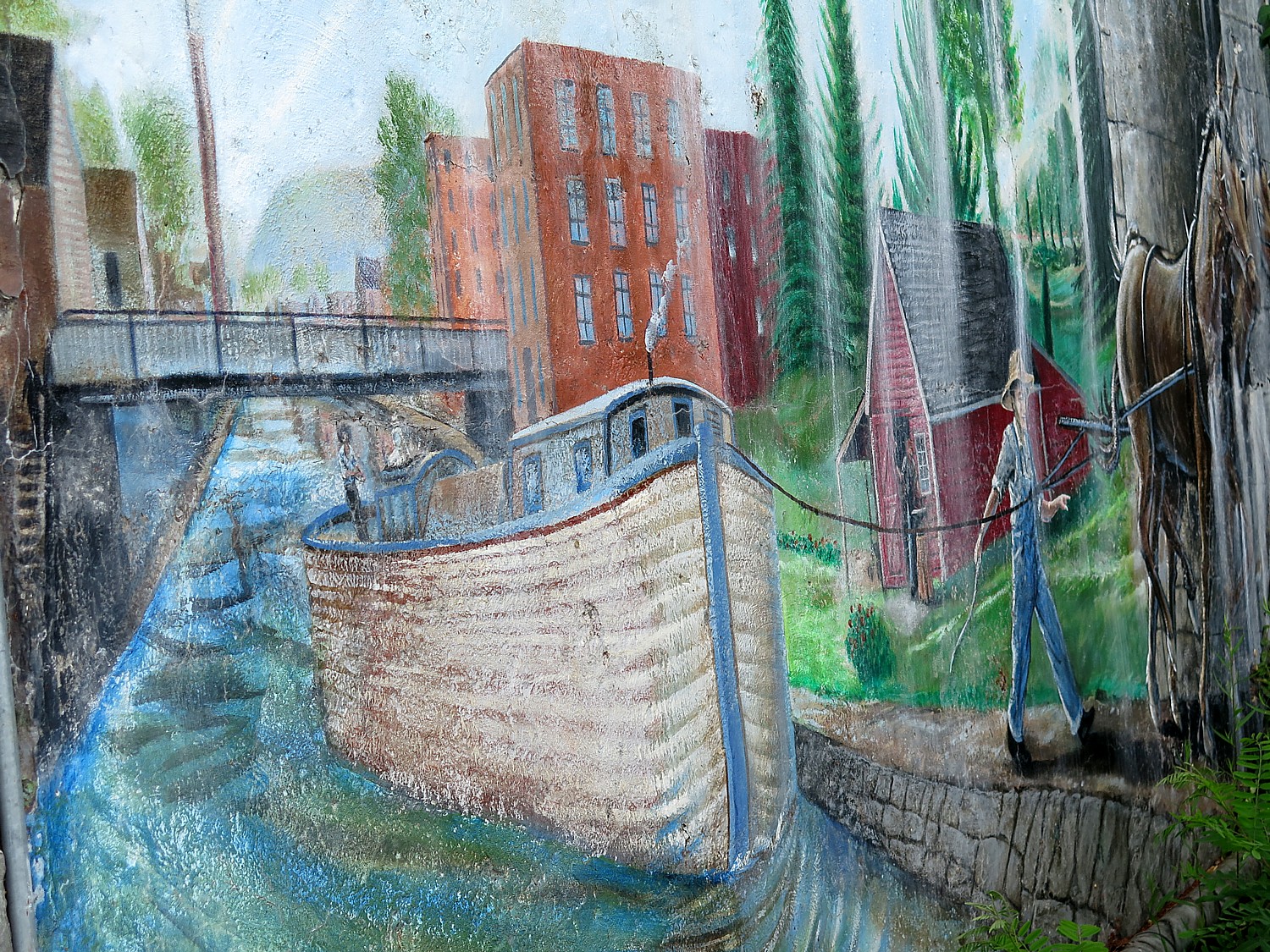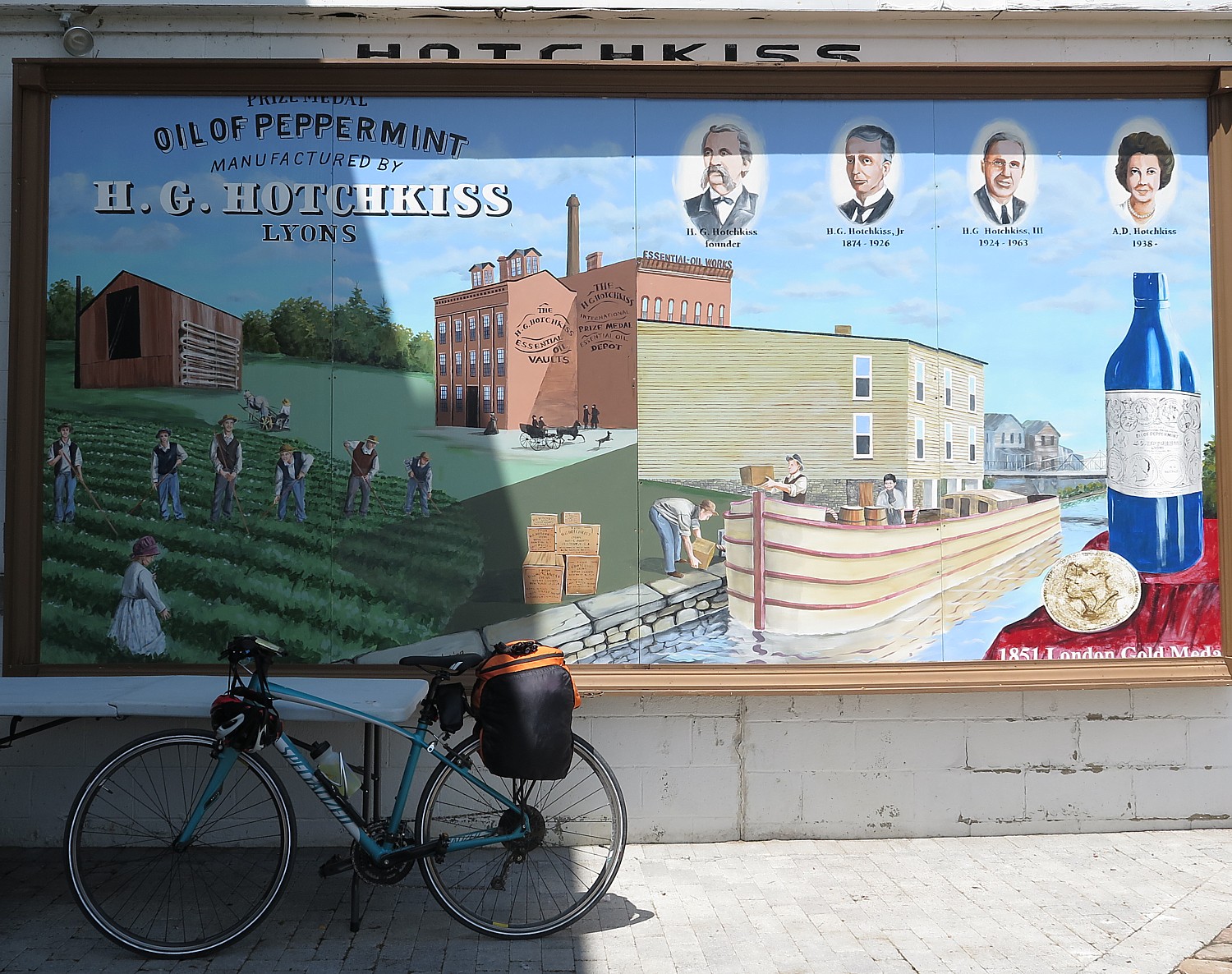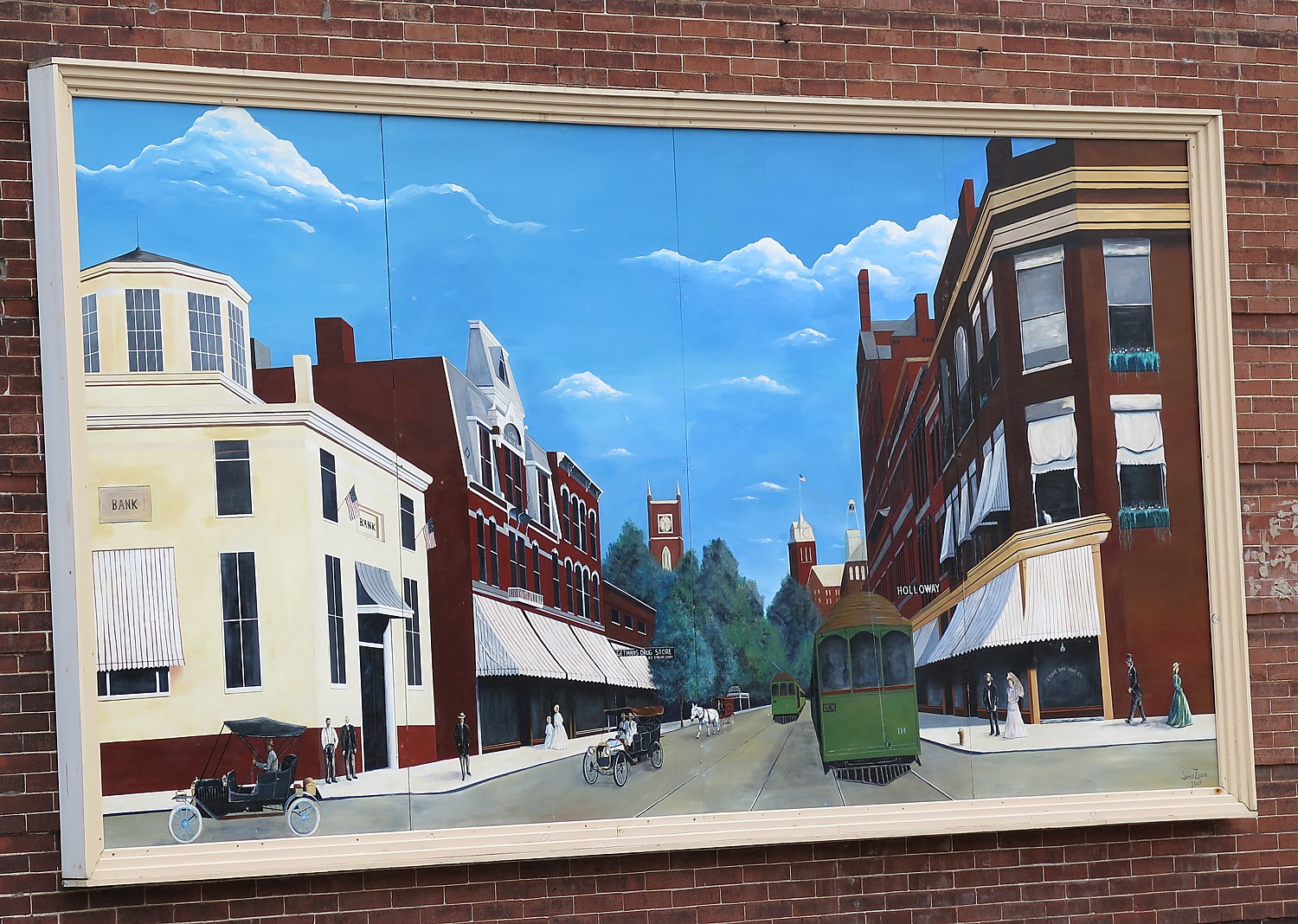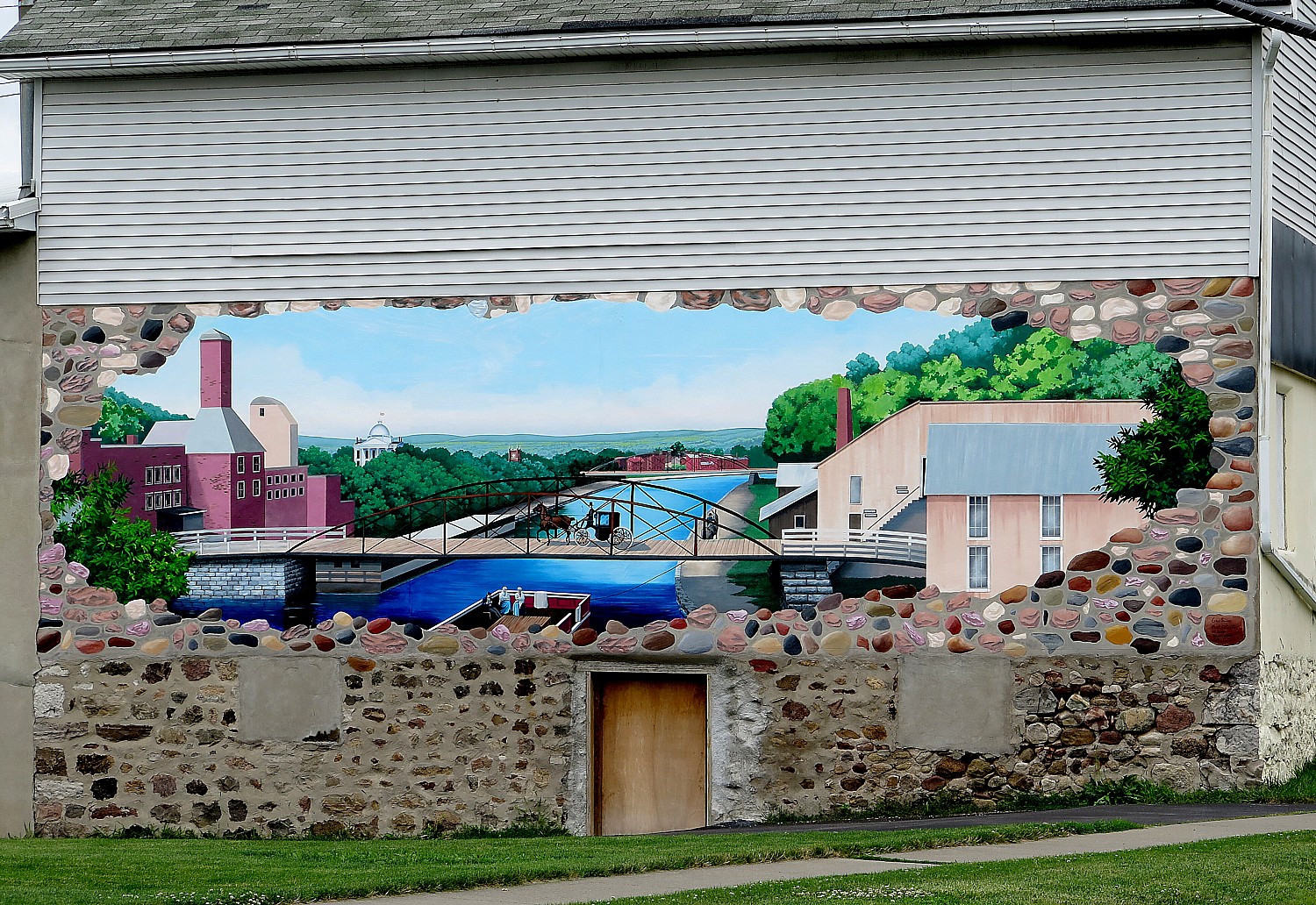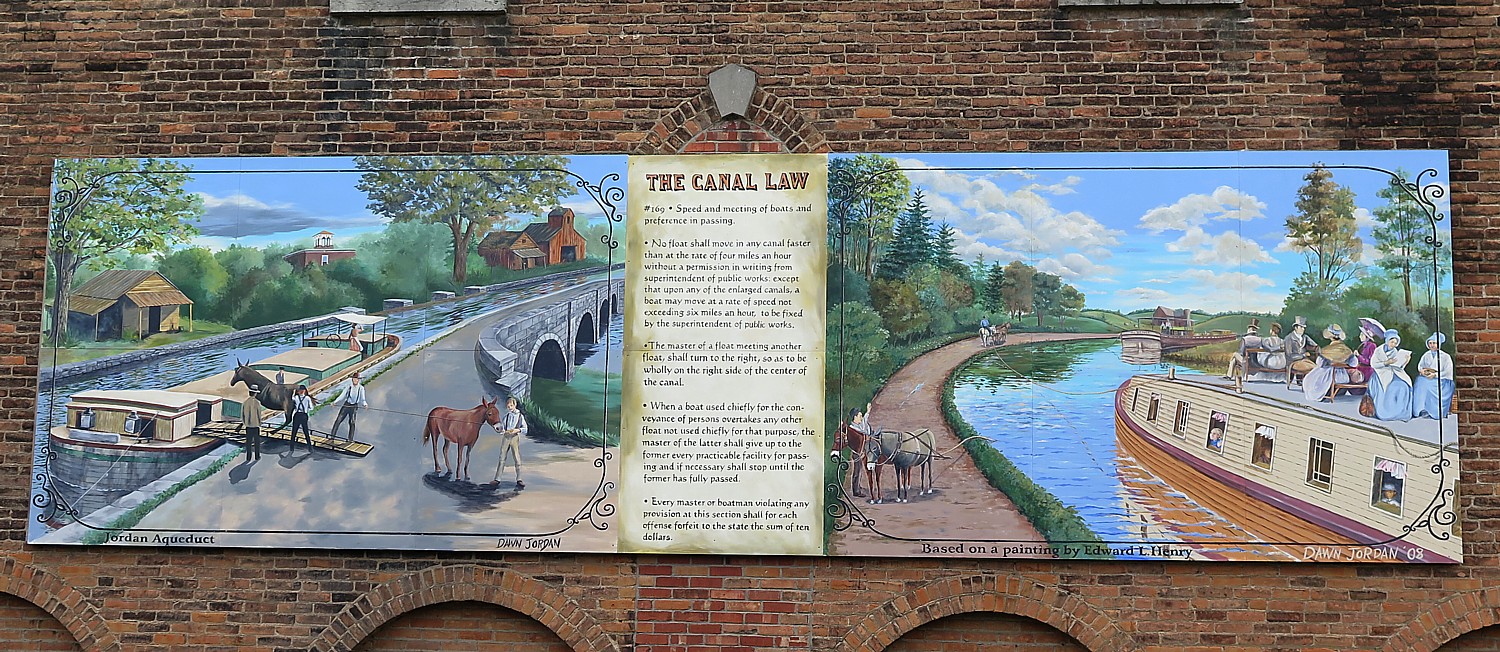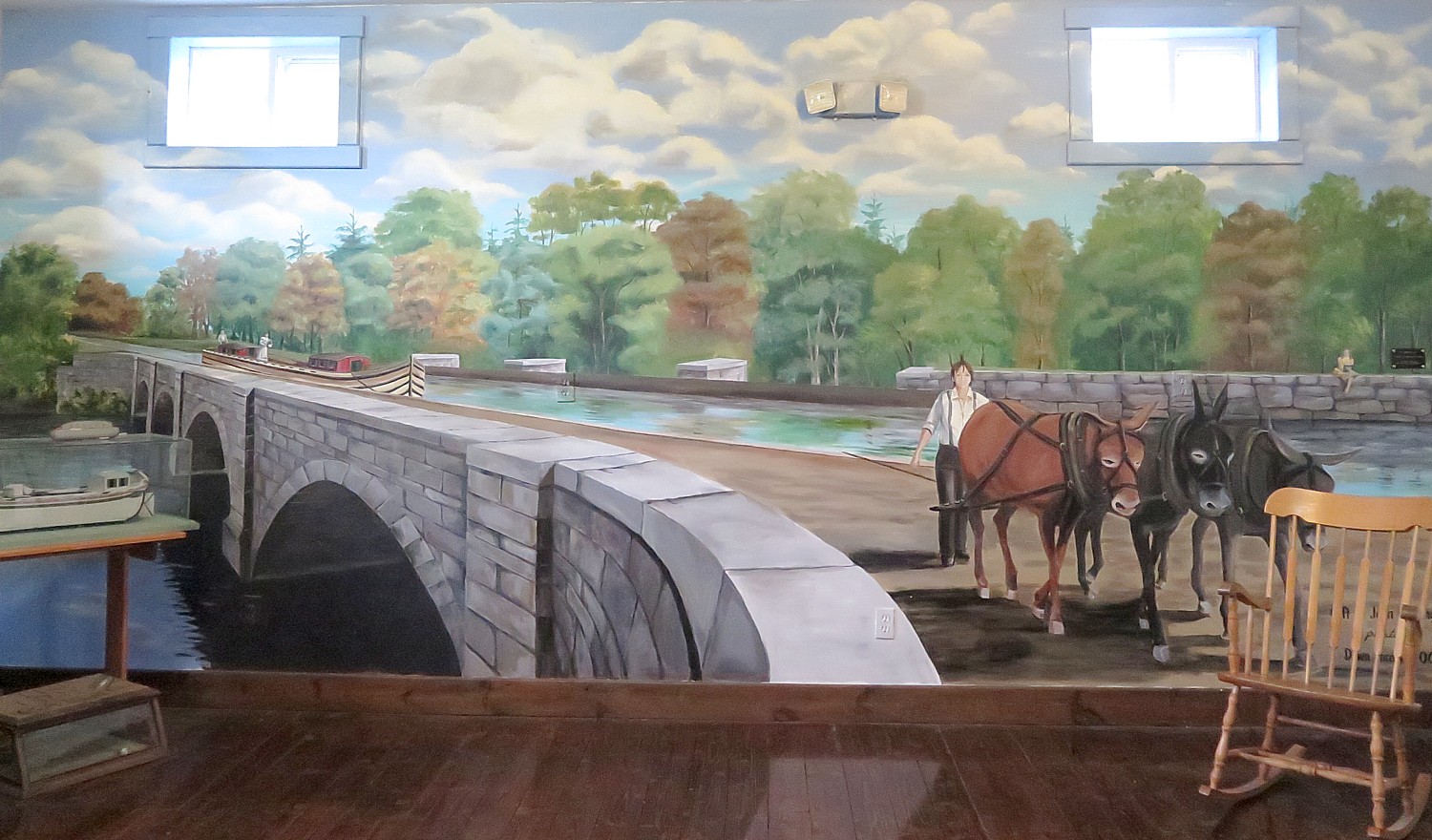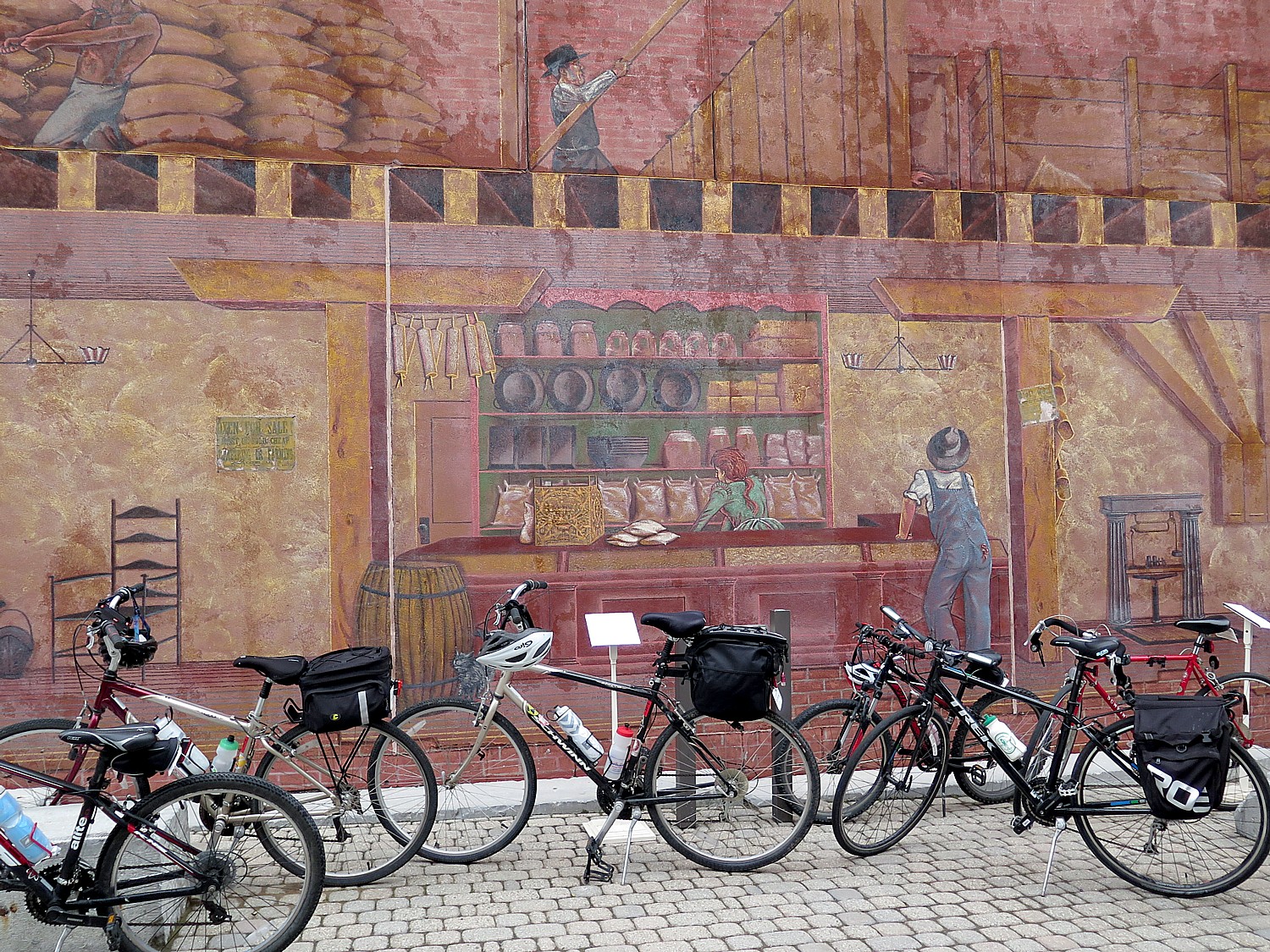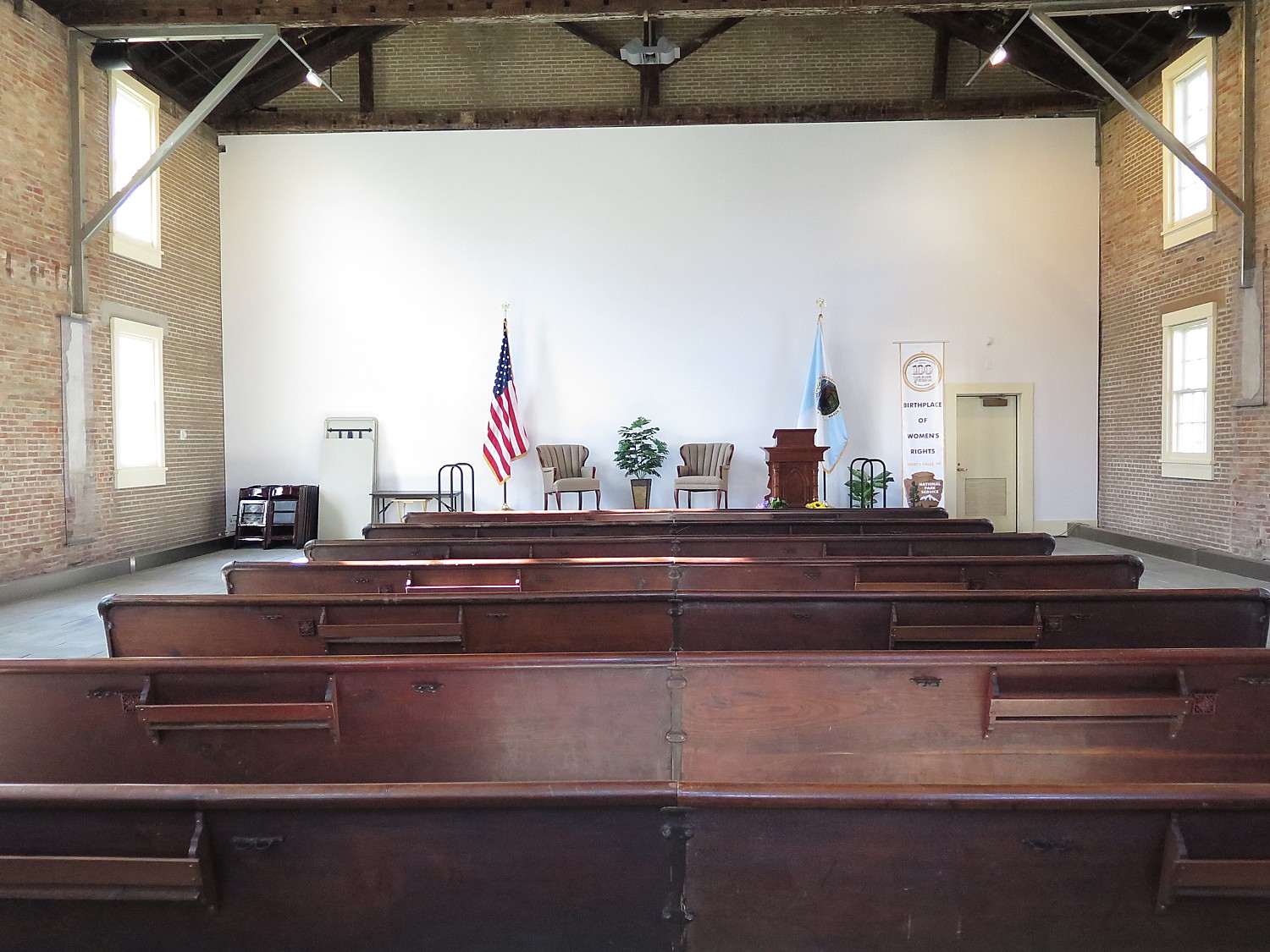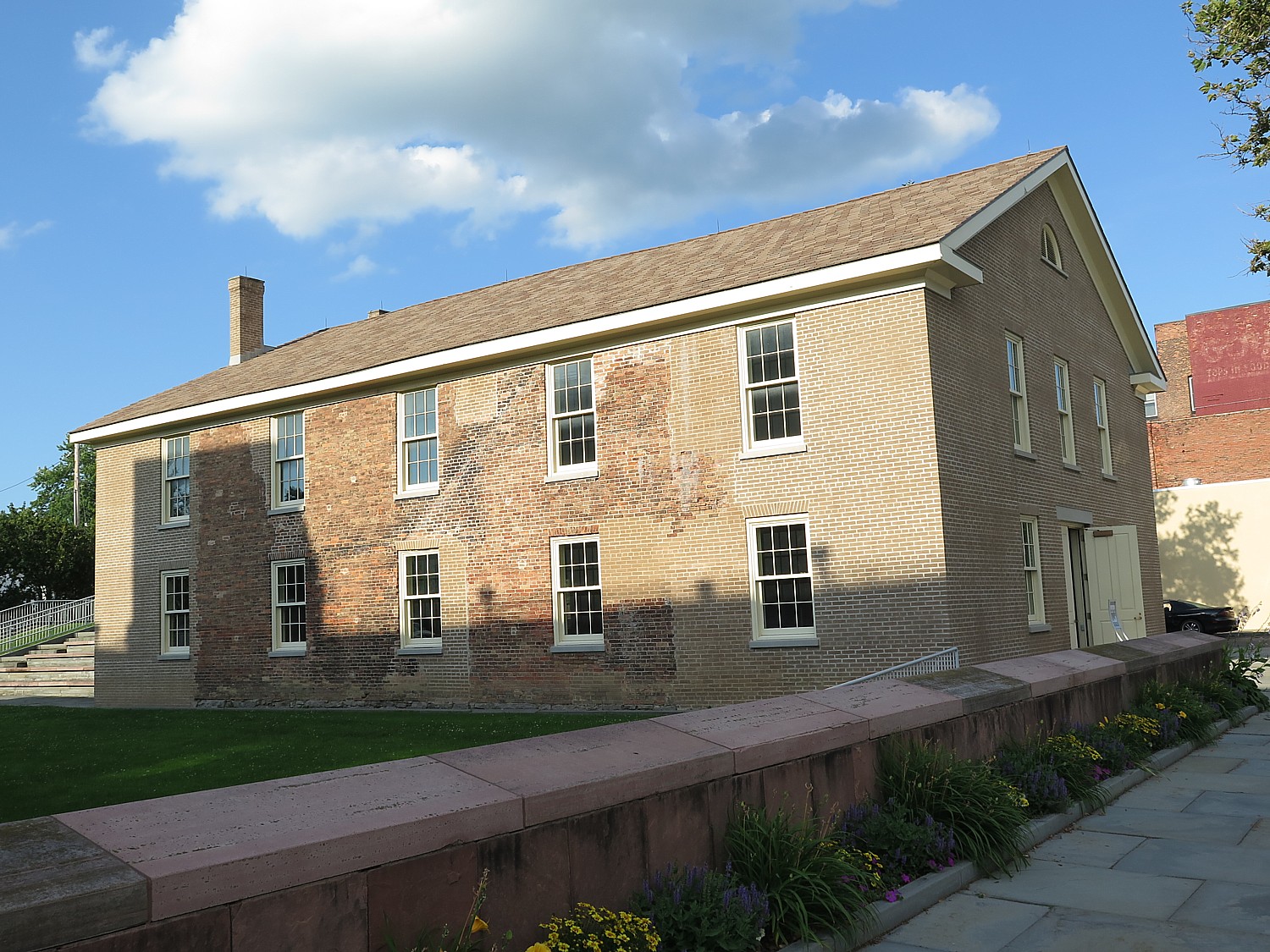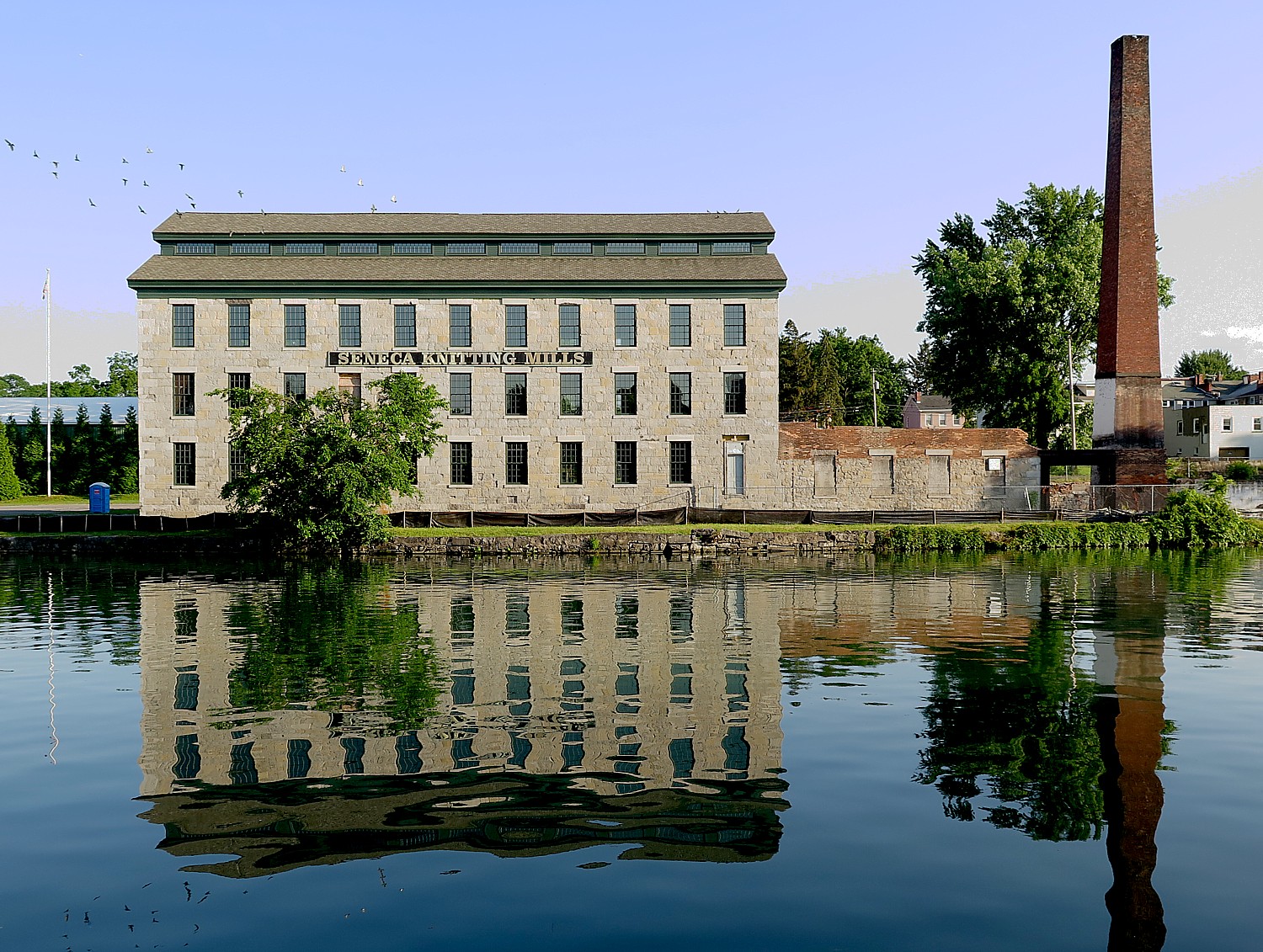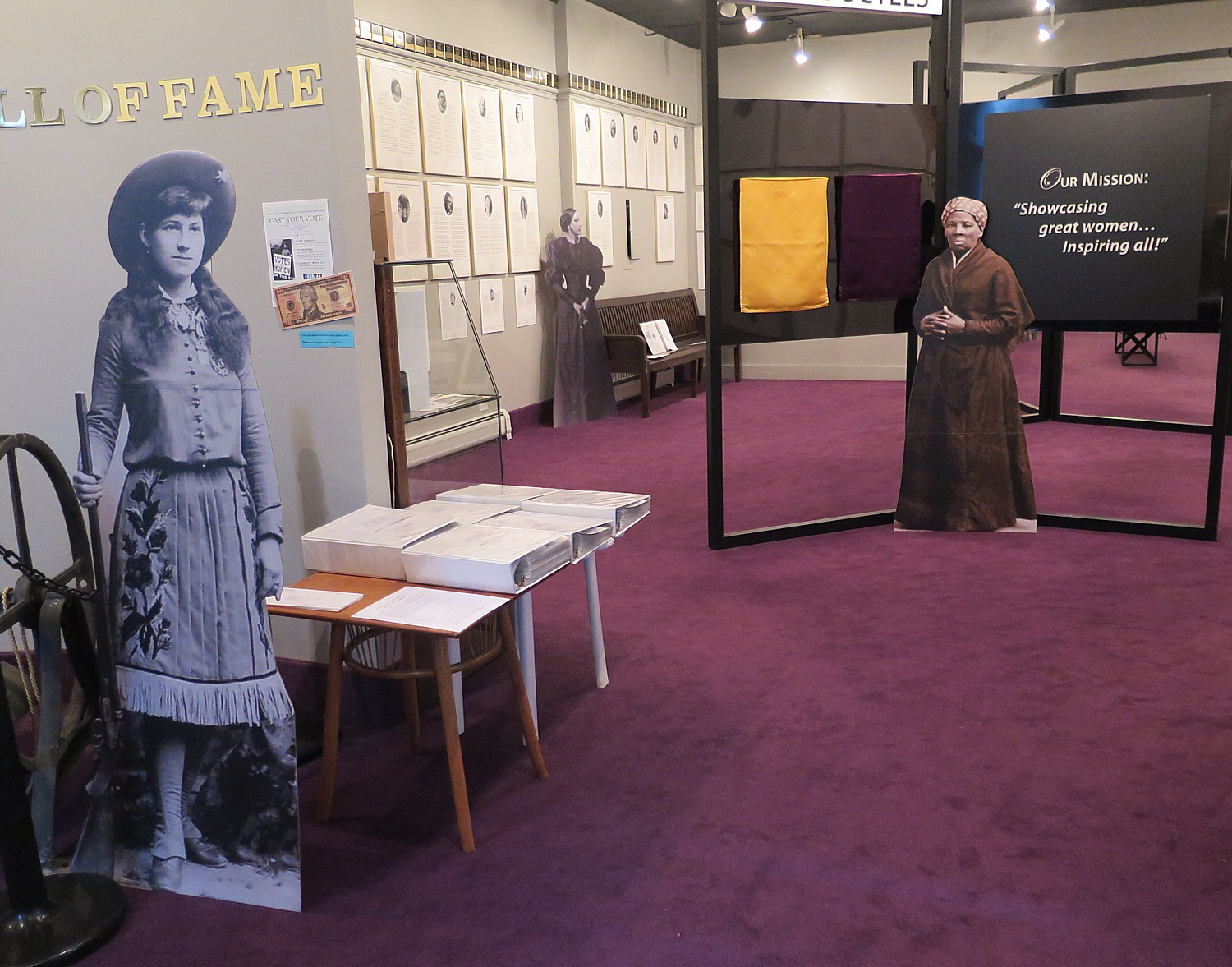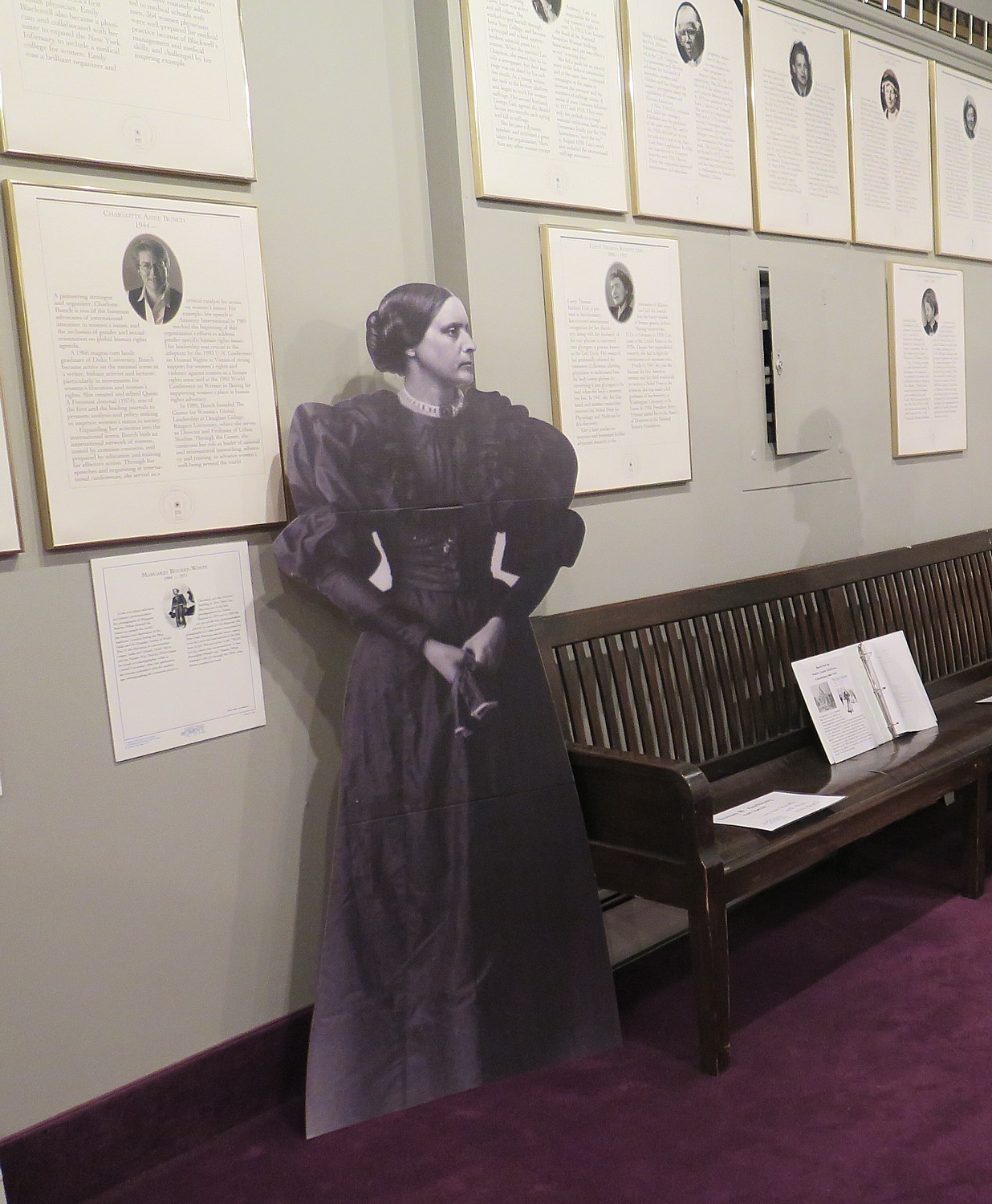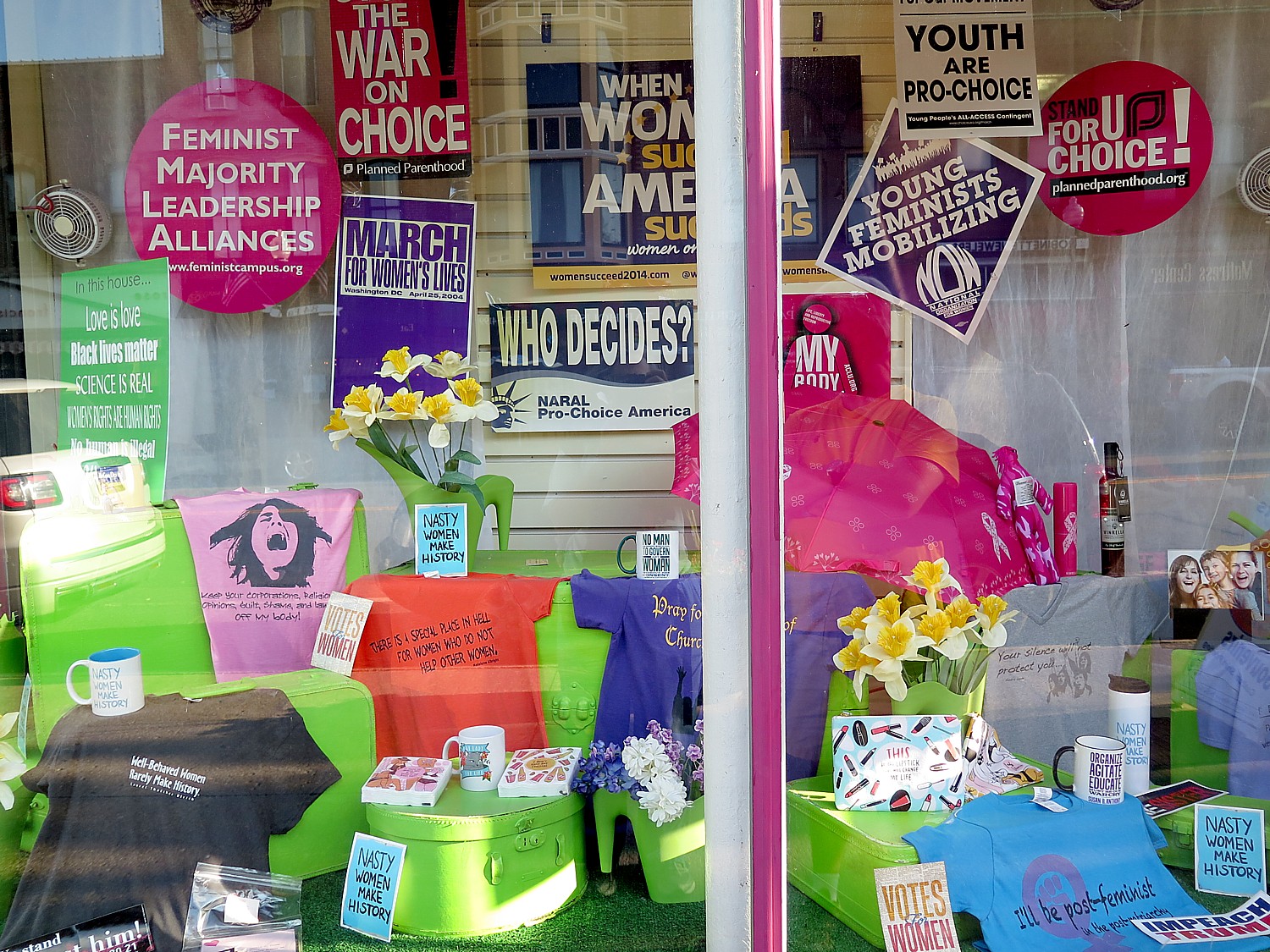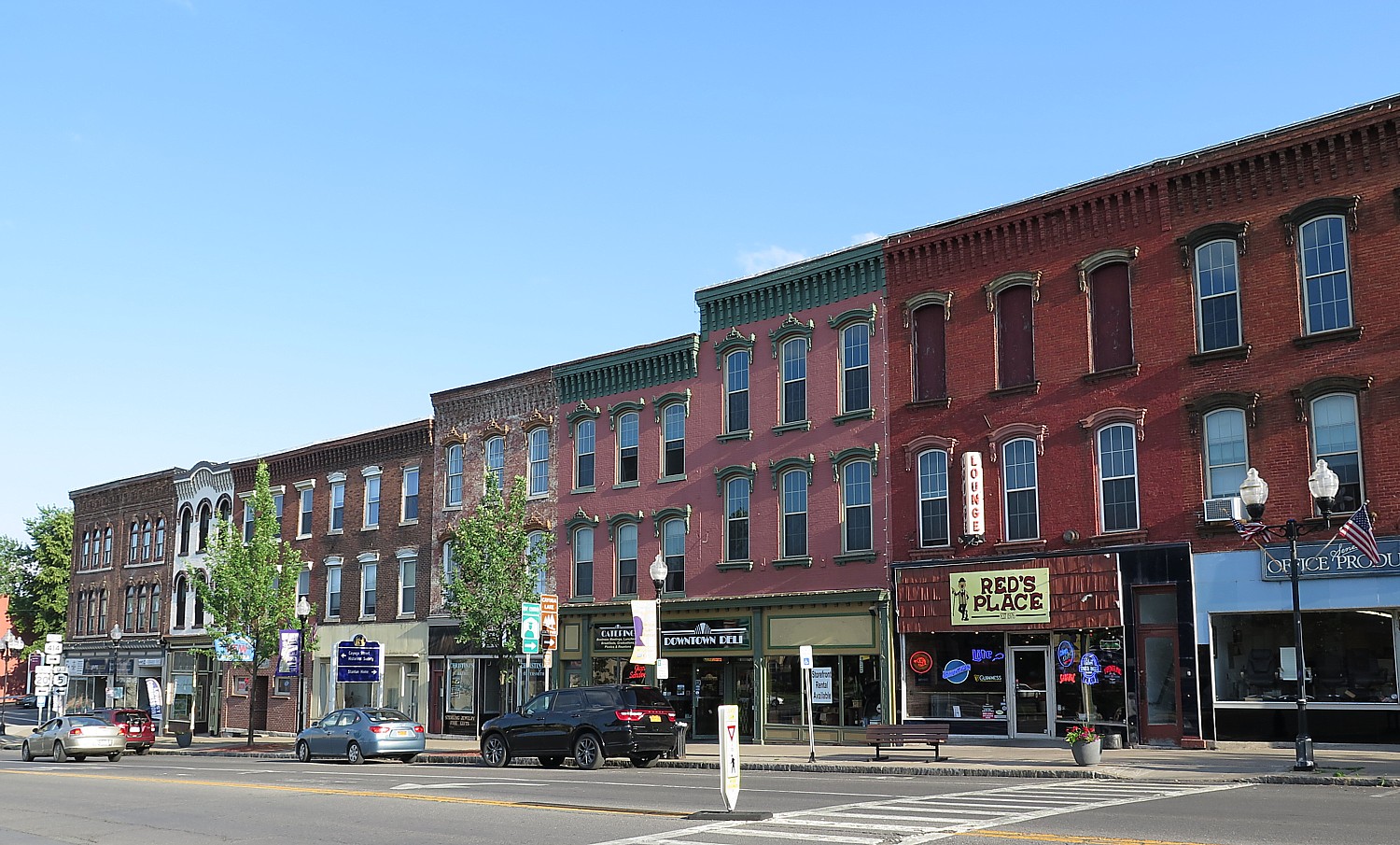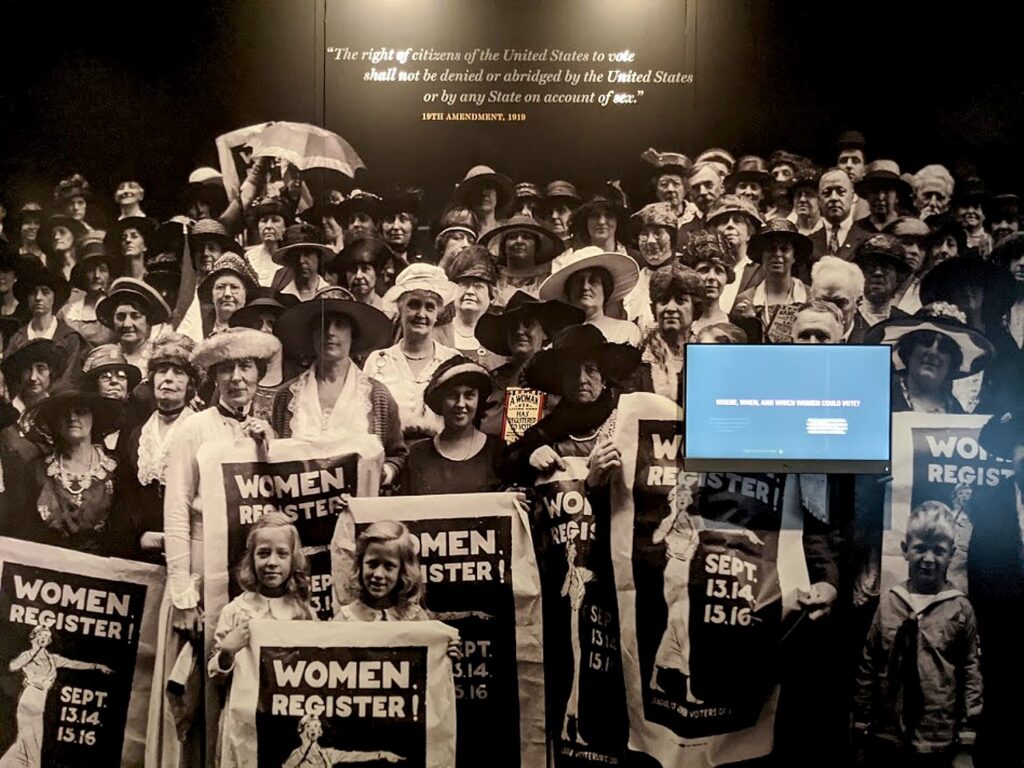
by Karen Rubin, Travel Features Syndicate, goingplacesfarandnear.com
The 2017 Women’s March may have been the largest single protest in history, but women have been marching literally and virtually for 200 years. And for 200 years, the march, the campaign for women’s rights has been shorthand for voting, education, health care, equal pay, workers rights, civil rights, environmental justice, gun safety. Yes, there was that period when temperance was a priority, as well. But it has only been in the 1970s, that Feminism – the fight for women’s equality – took hold, and with it, the fight for the essential right: reproductive freedom.
The new exhibit at the New-York Historical Society simply called “Women March” (part of The Women’s Suffrage NYC Centennial Consortium, www.WomensSuffrageNYC.org) traces this long arc which has not always moved toward justice or equality. Indeed, progress, on just about every front, has been in brief spurts of enlightenment. In reality, that long arc is more zig-zags and a maze with brick walls to block progress.
From the beginning, women directed their activism to abolition of slavery, labor rights, working conditions and pay equity, civil rights, health, education, property rights, custody, rights for Native Americans – issues regarded as “moral imperative.”
“Women seized on the notion that women had a moral power, beyond home, a moral imperative to effect public policy,” said Jeanne Gardner Gutierrez, curatorial scholar in women’s history at the New-York Historical Society.
Without the right to vote, they took advantage of the Constitution’s right to petition Congress – until Congress said they would ignore any anti-slavery petition.
“It was infuriating. The one right available to women, guaranteed by Constitution, swept away. They realized that moral suasion has limits.”
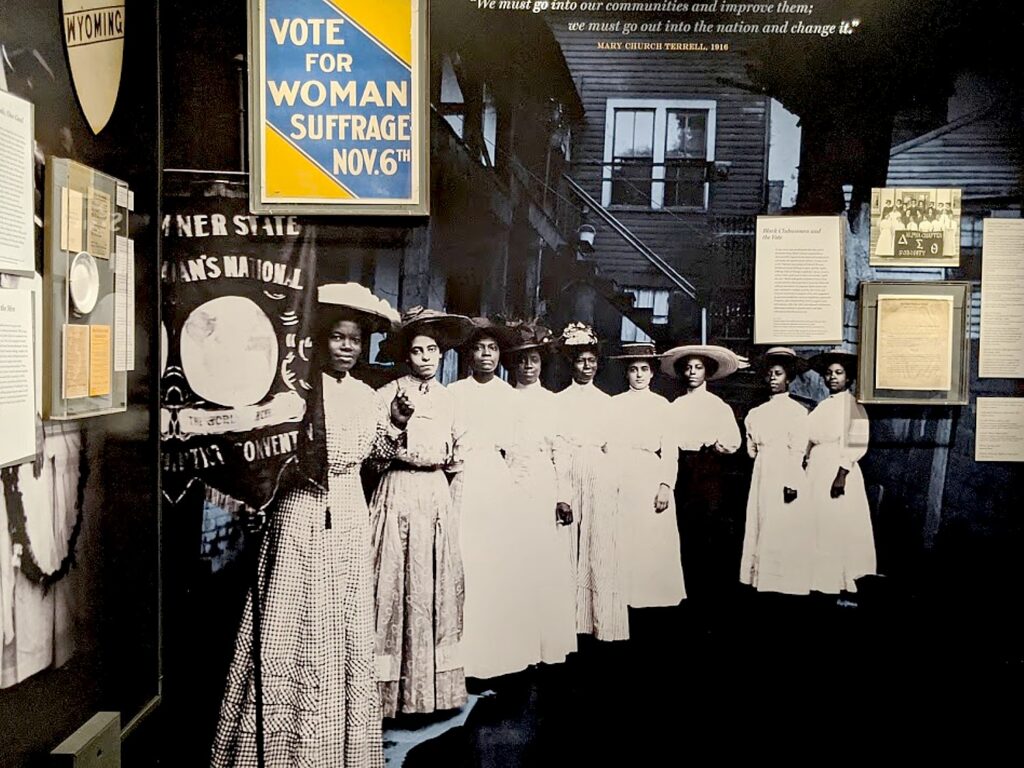
Voting rights was not at the core of the women’s activism, which was hardly a movement then. Even at the 1848 Seneca Falls Convention, the women leaders – mainly Quaker women who already had a measure of equality within their religious society – had to be persuaded (by Frederick Douglass) to include the right to vote among their demands, enunciated in the Declaration of Sentiments, that mimicked the Declaration of Independence. Their demands centered on equal pay and rights to own property and have control of one’s own earnings, a growing issue for women who were being employed in factories and for the first time earning their own wage. Many women did not sign on. It may surprise many to learn (as I did when visiting the Roosevelt historic site at Hyde Park) that Eleanor Roosevelt was not an early supporter of suffrage.
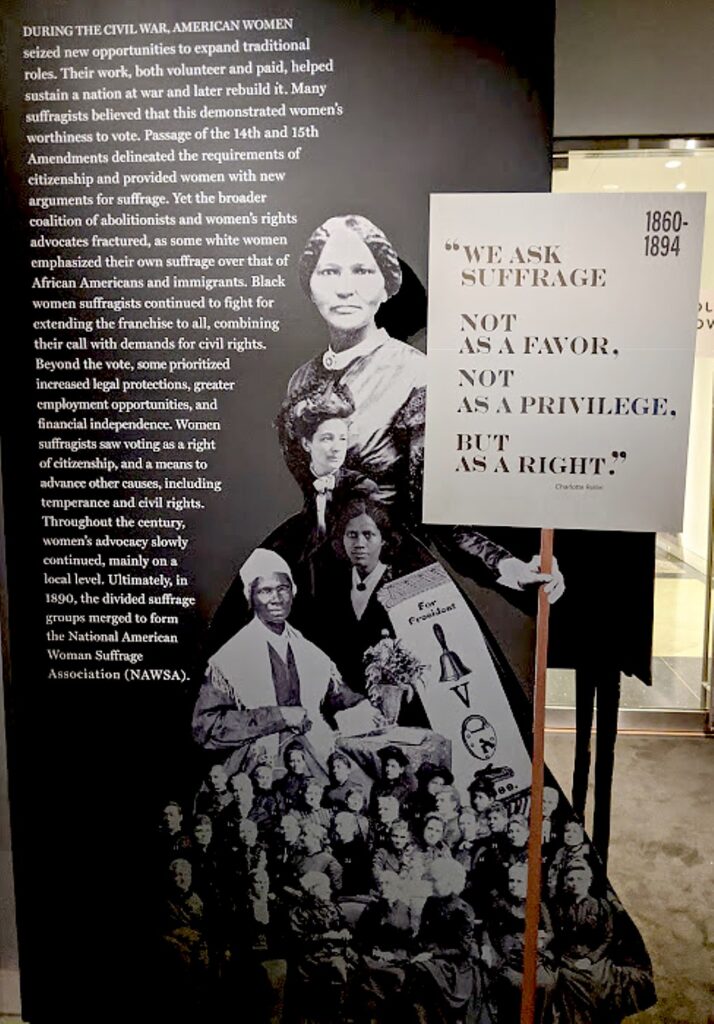
During the Civil War – as in the Revolutionary War and later World War II – women took on roles that had been reserved for men: they managed their farms and businesses while husbands and fathers were off fighting, they were nurses, and organized fundraisers showing they could manage large financial projects (Sanitary Fair raised $1 million for union, the treasurer was a woman).
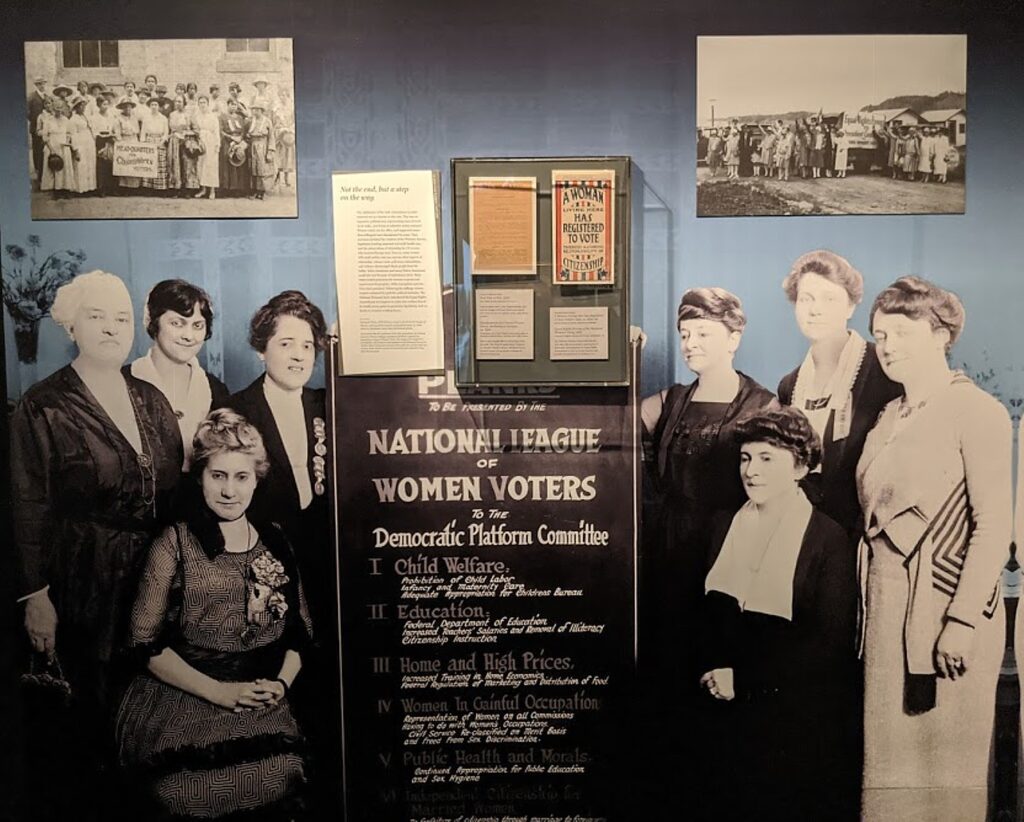
After the Civil War, there was a great debate over whether women should seek the vote, whether under the 15th amendment which said that men could not be denied the right to vote simply based on their race, voting should be a right of citizenship. Women were considered citizens, but the Supreme Court found that citizenship did not automatically bestow voting rights.
But a section of the exhibit labeled “Go West Young Woman” notes that in the Western territories, women did have right to vote (and apparently, women had the right to vote briefly in New Jersey, from 1776 to 1807 when the vote was restricted to white men. (See: On the Trail of America’s First Women to Vote)
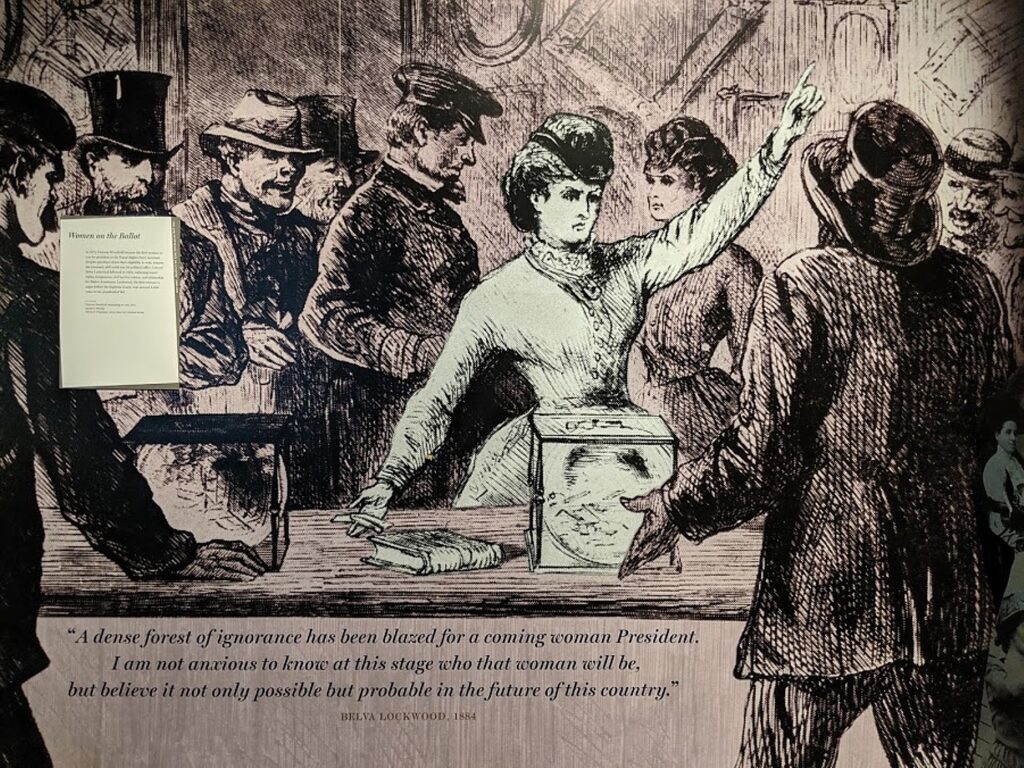
But those who think that Hillary Rodham Clinton was the first woman to run for president (she was the first to run as a major party candidate) might be surprised to learn that even before women won the right to vote, Victoria Woodhull was the first woman to run for president as the Equal Rights Party candidate in 1871. “Despite questions about eligibility to vote, women, she reasoned, still could run for political office,” the notes read. Lawyer Belva Lockwood, the first woman to argue before the Supreme Court, followed in 1884 and 1888 on the National Equal Rights Party ticket and was the first woman to appear on official ballots, endorsing equal rights, temperance, civil service reform and citizenship for Native Americans; she won some 4,000 votes.
But at a certain turning point, the women’s movement realized that moral suasion wasn’t going to effect real change; the key to getting any of the changes and rights they wanted was the right to vote.
They used the latest techniques and technology to build support. Film was new in 1915, and a newsreel agency, Universal Animated Weekly, captured a 1915 strike for workers rights (we get to see the film on a screen almost life-sized). The films were distributed and shown in nickelodeons (small movie houses), and were an inexpensive way to reach working-class people.
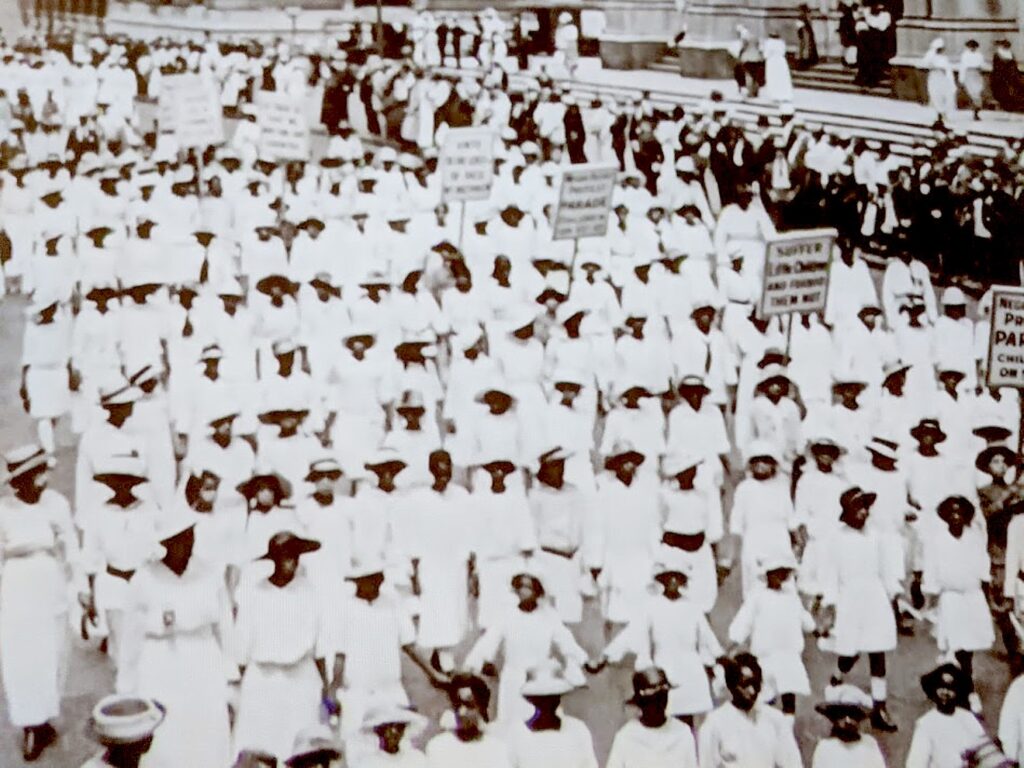
It’s only in the 1960s-1970s, it seems, that women’s rights became equated with reproductive rights, or more precisely, abortion, and coming almost simultaneously with The Pill and sexual freedom that broke down gender barriers. The threat to male domination became much starker – uprooting the concept of women in the home, being consumers of appliances and cosmetics, caring for children while men held the economic reins. Women could be fired for becoming pregnant, could be paid a fraction of the same wage, and relegated into specific jobs. Check out the classified job listing in the 1970s, and you will see “male” and “female” listings.
Feminism really only comes to play in the 1980s, when the right to control one’s own body, make one’s own choices, have the same right as men to self-determination, takes hold. The outrage at women as property, chattel, of objectification comes into focus.
Here you see a display with the first issue of Ms. Magazine, an organizing force which reinforced women’s yearning for equal status.
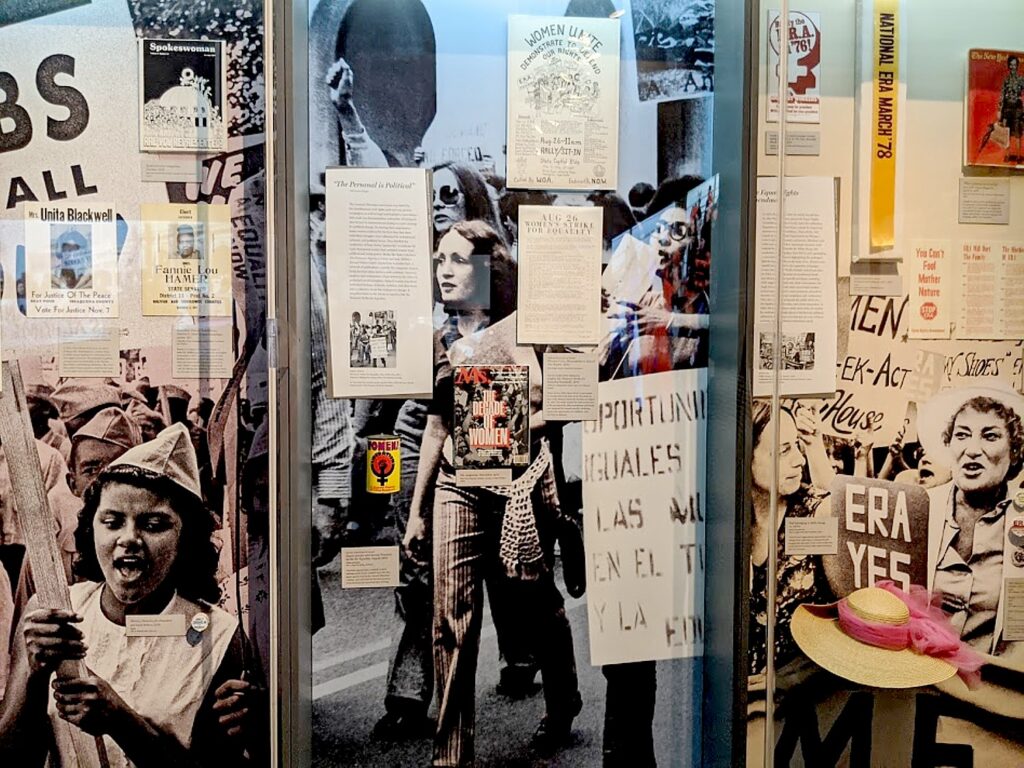
Whereas in the earliest stages of activism, women’s issues were those that were considered the “moral imperative” – abolition, workers rights – now it boiled down to self, individual rights, but exploded back up again: women’s rights are human rights.
But for others, feminism boiled down to one word: abortion.
Ms. Magazine publishes an amazing call to sign on to “a campaign for honesty and freedom” along with a long list of 53 famous women who declared, “We have had abortions” On the list: Gloria Steinem, Nora Ephron, Judy Collins, Susan Sontag, Lillian Hellman, Lee Grant, Gael Greene, Billie Jean King.
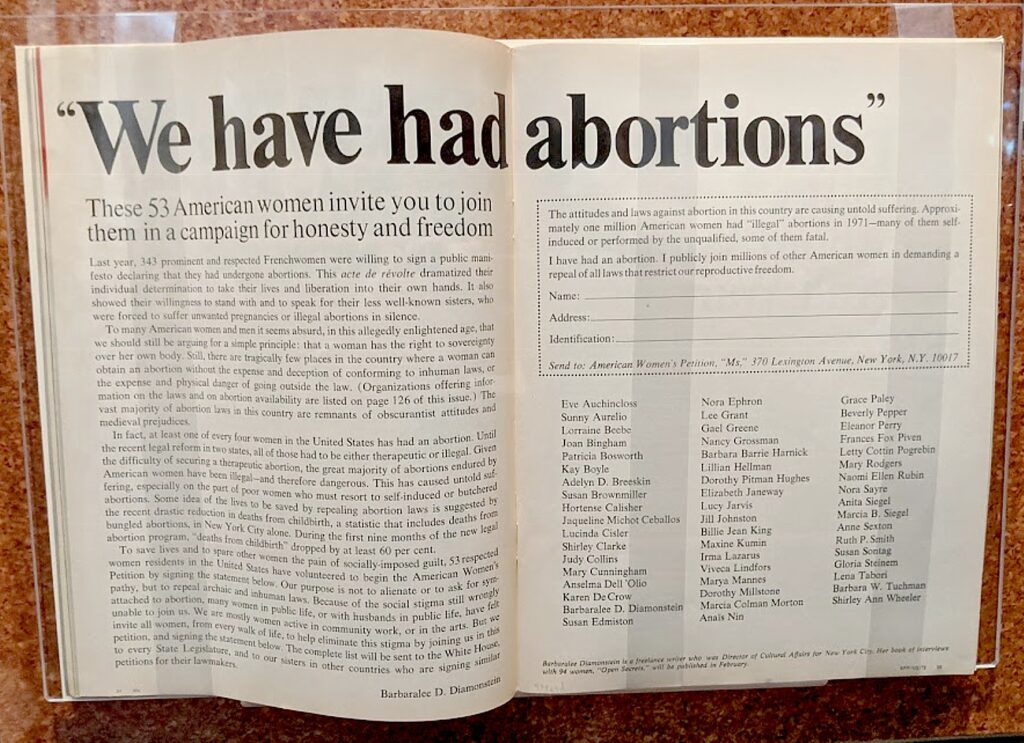
The exhibit follows to the 2017 Women’s March, with some of the posters.
And just to emphasize the importance of Women’s Suffrage, just outside the exit door is a computer where you can check on your voter registration.
For as long as there has been a United States, women have organized to shape the nation’s politics and secure their rights as citizens. Their collective action has taken many forms, from abolitionist petitions to industry-wide garment strikes to massive marches for an Equal Rights Amendment. Women March celebrates the centennial of the 19th Amendment—which granted women the right to vote in 1920—as it explores the efforts of a diverse array of women to expand American democracy in the centuries before and after the suffrage victory.
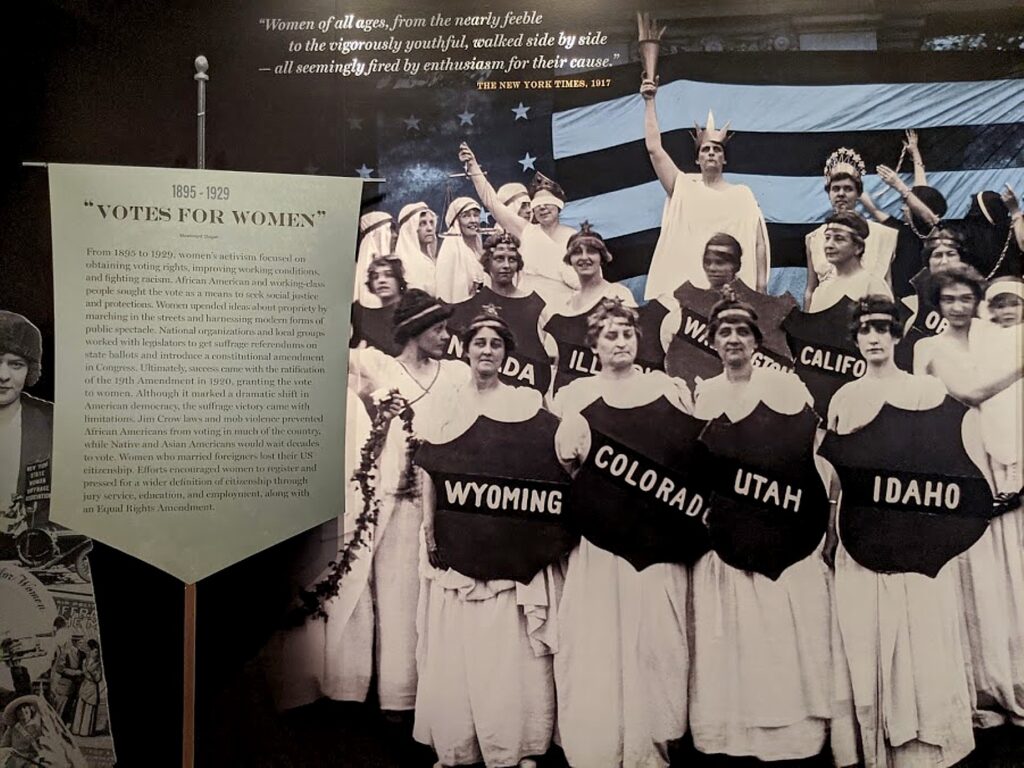
On view in the Joyce B. Cowin Women’s History Gallery, Women March is curated by Valerie Paley, the director of the Center for Women’s History and New-York Historical senior vice president and chief historian, with the Center for Women’s History curatorial team. The immersive exhibition features imagery and video footage of women’s collective action over time, drawing visitors into a visceral engagement with the struggles that have endured into the 21st century.
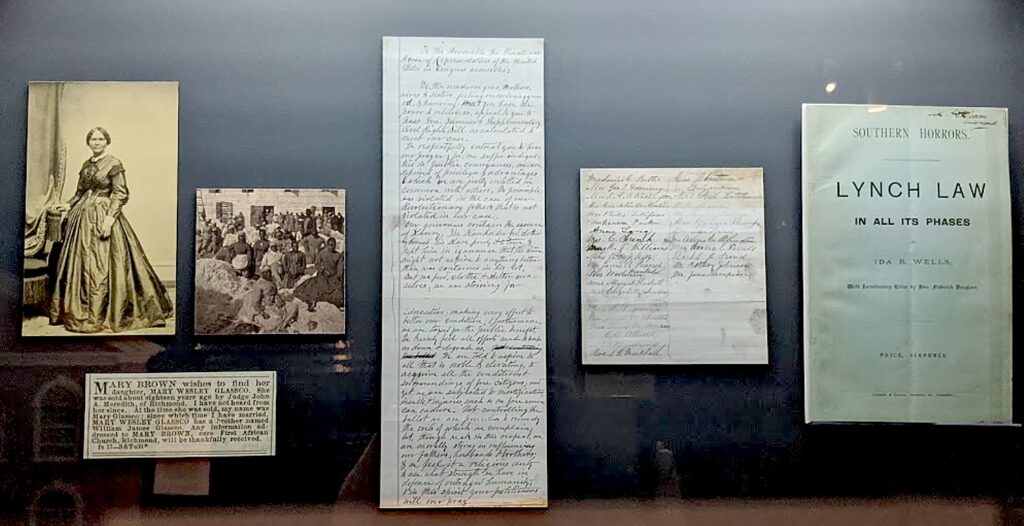
The exhibition begins with the many ways women asserted political influence long before they even demanded the vote. Objects and images demonstrate how they risked criticism for speaking against slavery, signed petitions against Indian Removal, raised millions to support the Civil War, and protested reduced wages and longer days. A riveting recreation of an 1866 speech by African American suffragist and activist Frances Harper demonstrates the powerful debates at women’s rights conventions. Absence of the vote hardly prevented women from running for political office: one engaging item on display is a campaign ribbon for Belva Lockwood, the first woman to argue before the Supreme Court, who won around 4,000 votes in her own presidential bid.
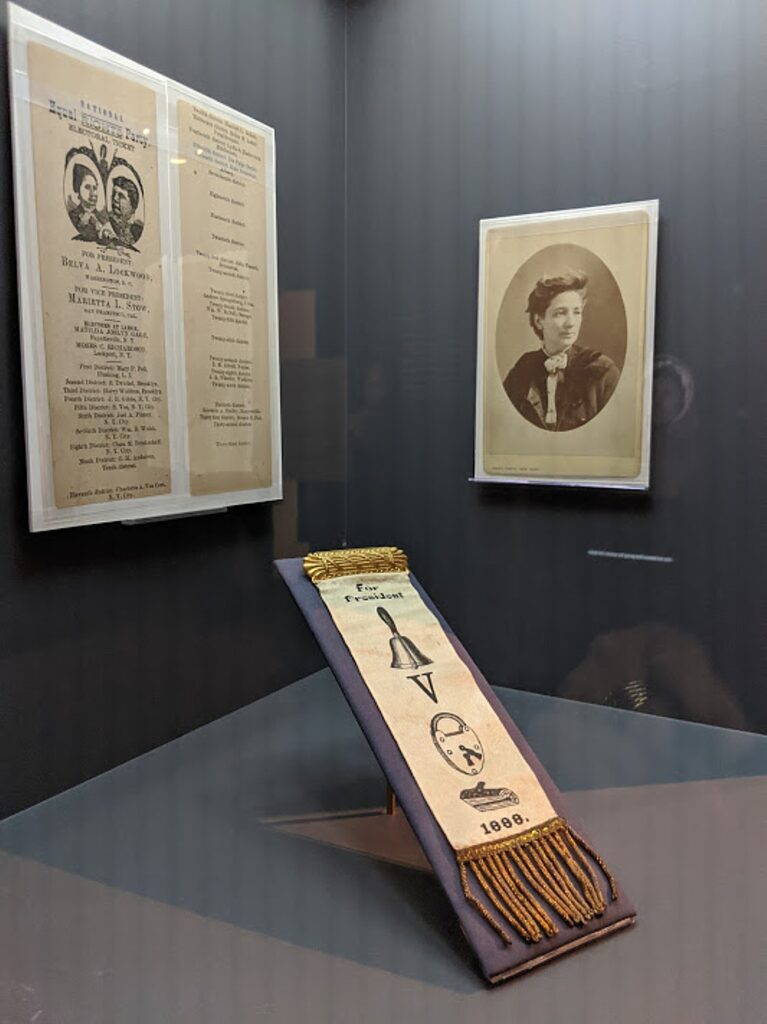
Multiple perspectives on the vote, including African American and working-class activism, are explored, upending popular assumptions that suffragists were a homogenous group. The 19th Amendment is hailed as a crucial step forward, but recognized as an incomplete victory. One photograph shows an African American women’s voter group in Georgia circa 1920, formed despite wide disenfranchisement, and another shows women of the League of Women Voters who sought to make suffragists’ goals real with legislation that addressed issues such as public health and child welfare. A digital interactive monitor invites visitors to explore the nuances of voting laws concerning women across the entire United States.
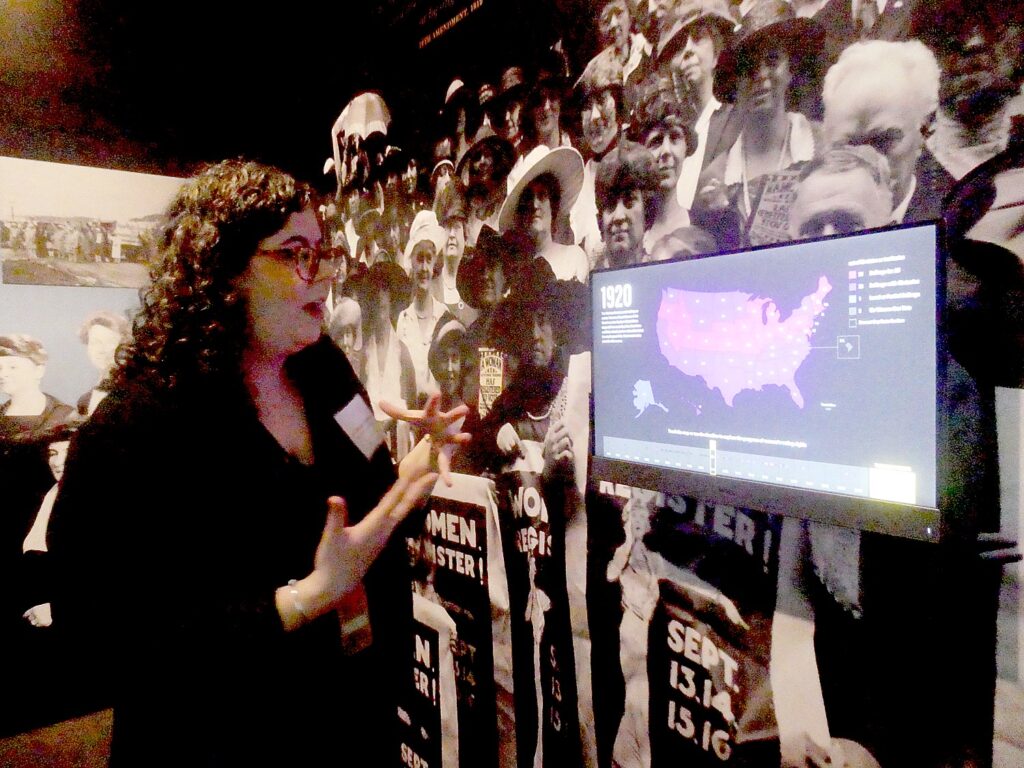
Offering an examination of women’s activism in the century after the Amendment, the exhibition concludes by showing how women engaged with issues such as safe workplaces, civil rights, reproductive justice, and freedom from violence. Photographs and video footage of women building warships, boycotting segregation, urging voters to register, and marching for the Equal Rights Amendment convey the urgency of their desire for full citizenship. The dynamism of women’s collective action continues to the present day with handmade signs from the 2017 Women’s Marches and footage of a variety of marches and speeches on topics ranging from reproductive justice to indigenous peoples’ rights to climate change. Visitors can also learn about many individuals who have been instrumental in women’s activism over the past 200 years in an interactive display compiled by New-York Historical’s Teen Leaders program. Meanwhile, young visitors can explore the exhibition with a special family guide.
Women March, on view through August 30, 2020, is one of four major special exhibitions mounted by the New-York Historical Society that address the cornerstones of citizenship and American democracy.
Meet the Presidents which opened on President’s Weekend, is where you can discover how the role of the president has evolved since George Washington with a re-creation of the White House Oval Office, decorated “thread by thread” exactly as it was during Ronald Reagan’s tenure, and a new gallery devoted to the powers of the presidency.
Colonists, Citizens, Constitutions: Creating the American Republic explores the important roles state constitutions have played in the history of our country.
The People Count: The Census in the Making of America documents the critical role played by the U.S. Census in the 19th century—just in time for the 2020 Census.
To encourage first-time voters to learn about our nation’s history and civic as they get ready to vote in the presidential election, New-York Historical Society offers free admission to the exhibitions above to college students with ID through 2020, an initiative supported, in part, by History®. This special program allows college students to access New-York Historical’s roster of upcoming exhibitions that explore the pillars of American democracy as they prepare to vote, most of them for the first time.
“The year 2020 is a momentous time for both the past and future of American politics, as the centennial of the 19th Amendment, which granted women the right to vote, coincides with both a presidential election and a census year,” said Dr. Louise Mirrer, president and CEO of New-York Historical. “This suite of complementary exhibitions showcases the ideas and infrastructure behind our American institutions that establish and protect our fundamental rights to make our voices heard and opinions count. We hope that all visitors will come away with a wider understanding of the important role each citizen plays in our democracy.”
The New-York Historical Society is located at 170 Central Park West at Richard Gilder Way (77th Street), New York, NY 10024, 212-873-3400, nyhistory.org.
The Women’s Suffrage NYC Centennial Consortium
One hundred years ago, women earned the right to vote with the ratification of the 19th amendment. To honor their fight and commemorate this moment in history, a collective of New York City cultural organizations has formed the Women’s Suffrage NYC Centennial Consortium.
The Women’s Suffrage NYC Centennial Consortium is a collaboration of cultural organizations citywide that foregrounds exhibitions and programs that, together, offer a multi-dimensional picture of the history of women’s suffrage and its lasting, ongoing impact. The consortium has launched www.WomensSuffrageNYC.org to highlight the activities being presented across New York City throughout 2020.
Founding members are the New-York Historical Society, the Staten Island Museum, the New York Philharmonic, The New York Public Library, Brooklyn Historical Society, the Museum of the City of New York, the Schomburg Center for Research in Black Culture, the Brooklyn Museum, Park Avenue Armory, and Snug Harbor Cultural Center and Botanical Garden.

Announced programming includes the exhibition Women March at the New-York Historical Society, which explores the efforts of a wide range of women to expand American democracy in the centuries before and after the suffrage victory (February 28 – August 30); Women of the Nation Arise! Staten Islanders in the Fight for Women’s Right to Vote at the Staten Island Museum, which presents the remarkable stories of local suffragists acting on the grassroots level to create the momentum necessary for regional and national change and the bold tactics they employed to win the vote (March 7 – December 30); the New York Philharmonic’s Project 19—a multi-season initiative to commission and premiere 19 new works by 19 women composers, the largest women-only commissioning initiative in history, which launched earlier this month and continues in the spring (May – June) and beyond; and 100 Years | 100 Women a partnership of Park Avenue Armory with National Black Theatre and nine other cultural institutions in New York City to commission work exploring the complex legacy of the 19th Amendment 100 years after its ratification from 100 artists who identify as women or gender non-binary (showcase of commissions on May 16).
The consortium is committed to showcasing women’s contributions to the past, present, and future. Though many women were given access to the right to vote 100 years ago, the fight for equality continues. Their goal is to expand the conversation through meaningful cultural experiences that convey that all women should be seen, heard, and counted.
The Women’s Suffrage NYC Centennial Consortium is co-chaired by Janice Monger, president & CEO of the Staten Island Museum, and Valerie Paley, director of the Center for Women’s History and senior vice president and chief historian at the New-York Historical Society, to bring together a group of vital New York City cultural organizations with a shared vision to honor the Women’s Suffrage Centennial.
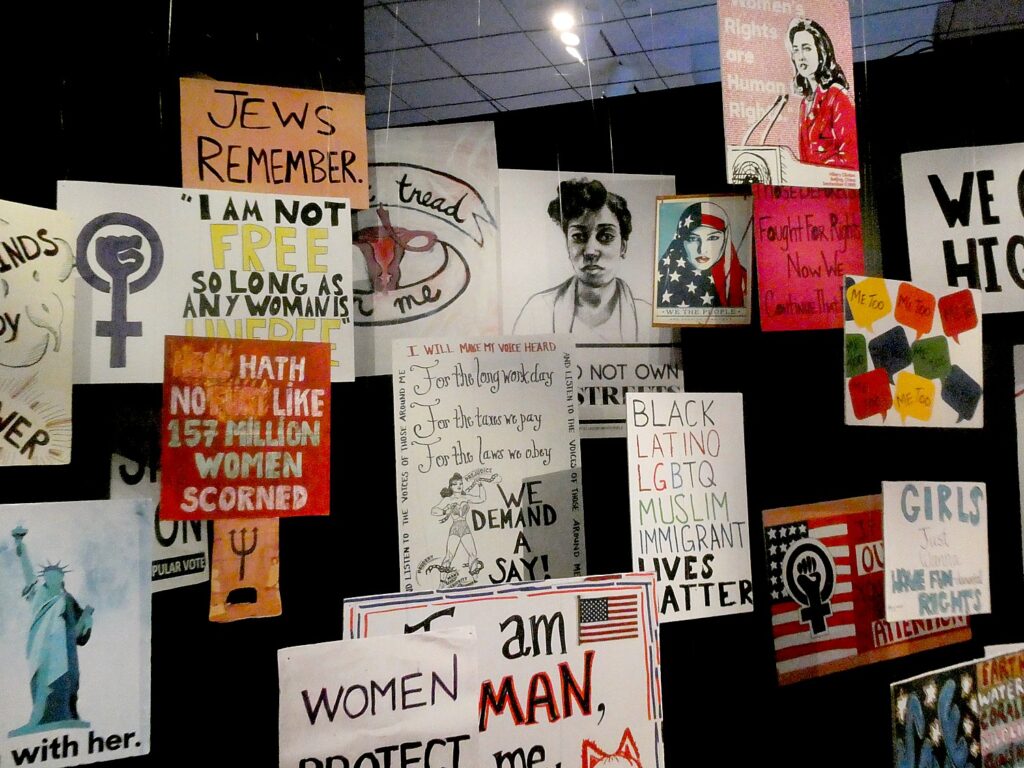
“We are so proud to bring together this collective of organizations and colleagues who share the vision that women’s stories are important and need to be told. All of these activities represent multi-faceted, nuanced cultural and historical insights into the early 20th century movement and equality in progress today,” said Janice Monger, consortium co-chair and Staten Island Museum president & CEO.

“In an effort that was many decades in the making, a century ago, women came together to fight for and win the right to vote. While that right was not fully and immediately extended to all women, their continued collective action galvanized movements to expand and give substantive meaning to American democracy after the suffrage victory,” said Valerie Paley, consortium co-chair and senior vice president and chief historian at the New-York Historical Society, where she directs the Center for Women’s History. “Through these cultural experiences across New York City, we hope New Yorkers and visitors alike will be inspired by the women who made history and the women who are making history now,” she added.
The Women’s Suffrage NYC Centennial Consortium will continue to grow as new programs and exhibitions are announced during the year.
For a full list of exhibitions, events, and programs, visit WomensSuffrageNYC.org.
Where Women Made History
Meanwhile, the National Trust for Historic Preservation is compiling a catalog of 1000 sites associated with women of accomplishment and is more than halfway to the goal of identifying places Where Women Made History and is inviting people to submit entries (go to the site to submit a photo and short description).
“This year the United States commemorates the 100th anniversary of women gaining the right to vote, providing an important opportunity to celebrate the place of women in American history. While history, of course, is complicated, and voting rights for many women continued to be denied because of discriminatory practices, we at the National Trust want to tell the full history—to uncover and uplift women across the centuries whose vision, passion, and determination have shaped the country we are today. Our goal: discover 1,000 places connected to women’s history, and elevate their stories for everyone to learn and celebrate.
“But to do this, we need your help. What places have you encountered where women made history? They can be famous or unknown, protected or threatened, existing or lost. No matter their condition or status, these places matter, and we encourage you to share them with the world.
“Have a place you’d like to share? Submit a photo and a short description.”
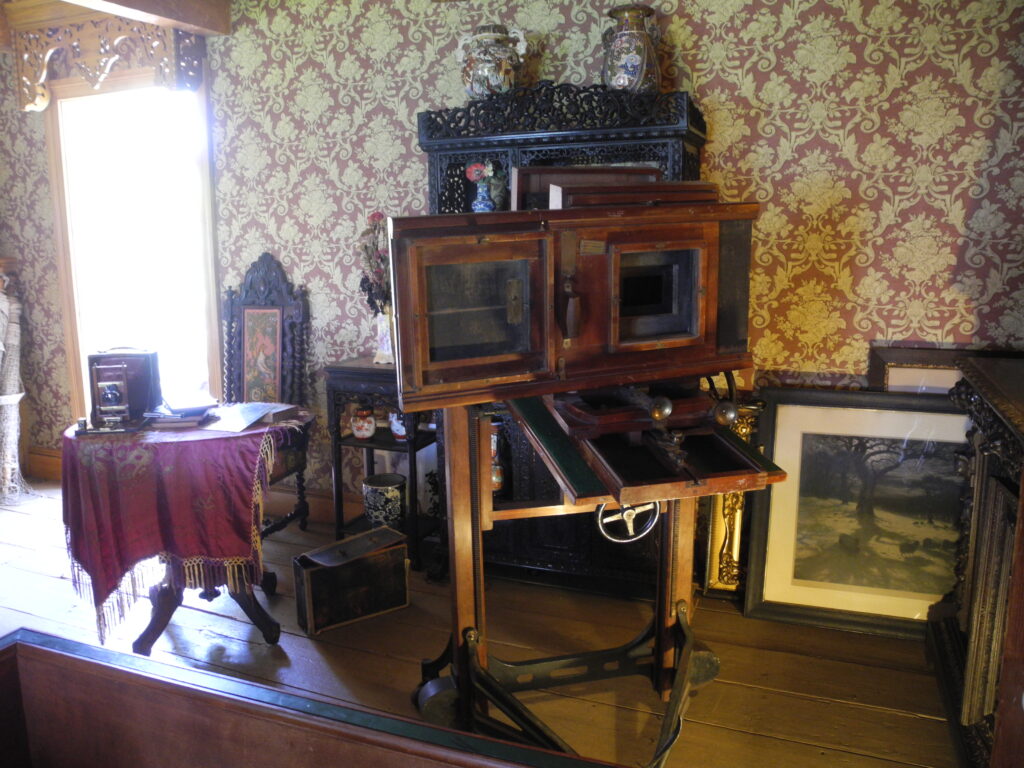
Just checking the listings in New York State, I see already listed is Grange Hall, Waterloo, NY, associated with Belva Ann Lockwood; Harriet Tubman House and Gravesite, Auburn, NY; the former Triangle Shirtwaist Factory, New York City, “Little Nellie,” Newspaper Editress, Penfield, NY; Alice Austen House, Staten Island; and Matilda Joslyn Gage Center for Social Justice Dialogue, Fayetteville, NY.
See: https://savingplaces.org/where-women-made-history.
_________________________
© 2020 Travel Features Syndicate, a division of Workstyles, Inc. All rights reserved. Visit goingplacesfarandnear.com, www.huffingtonpost.com/author/karen-rubin, and travelwritersmagazine.com/TravelFeaturesSyndicate/. Blogging at goingplacesnearandfar.wordpress.com and moralcompasstravel.info. Send comments or questions to FamTravLtr@aol.com. Tweet @TravelFeatures. ‘Like’ us at facebook.com/NewsPhotoFeatures
